September 13-19, 2018
Astoria is located at the mouth of the 1200 mile Columbia River and has played important roles through history. It was a meeting place for indigenous peoples long before the arrival of American pioneers. In 1792 Captain Robert Grey sailed into “the Great River of the West” and named it for his ship the “Columbia Rediviva”. In 1805 Lewis and Clark met their exploration goal when they reached the Pacific Ocean. They spent a wet winter at nearby Fort Clatsop before returning east. In 1811 John Jacob Astor’s trading post, Fort Astoria, helped open the Oregon country. Astoria became the first permanent US settlement west of the Rockies. By the 1800s fishermen and packers had put the town on the map as the “Salmon Canning Capital of the World”.
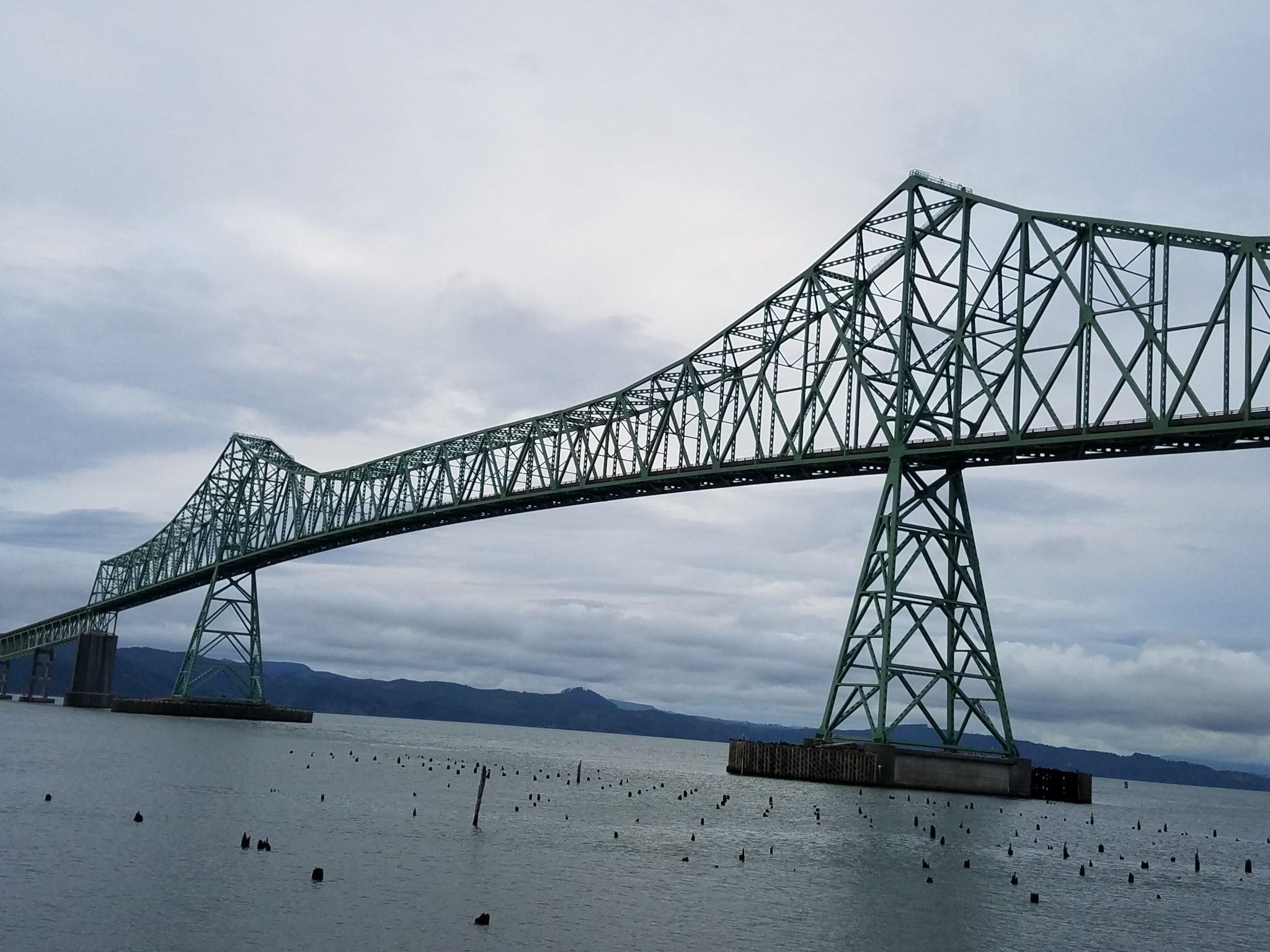
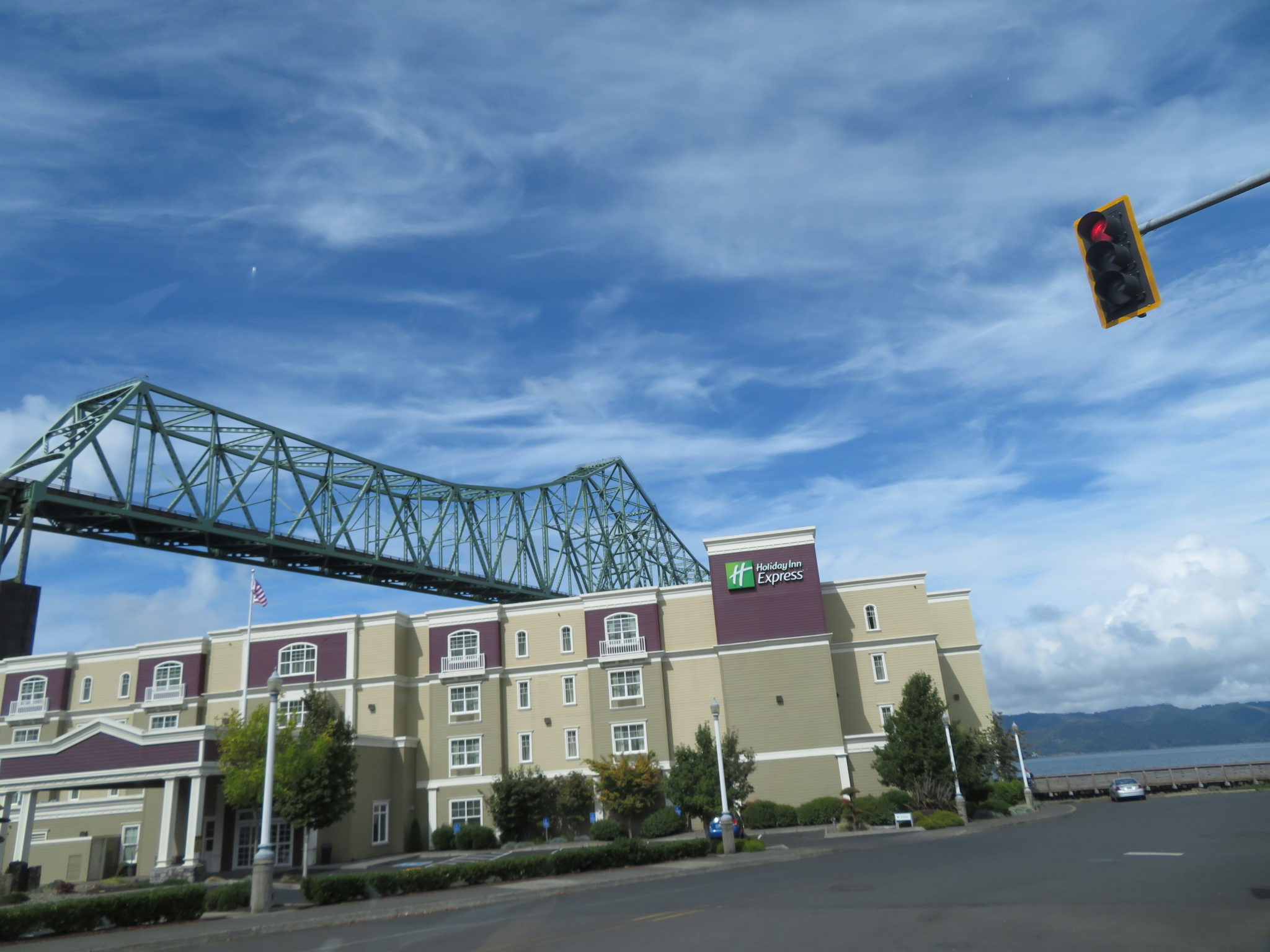
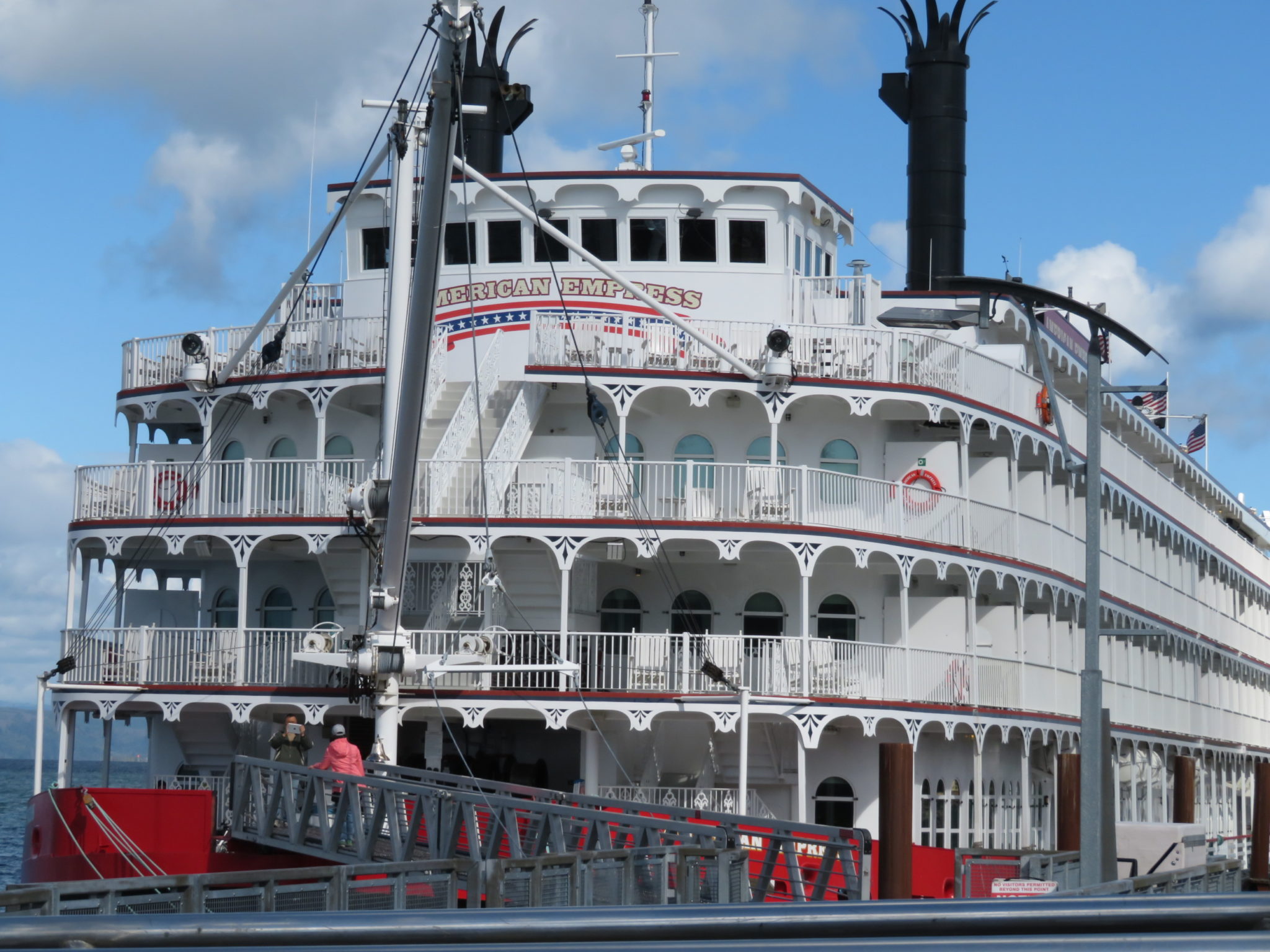
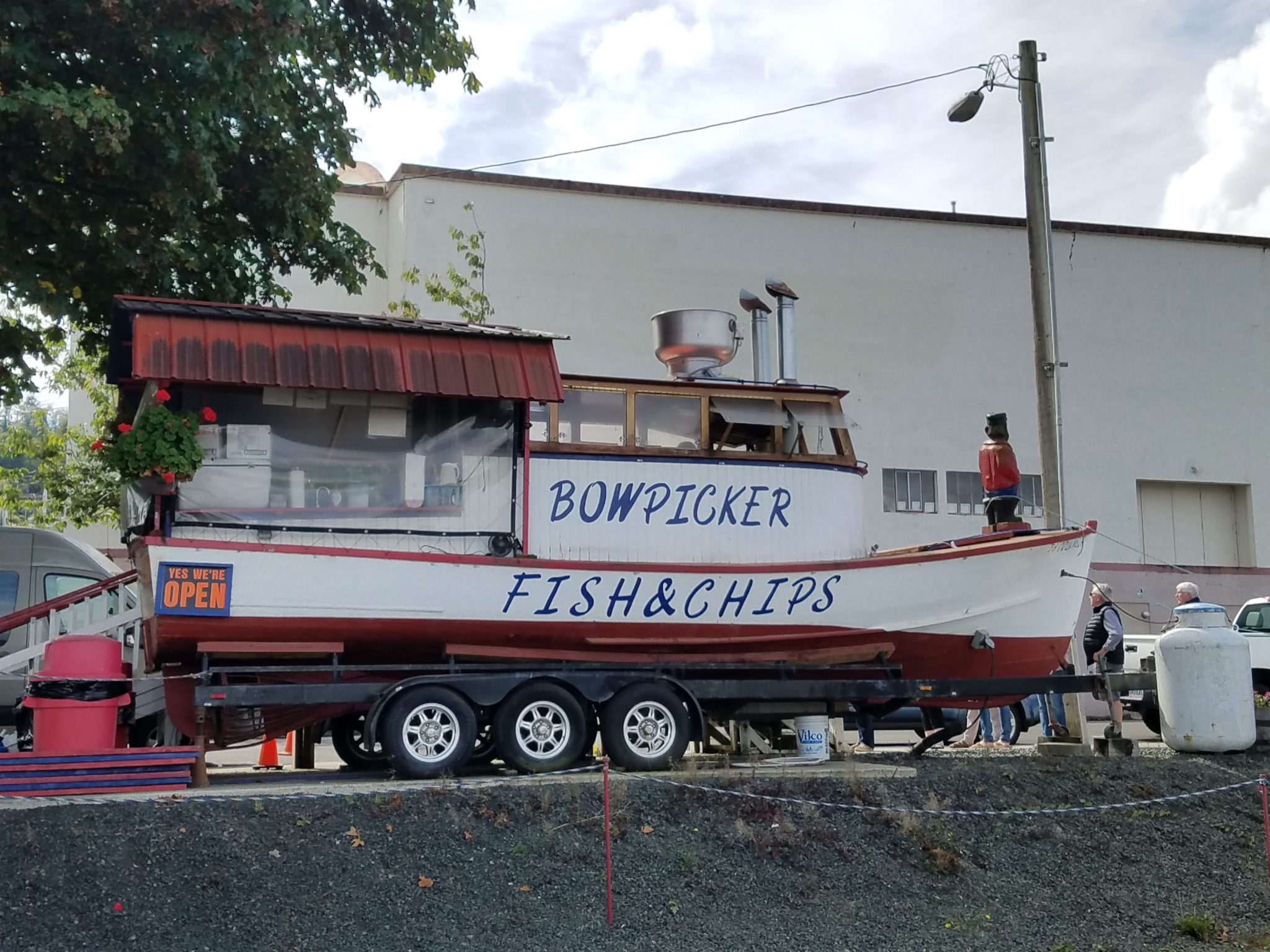
We stayed in Warrenton close to the river.
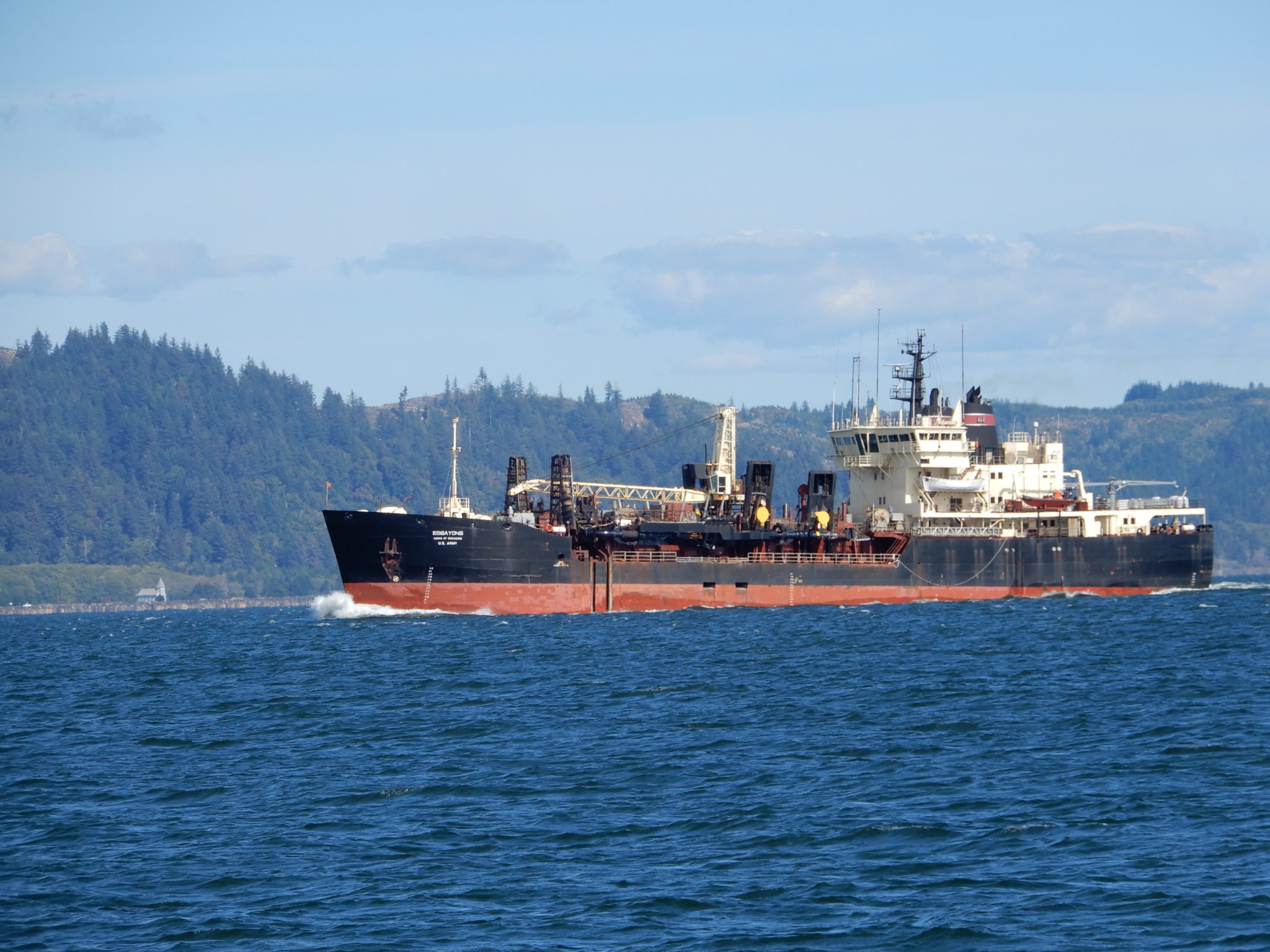
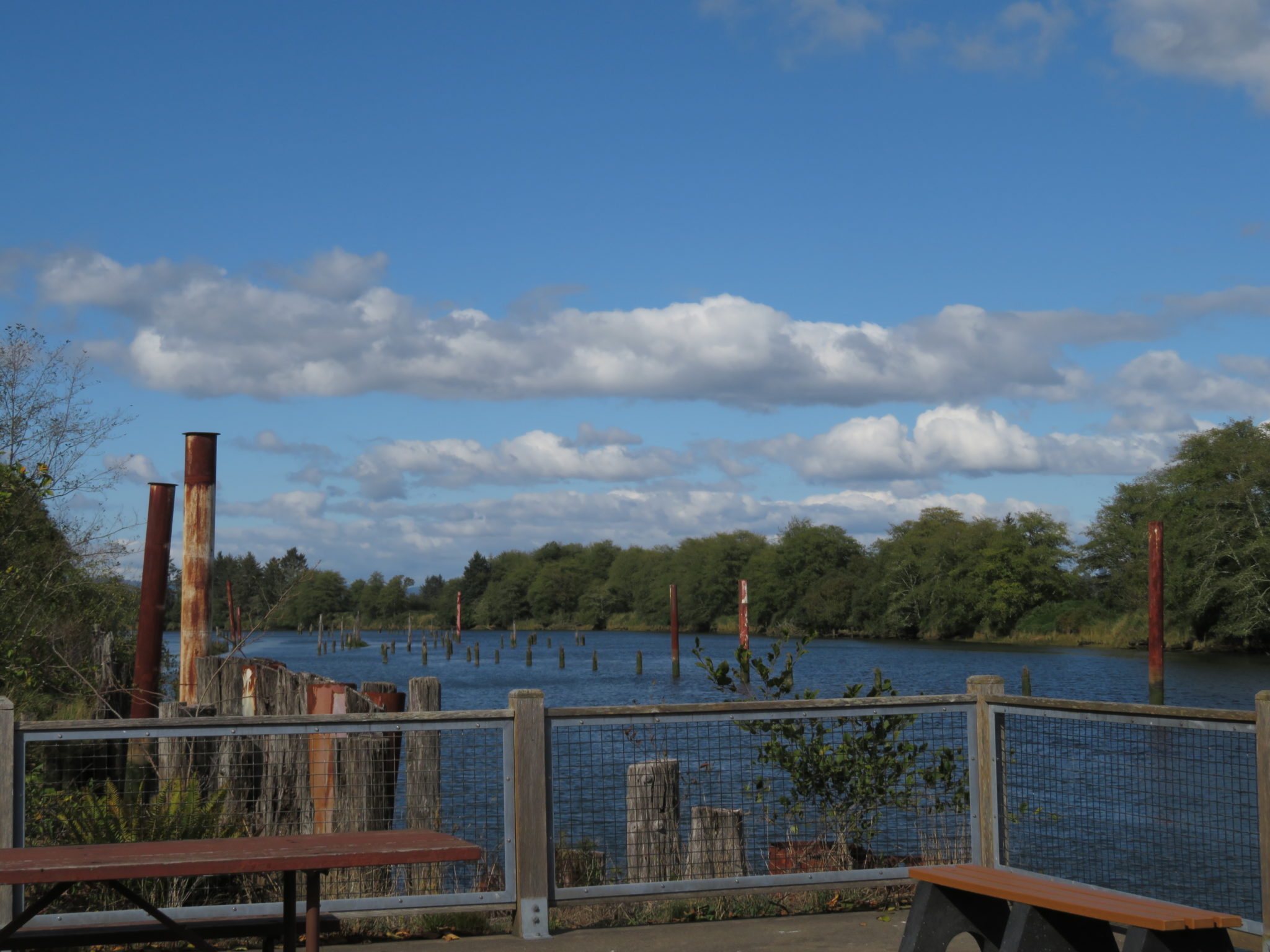
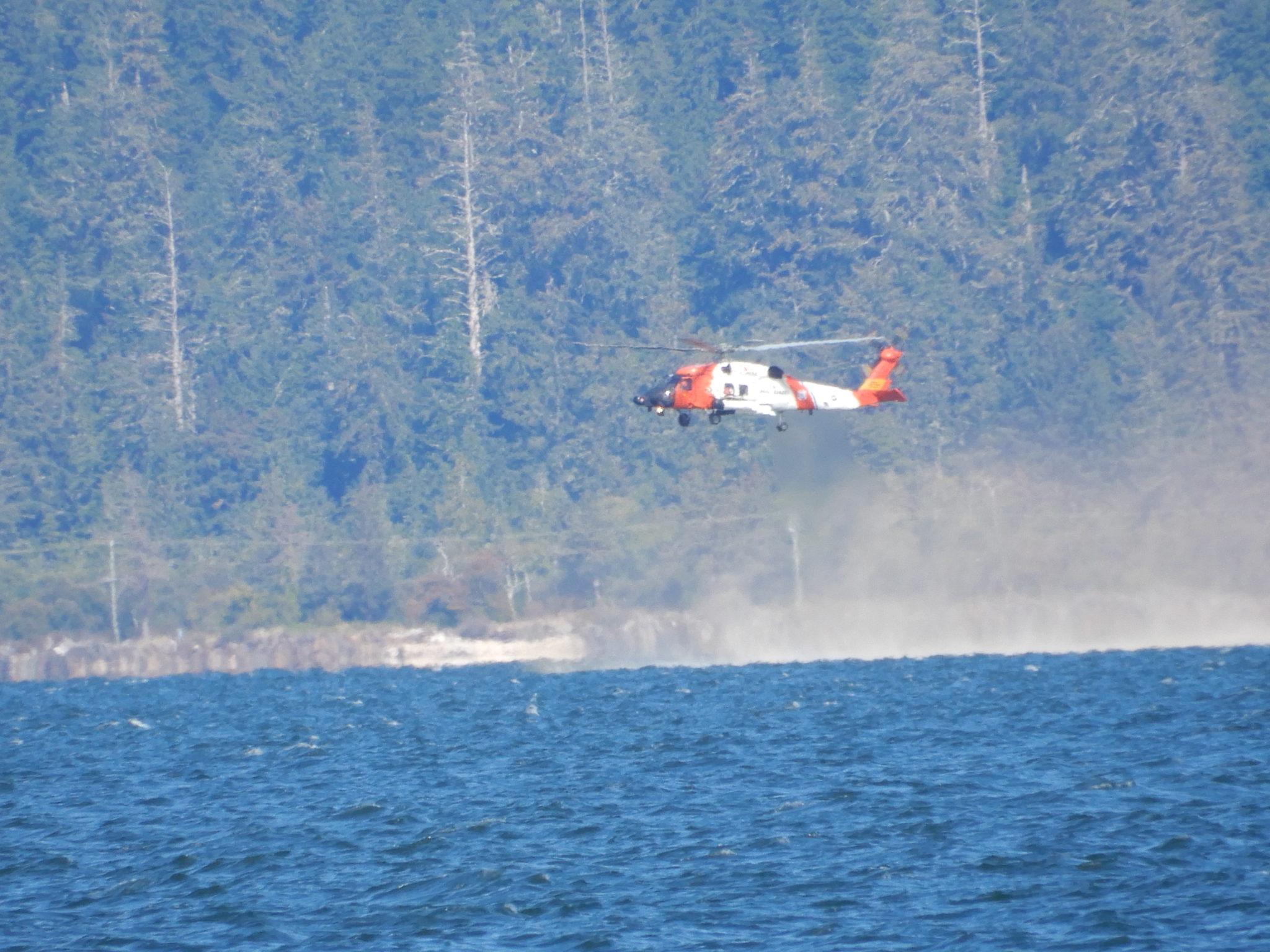

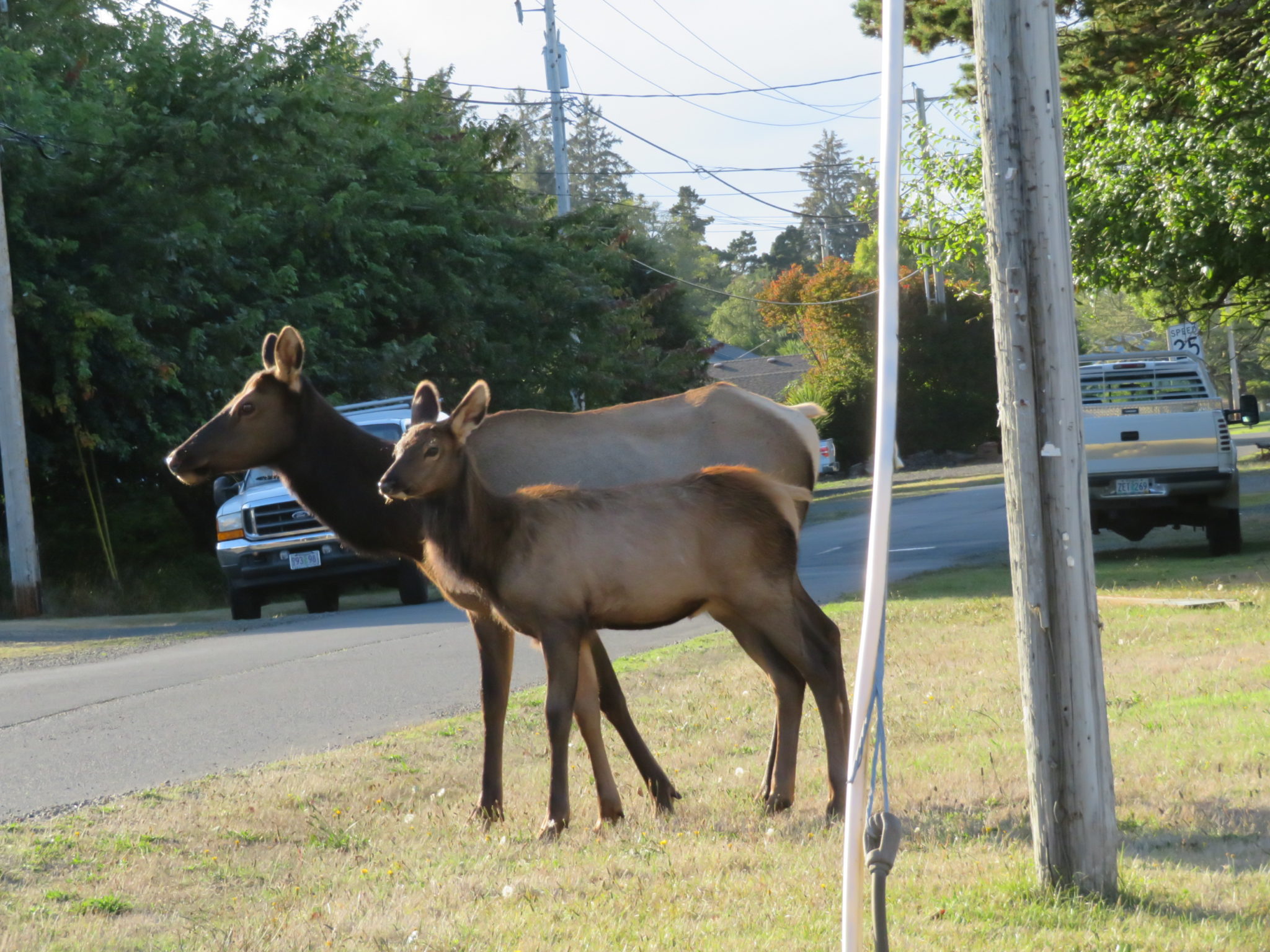
The Astoria Column
The Astoria Column atop Coxcomb Hill has a continuous mural over 500 feet long spiraling around its exterior depicting historical milestones in Astoria. We climbed the 164 interior stairs to the observation platform for spectacular views of the city and surrounding vistas and to watch visitors launch balsa wood planes they had picked up in the gift shop.
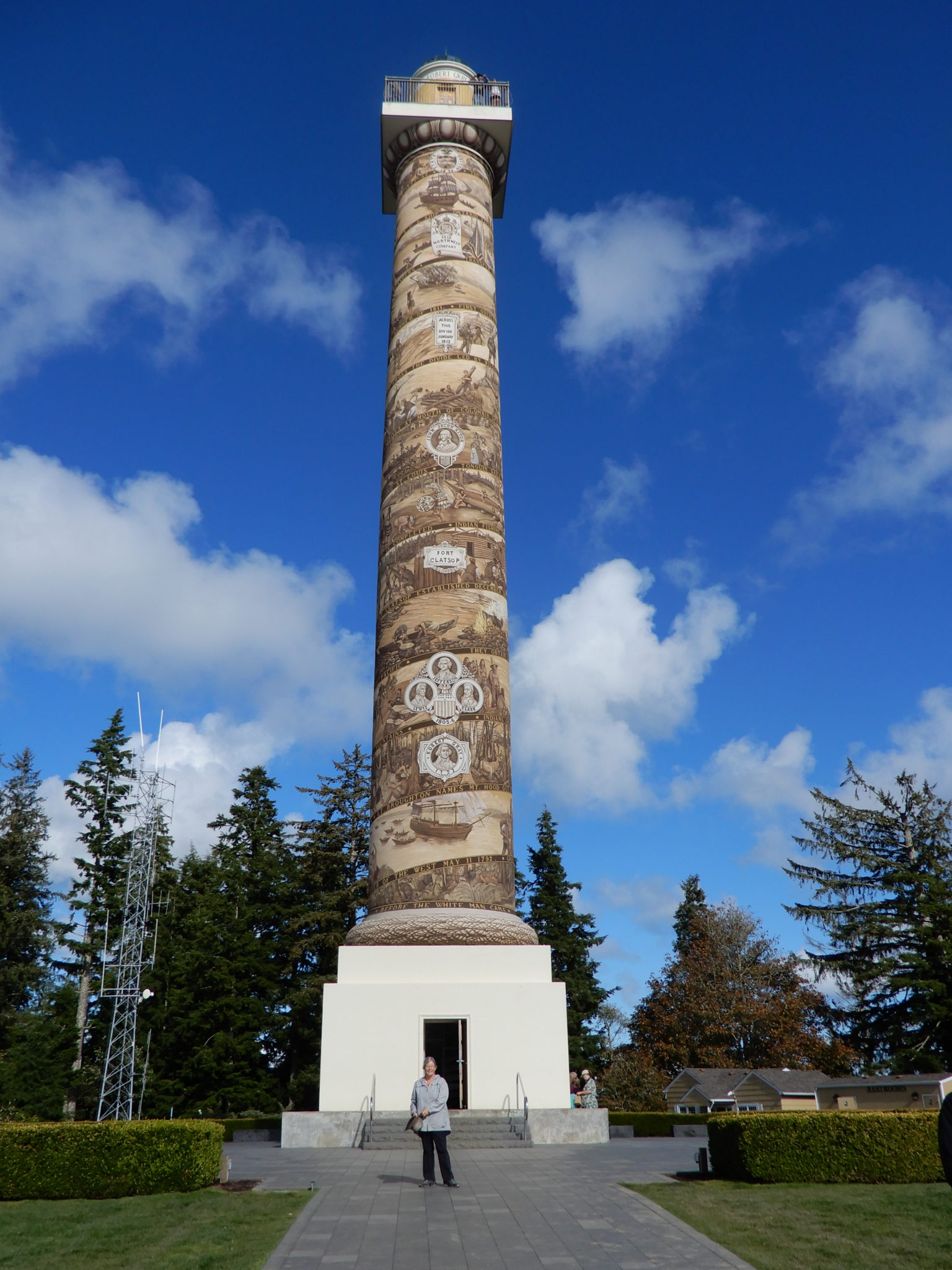
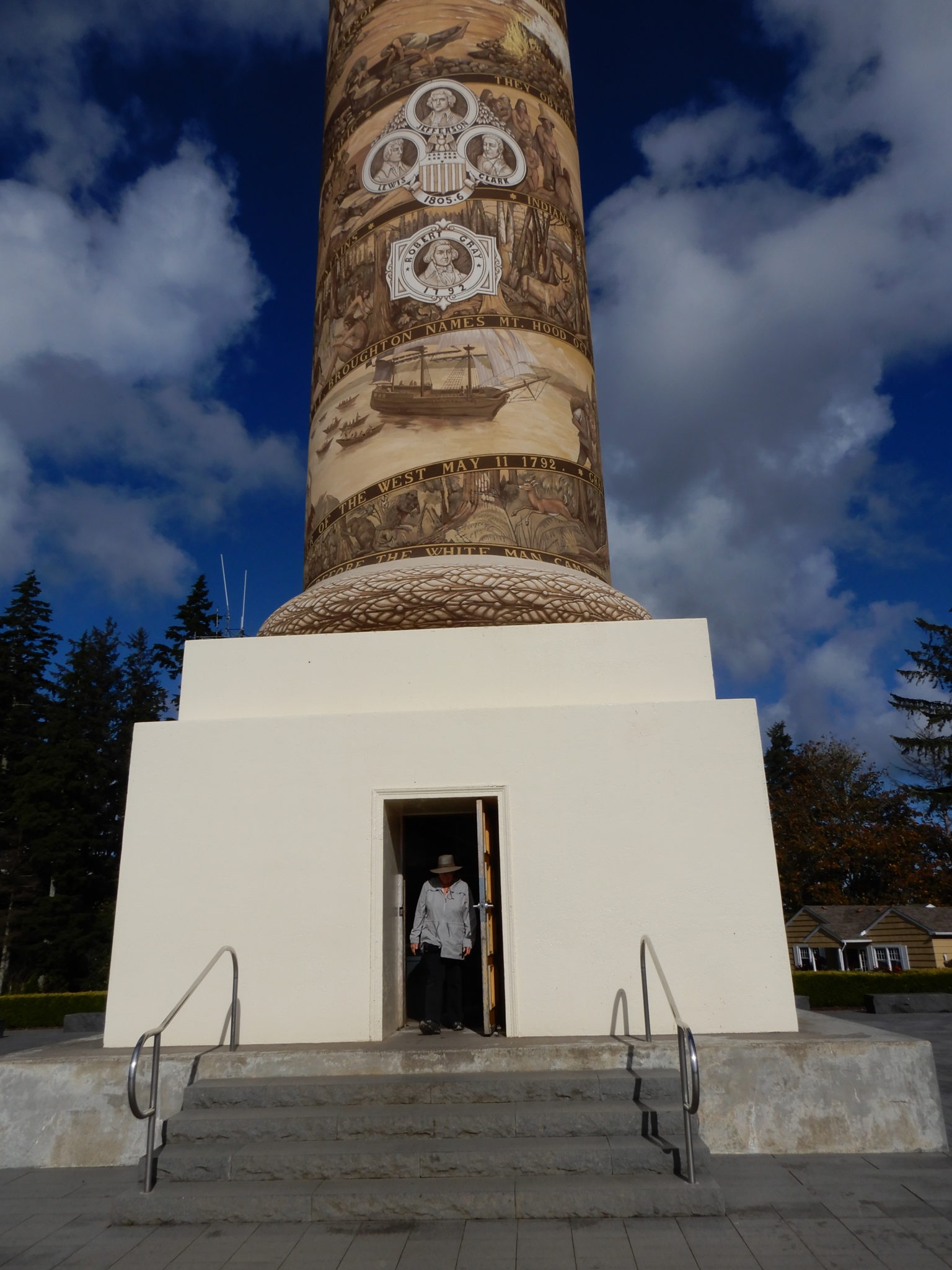
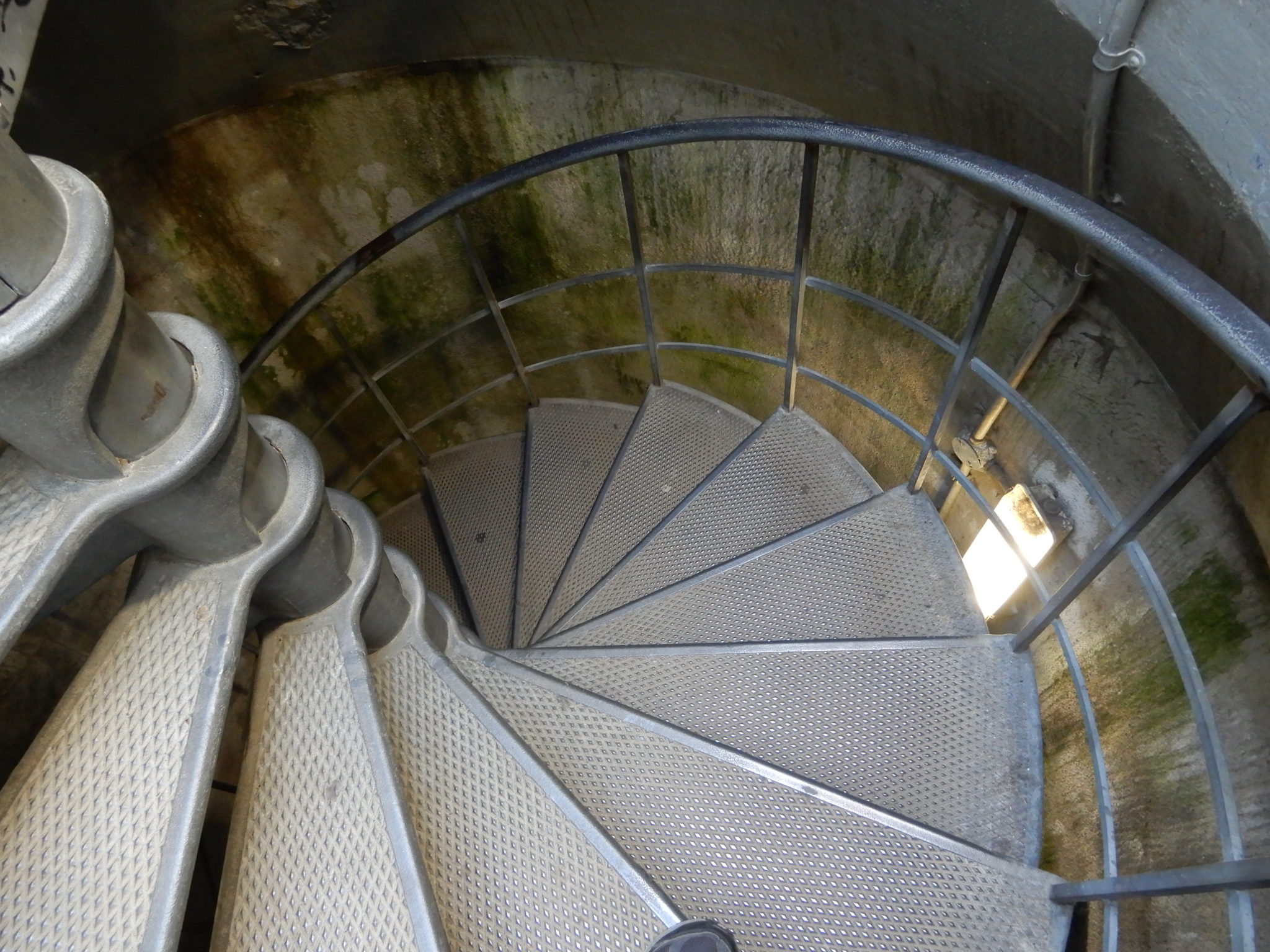
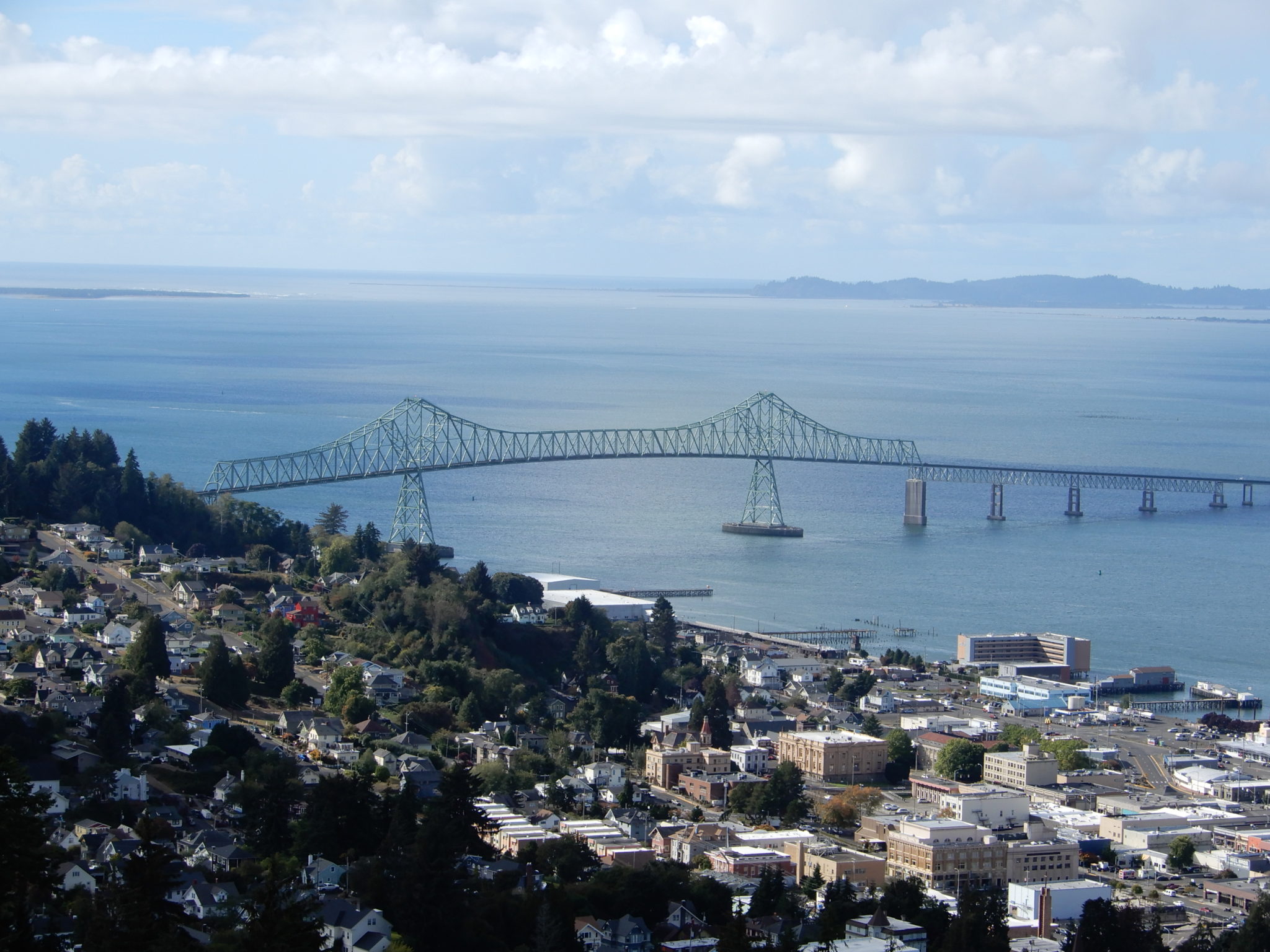
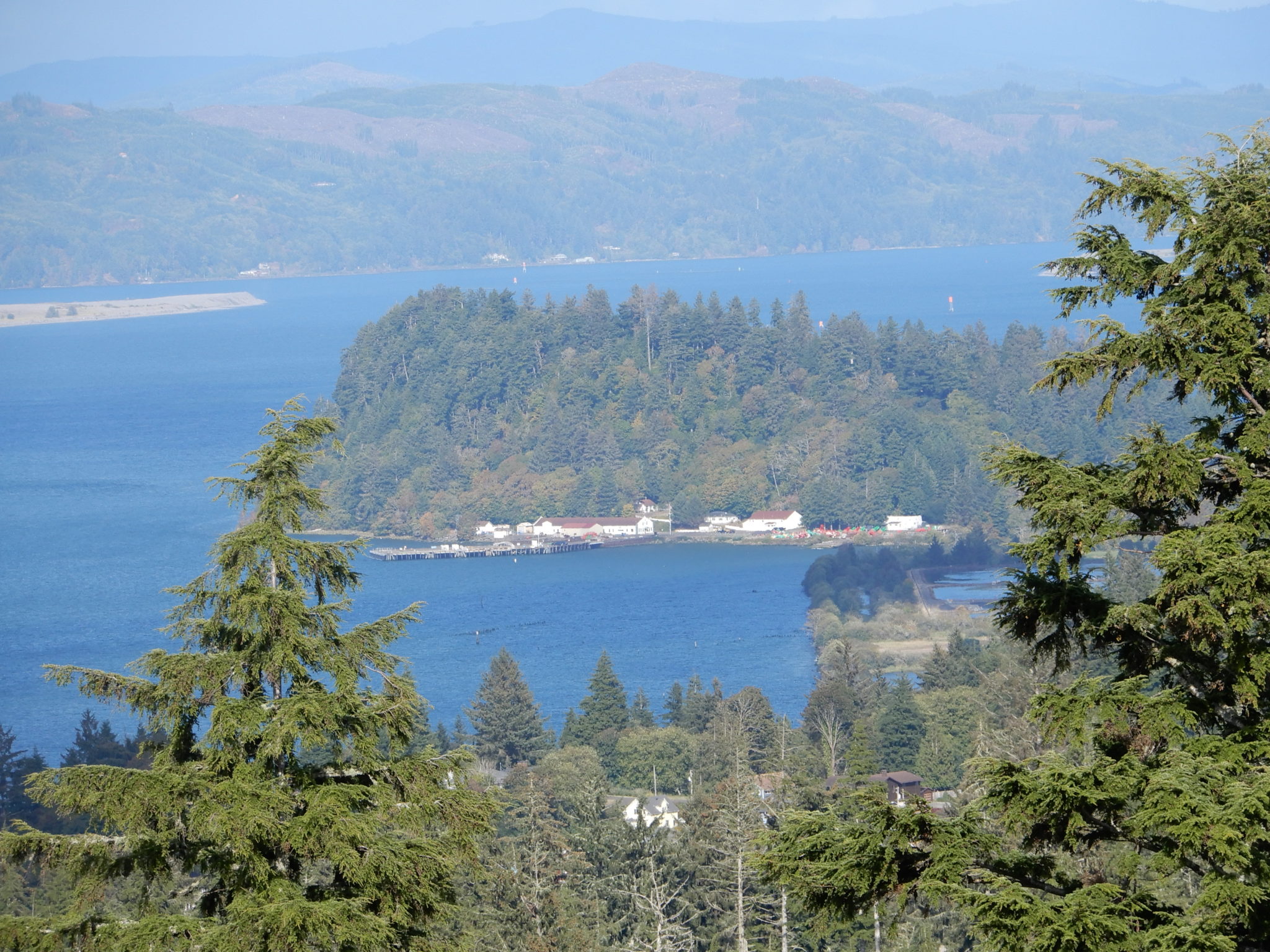
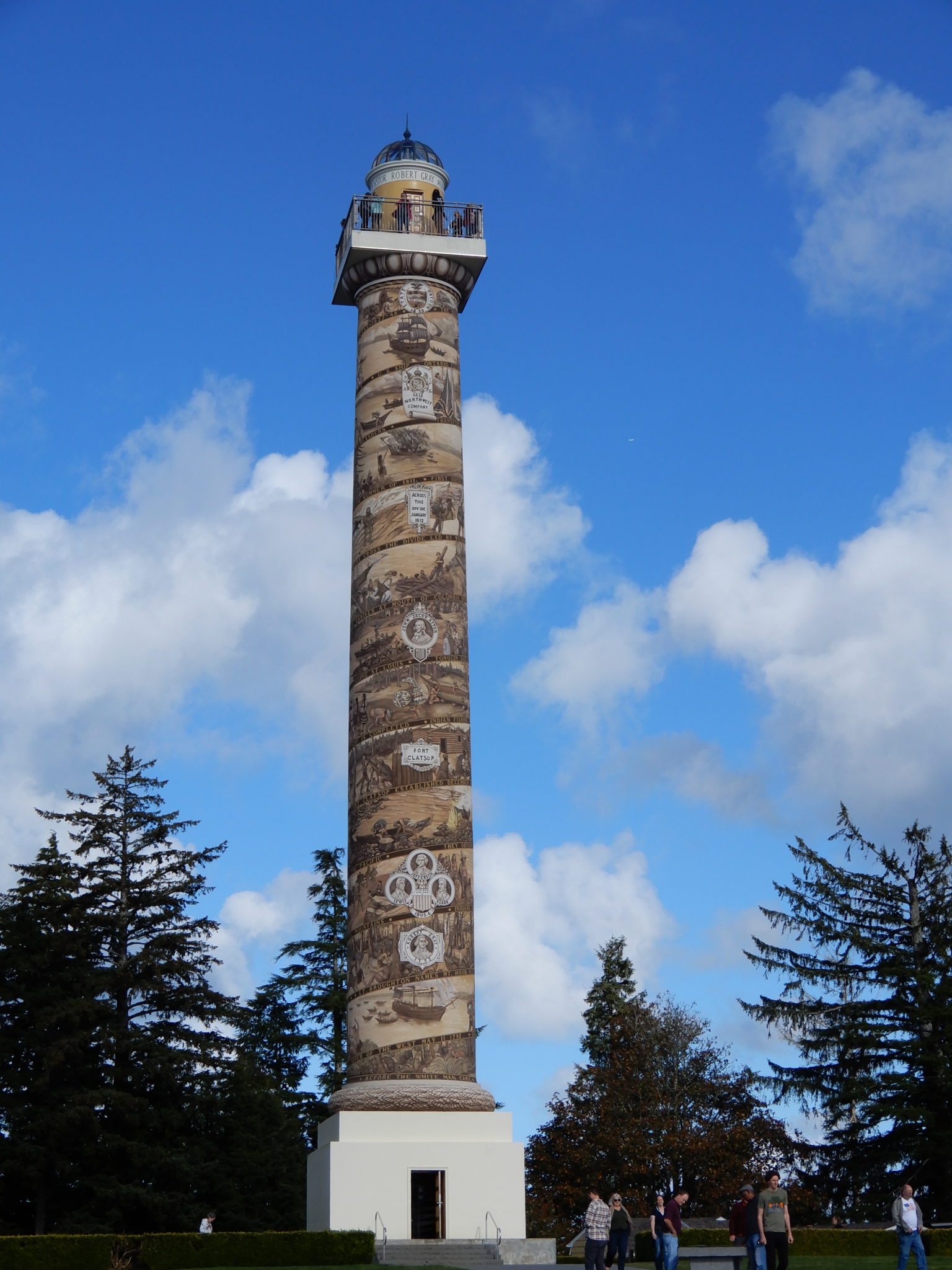
Columbia River Maritime Museum
The museum was founded in 1962 and specializes in collecting and exhibiting maritime artifacts of the Pacific Northwest and the Columbia River. The museum houses over 50,000 objects and photographs, is nationally-accredited, and is the official state maritime museum of Oregon. Since 1792 over 2000 vessels, including over 200 large ships have sunk at the Columbia River bar, earning this area the title “Graveyard of the Pacific”. The combination of high seas, a mighty river, and shallow shifting sand bars make the Columbia River one of the most dangerous bar crossings in the world.
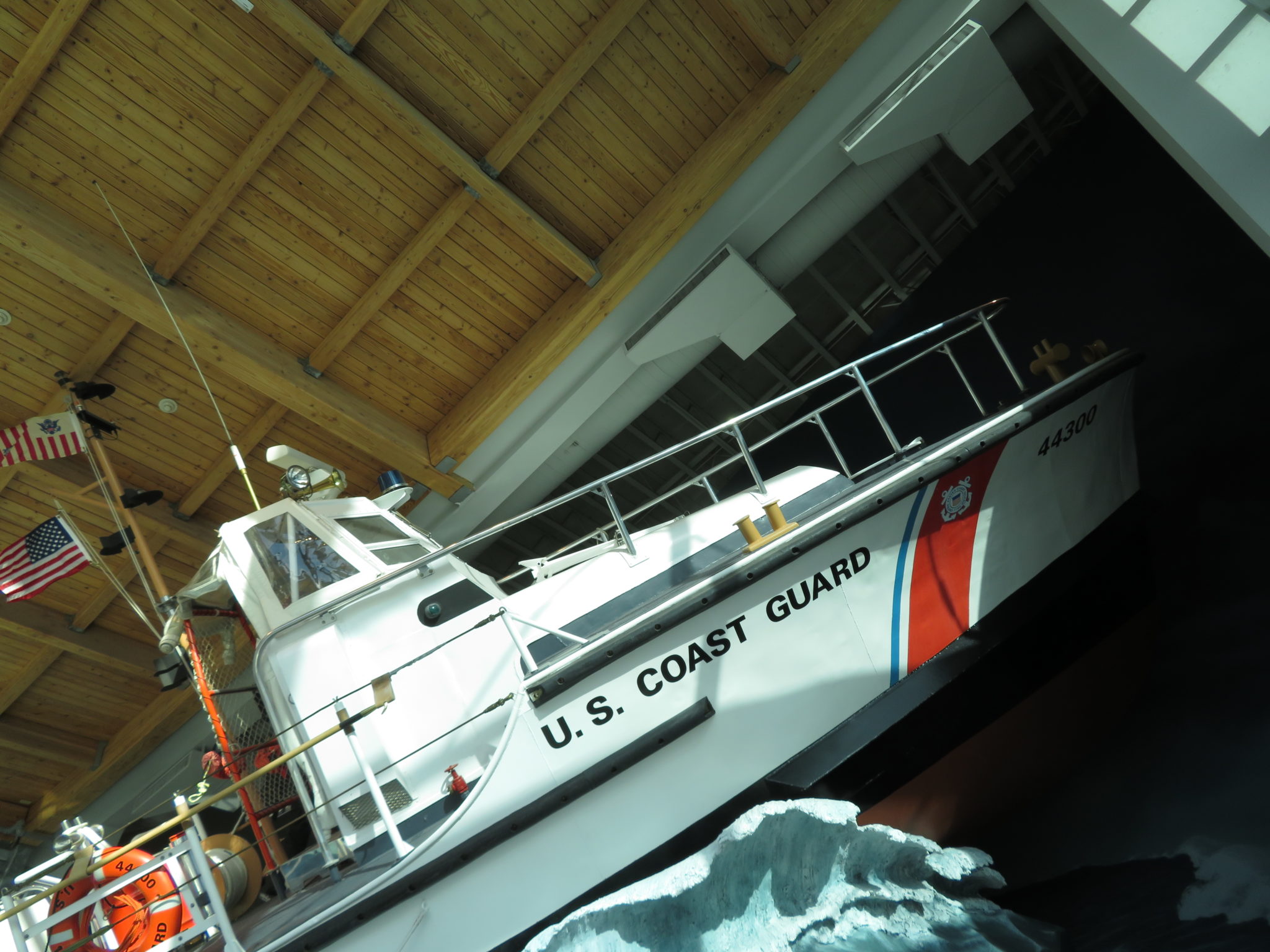
The next few pictures are representative of the artifacts and exhibits in the museum.
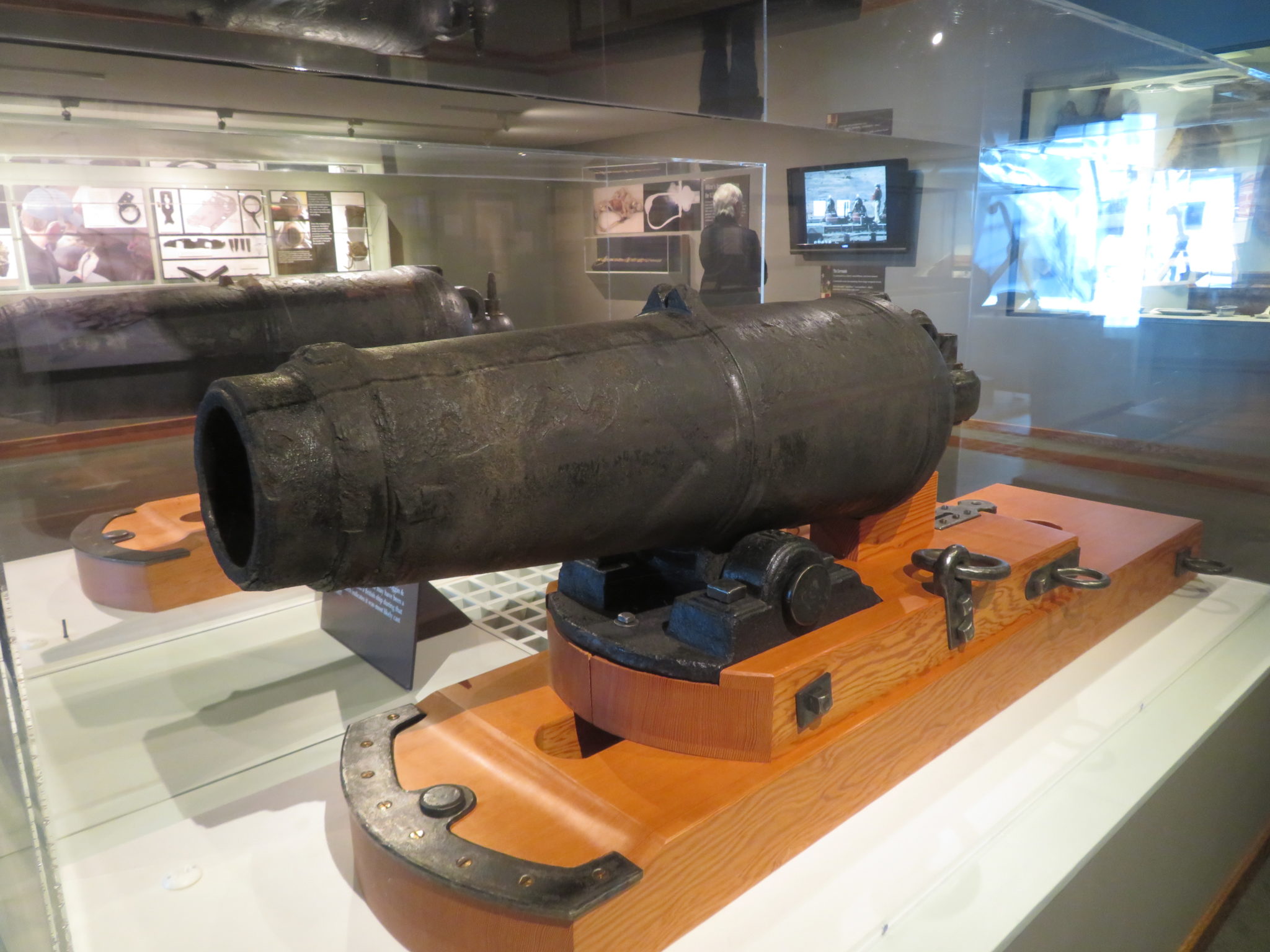
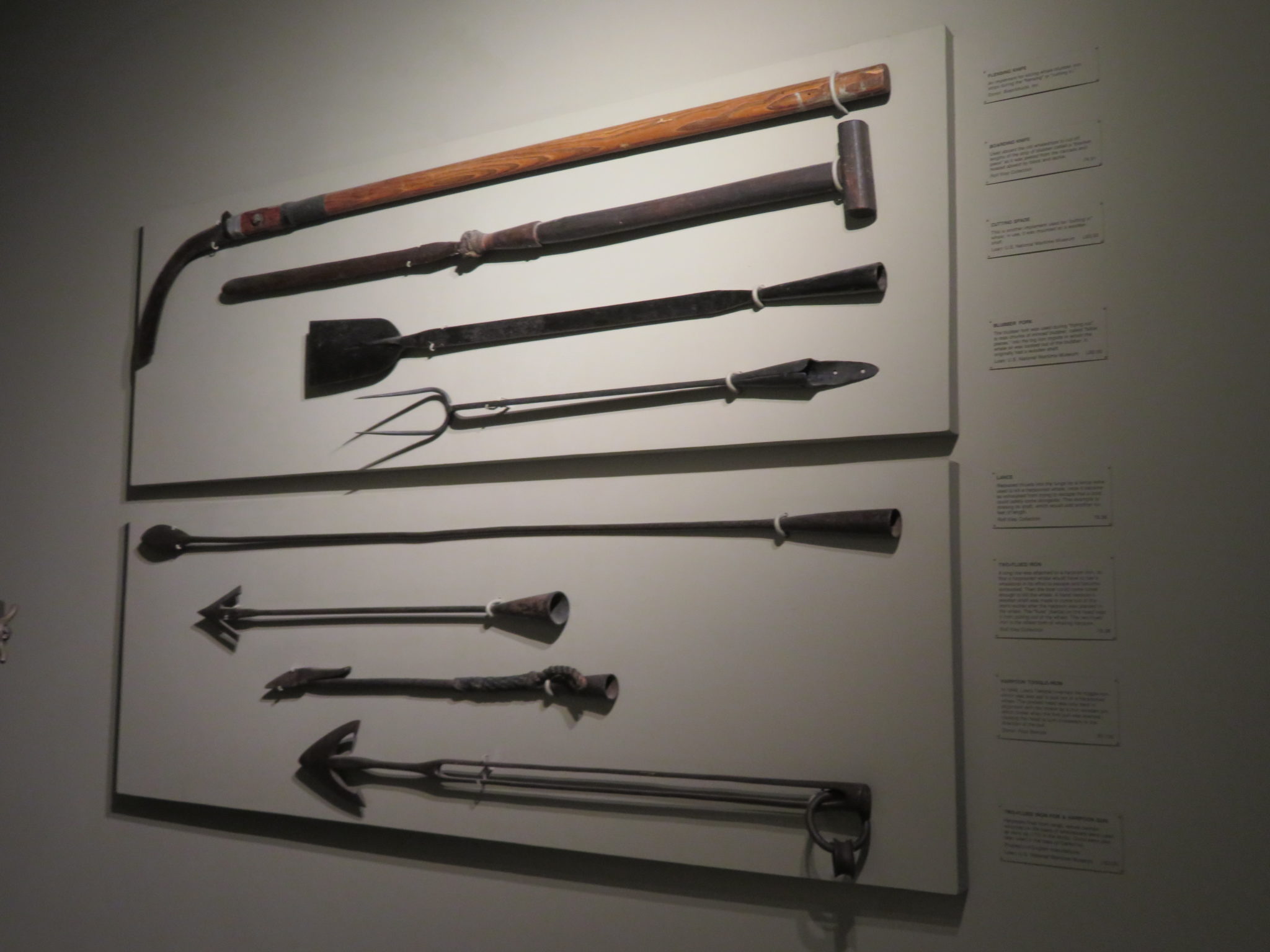
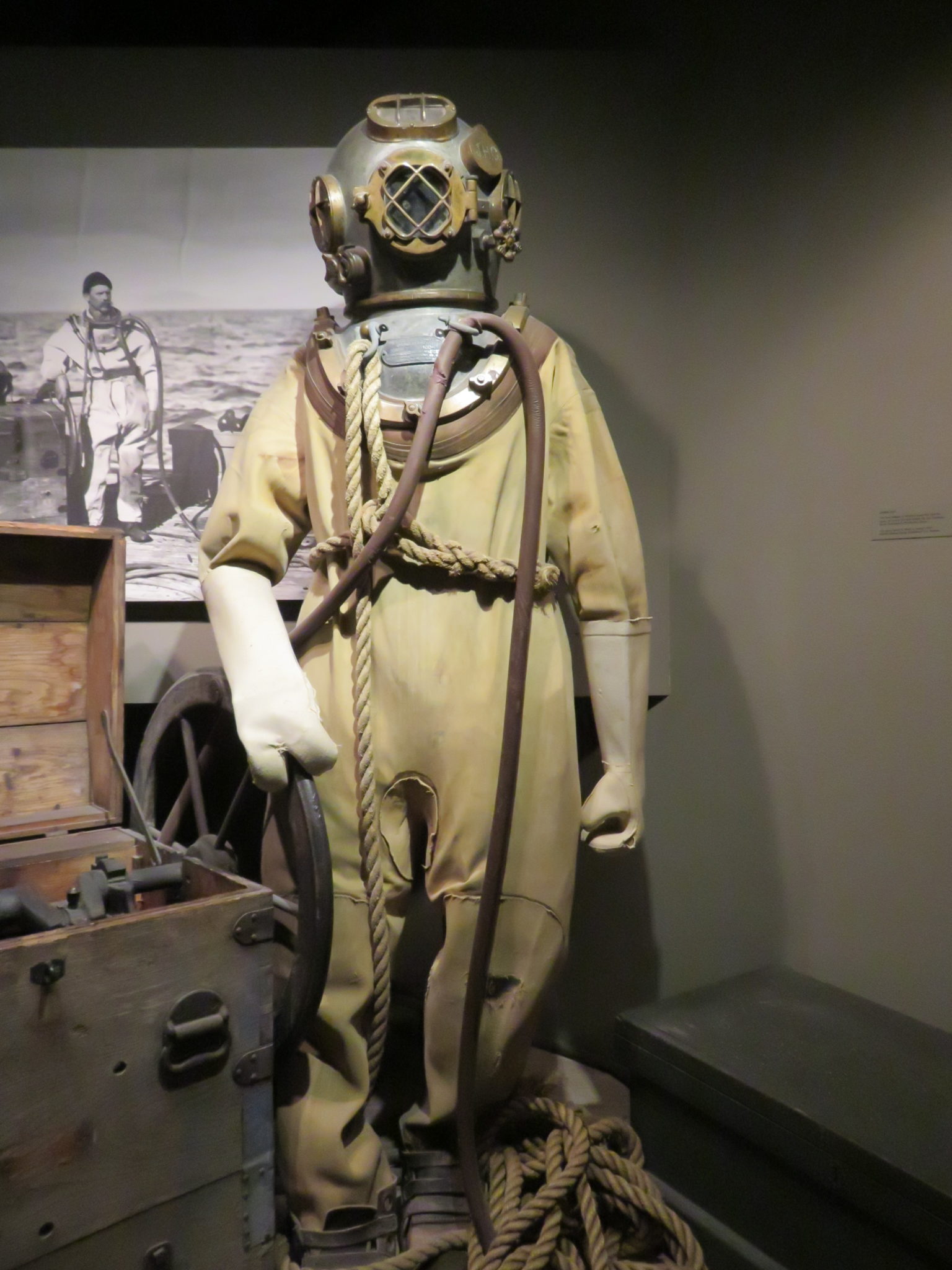
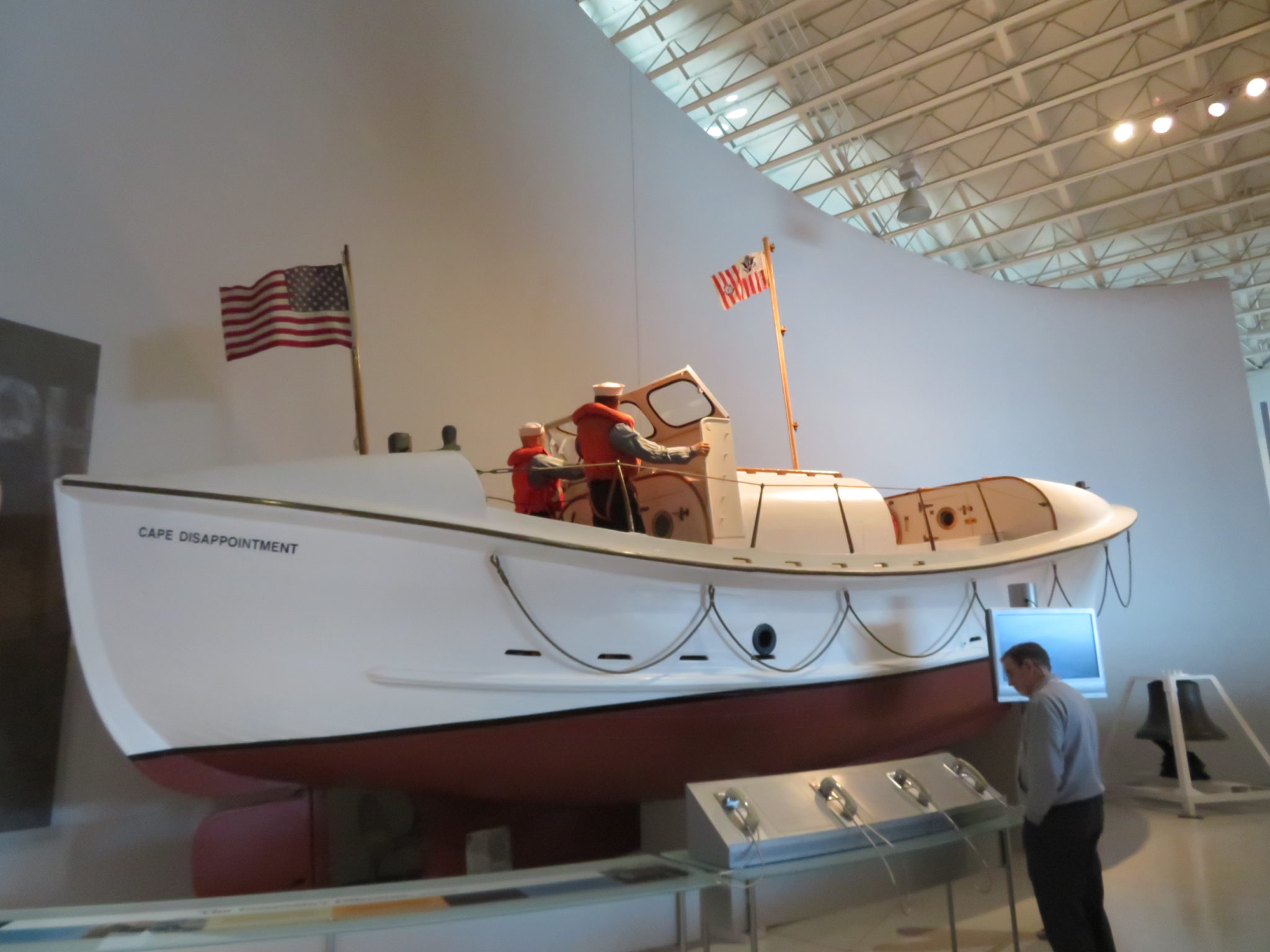
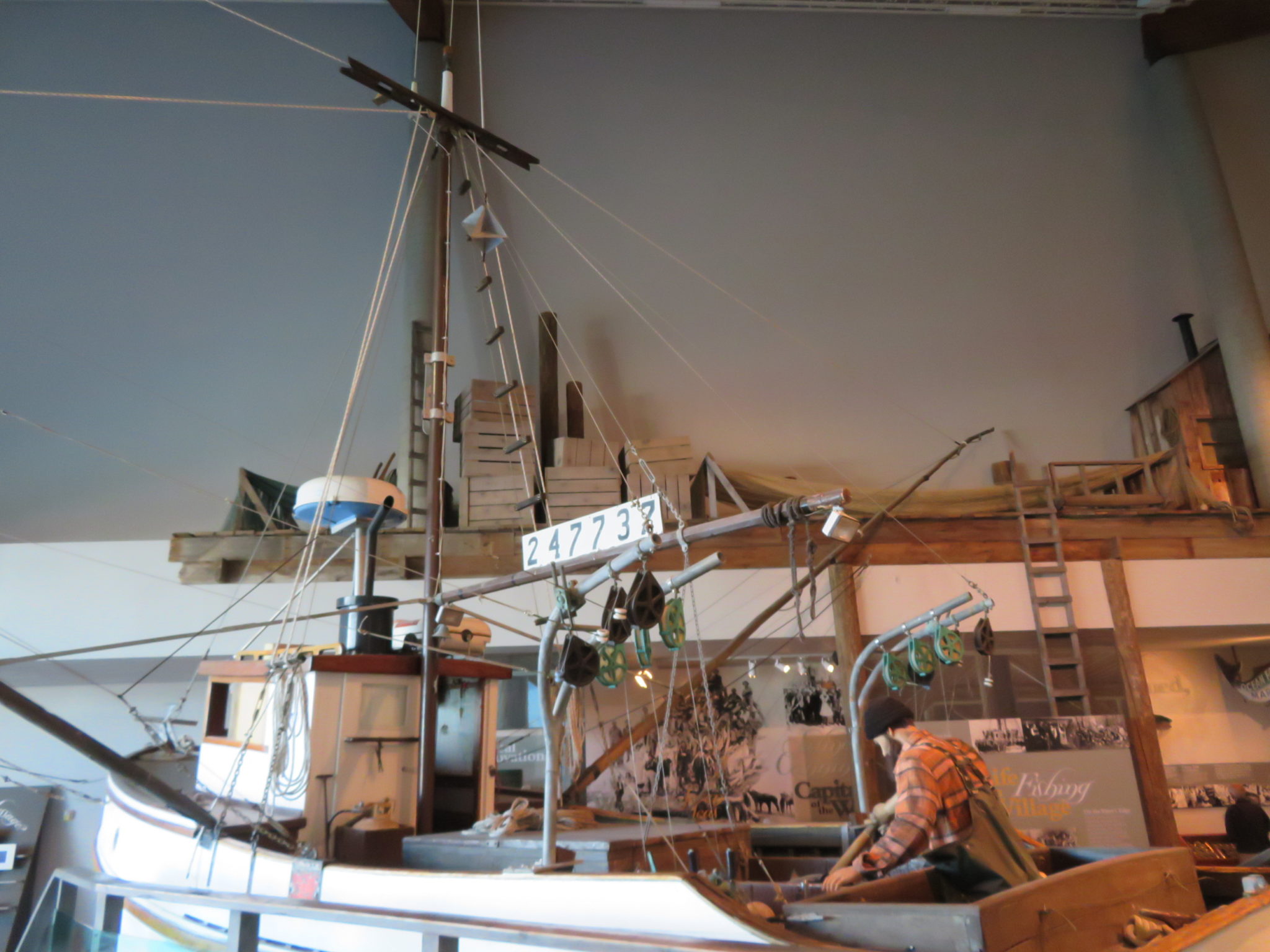
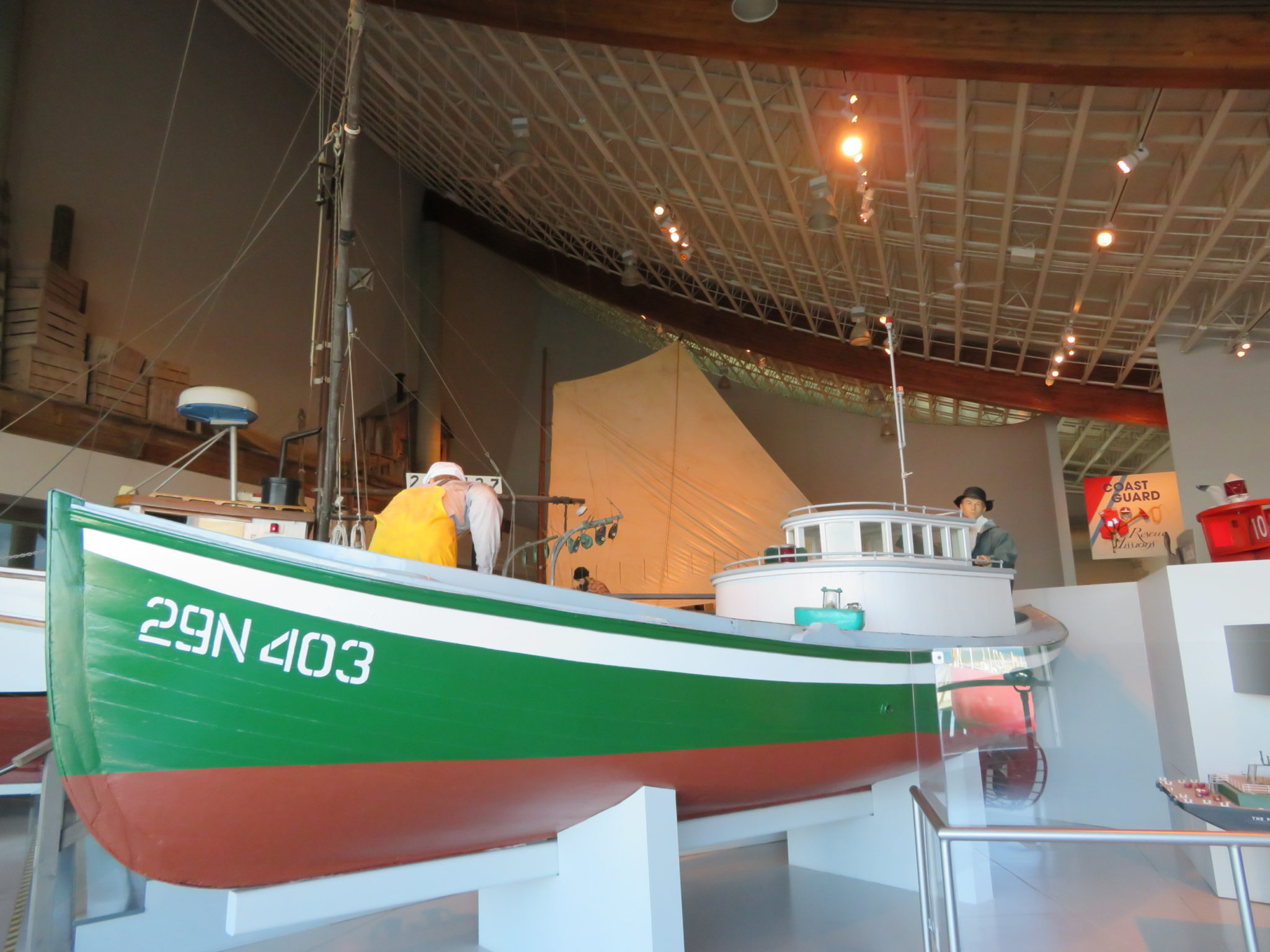
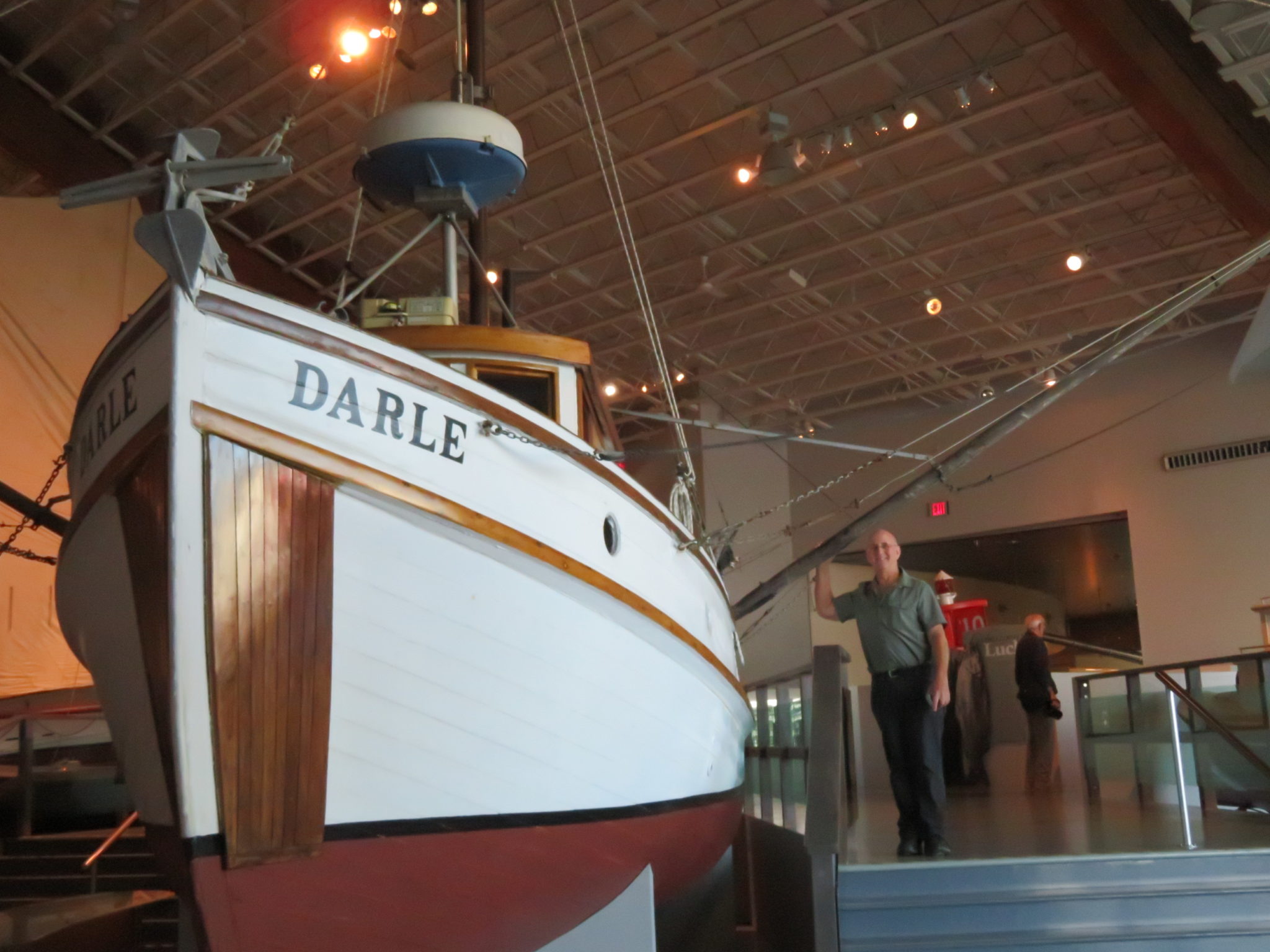
Columbia Lightship
A lightship is a floating lighthouse and is used when an aid to navigation is needed but the construction of a lighthouse is not possible. Lightships first guarded the entrance to the Columbia River from in 1892. The Lightship Columbia was stationed six miles off the entrance to the Columbia River from 1950 to November 2, 1979, when she replaced by an automated navigational buoy. She was the last active lightship on the West Coast. She is now maintained as an operating lightship museum by the Columbia River Maritime Museum.
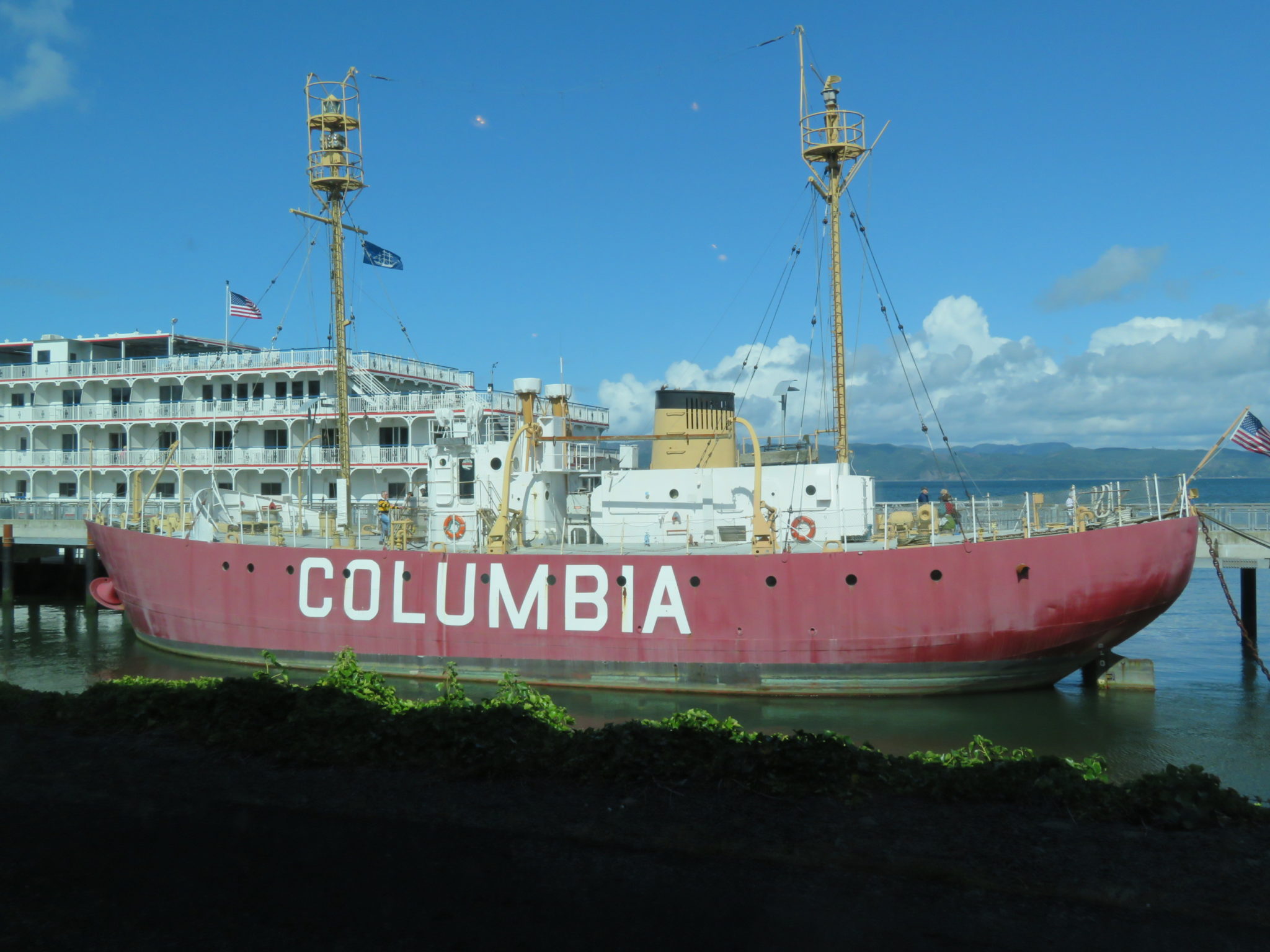
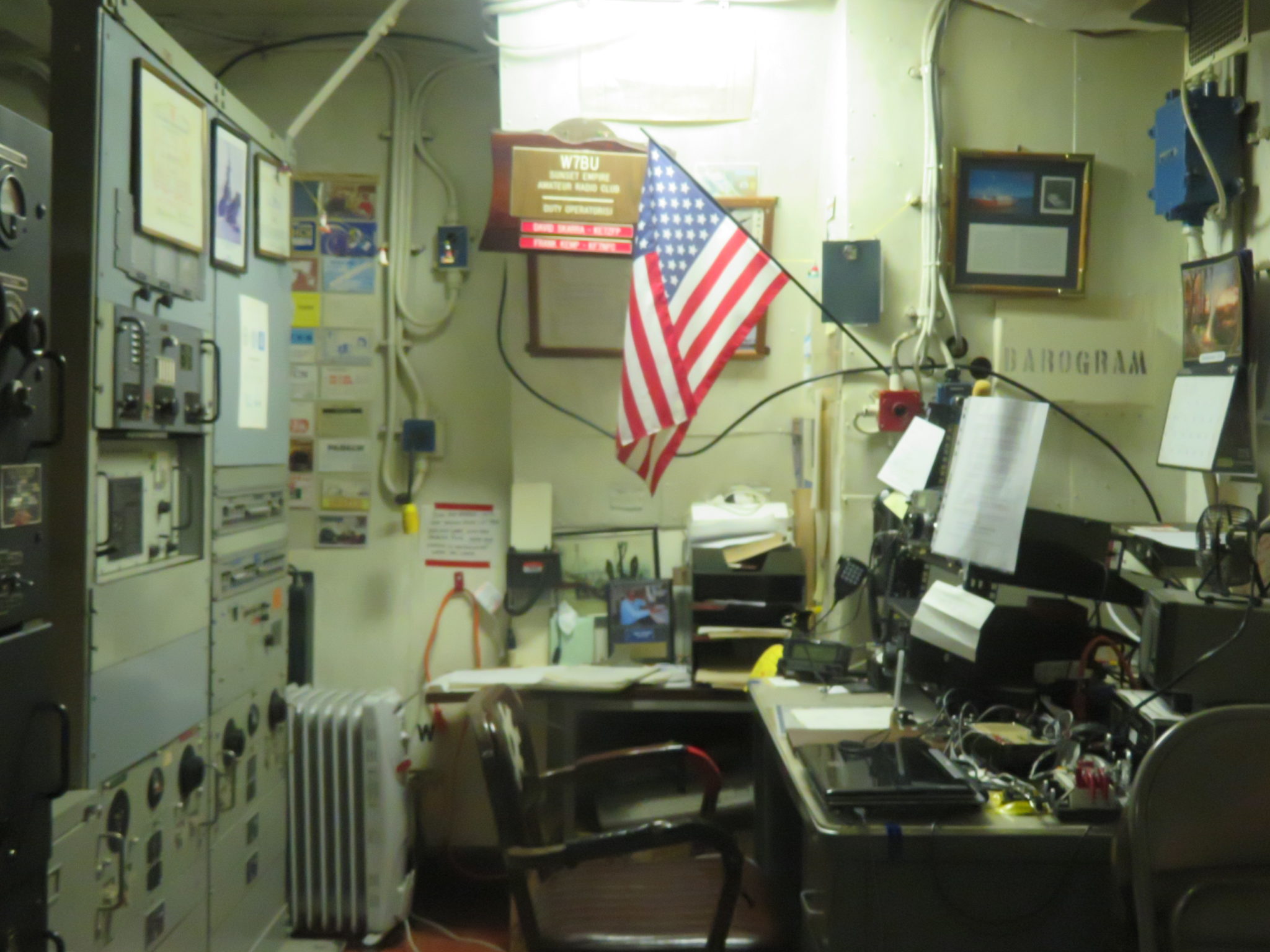
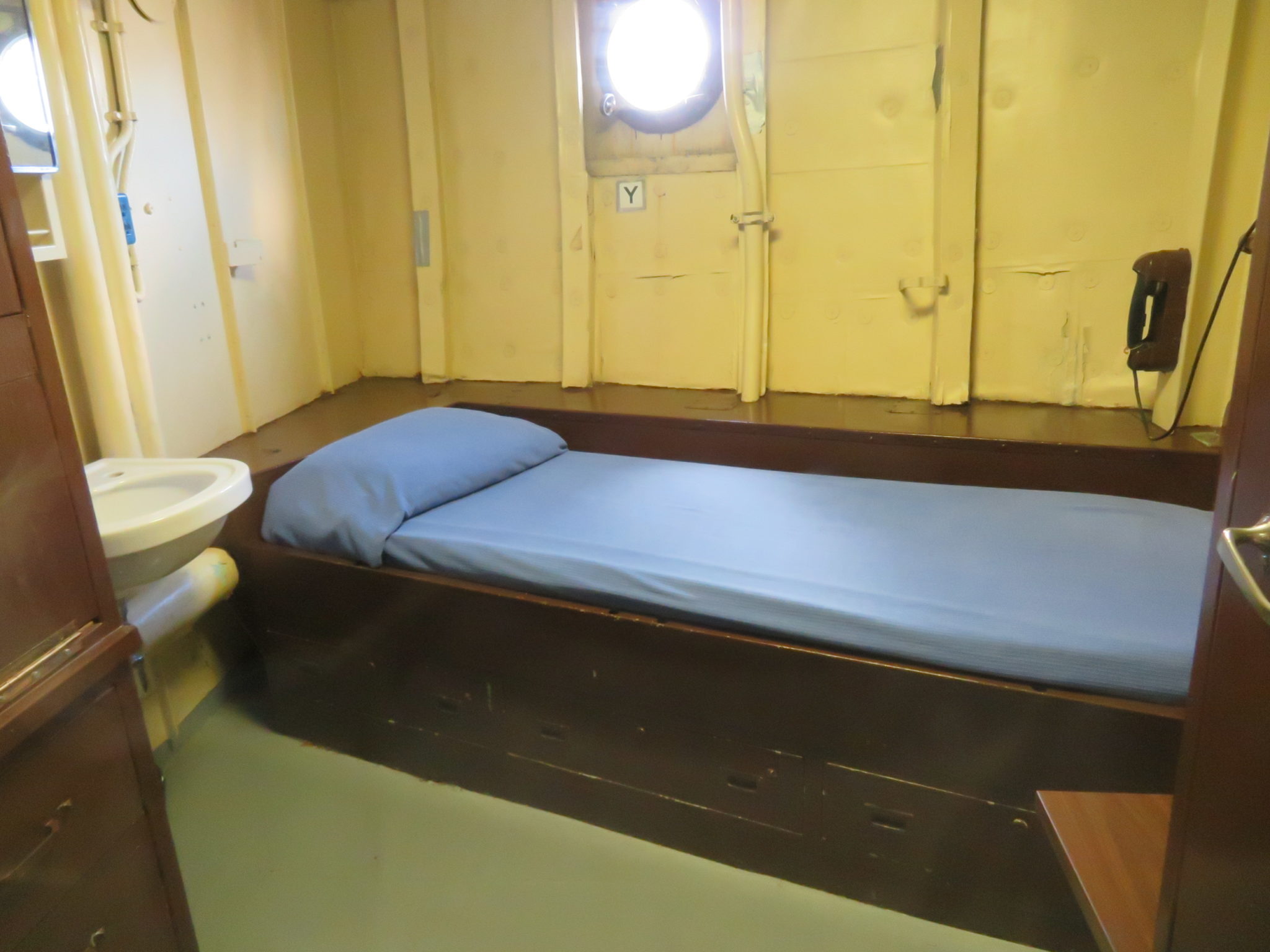
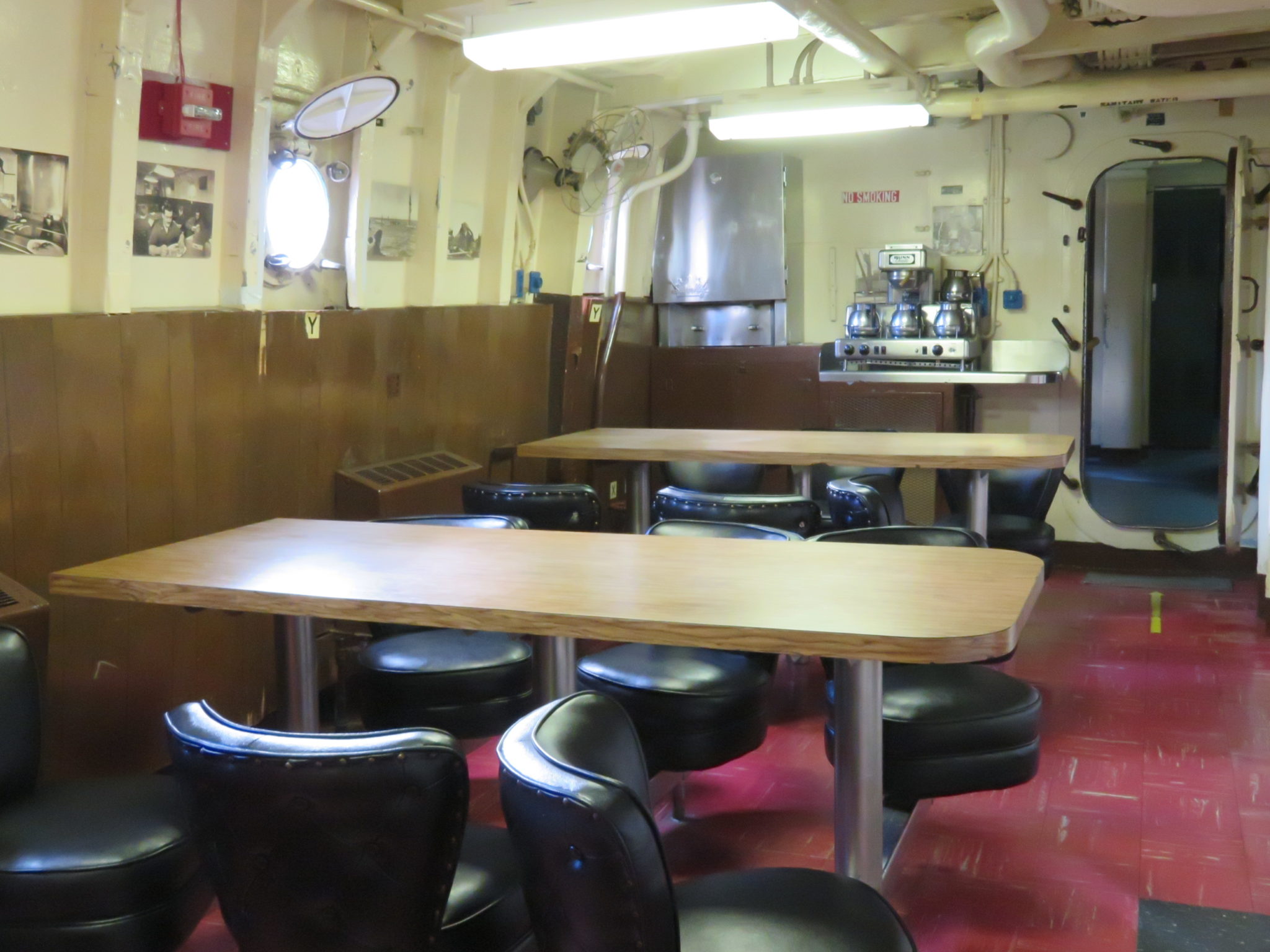
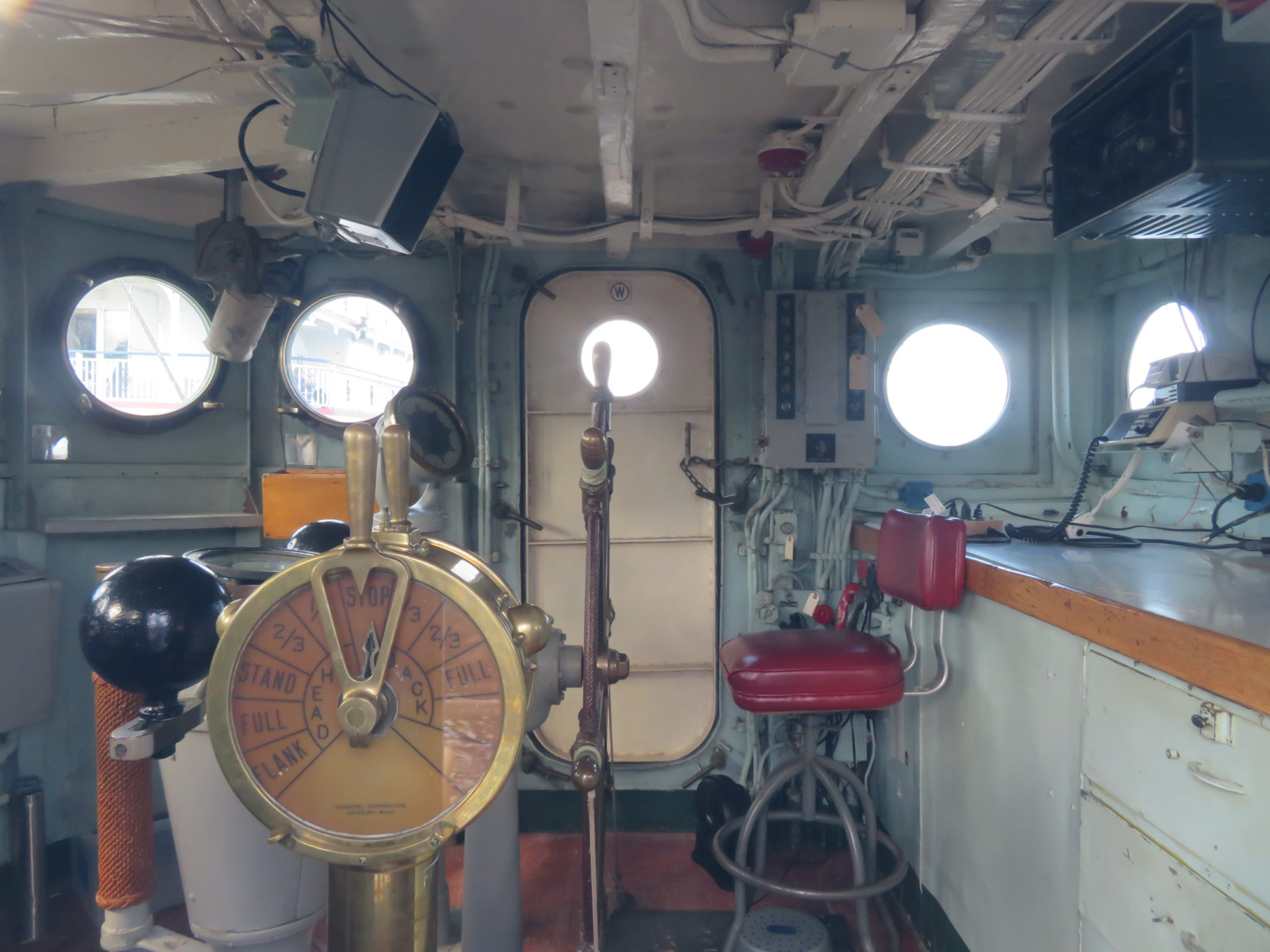
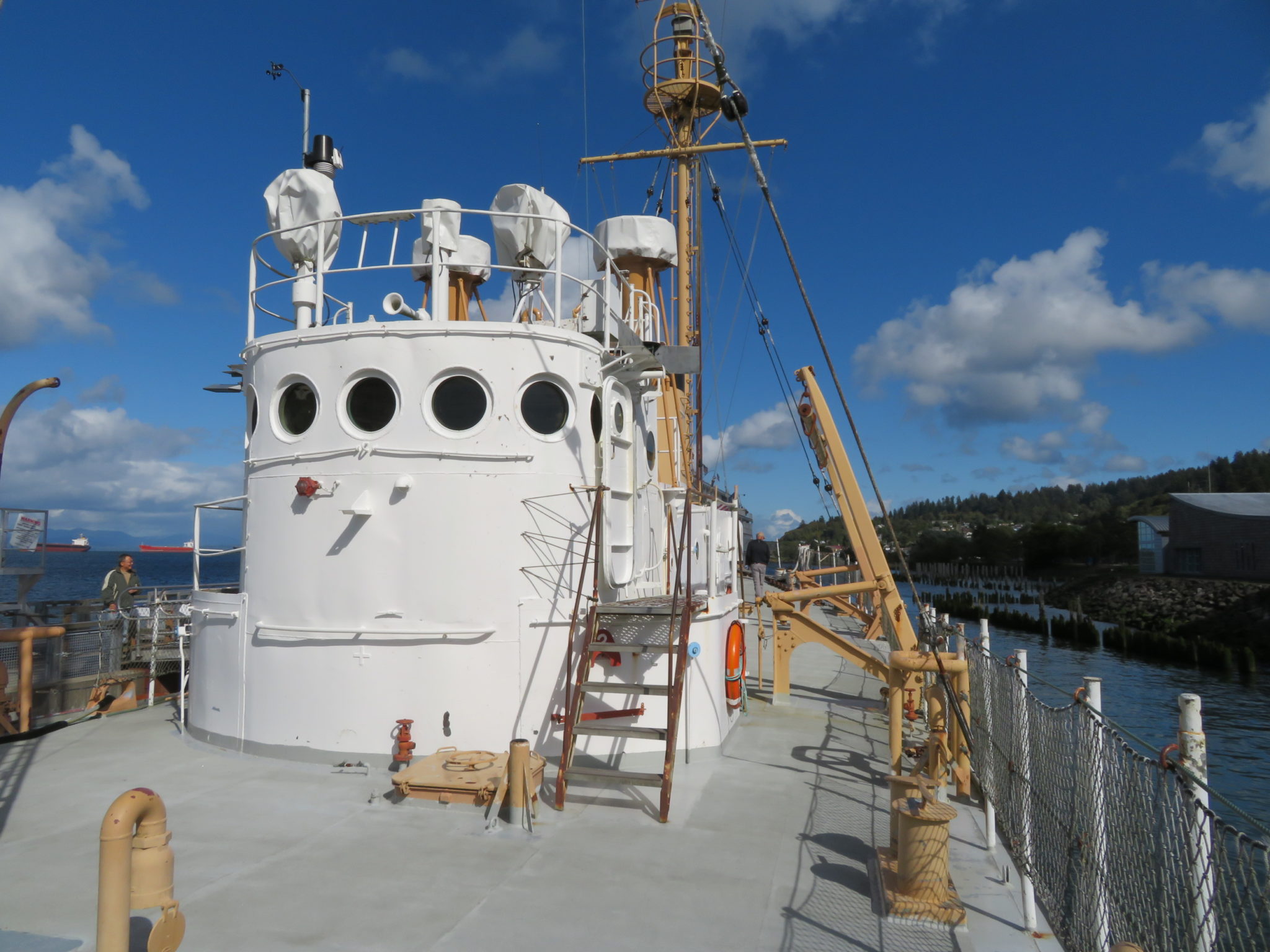
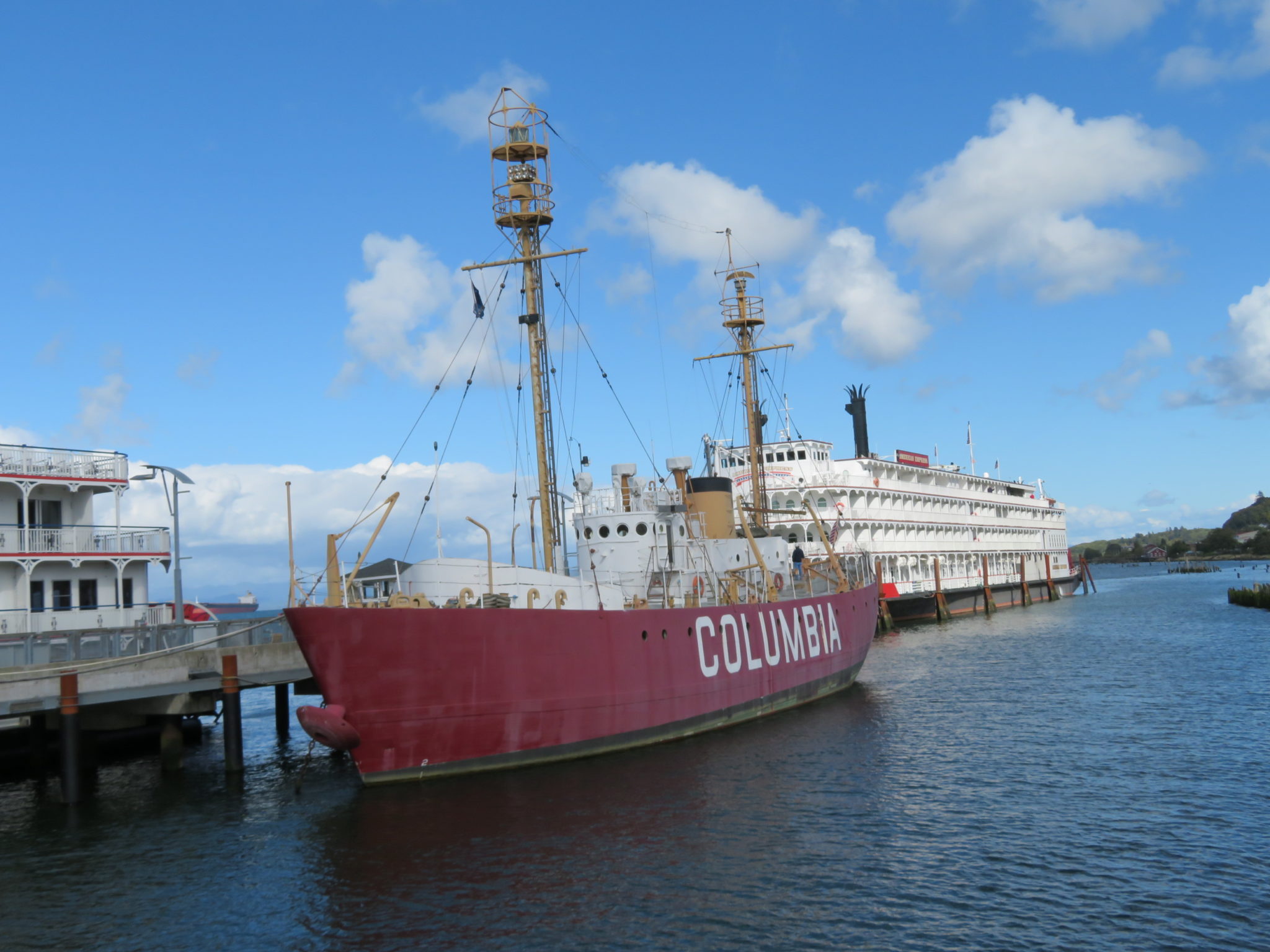
Shifty Sailors
Shifty Sailors is a sea shanty singing group whose mission is to educate “Sea Coasters” about their nautical heritage through song and has performed and toured for 26 years. Jane’s fondness for folk music and sea shanties prompted us to attend one of their performances,
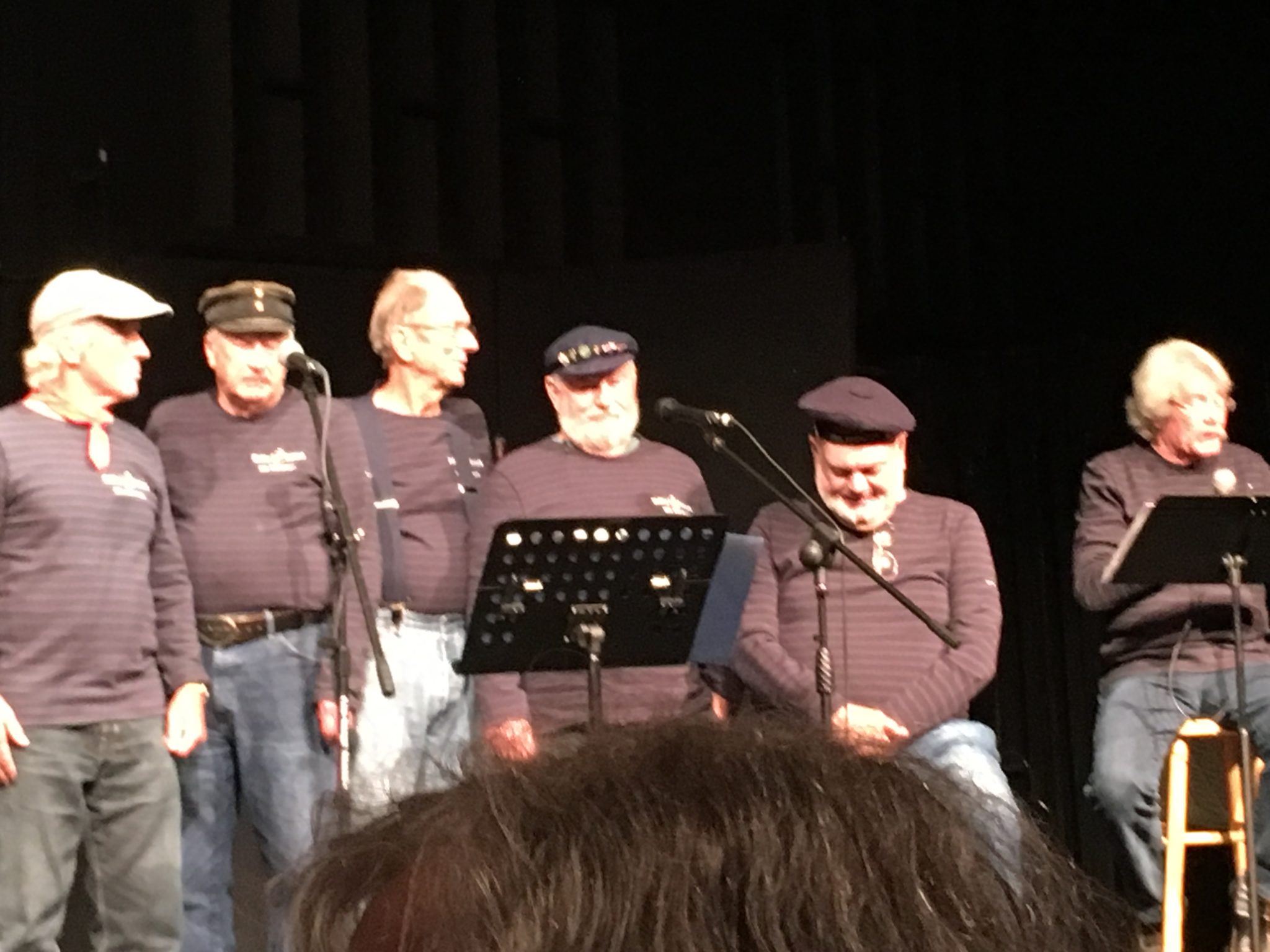
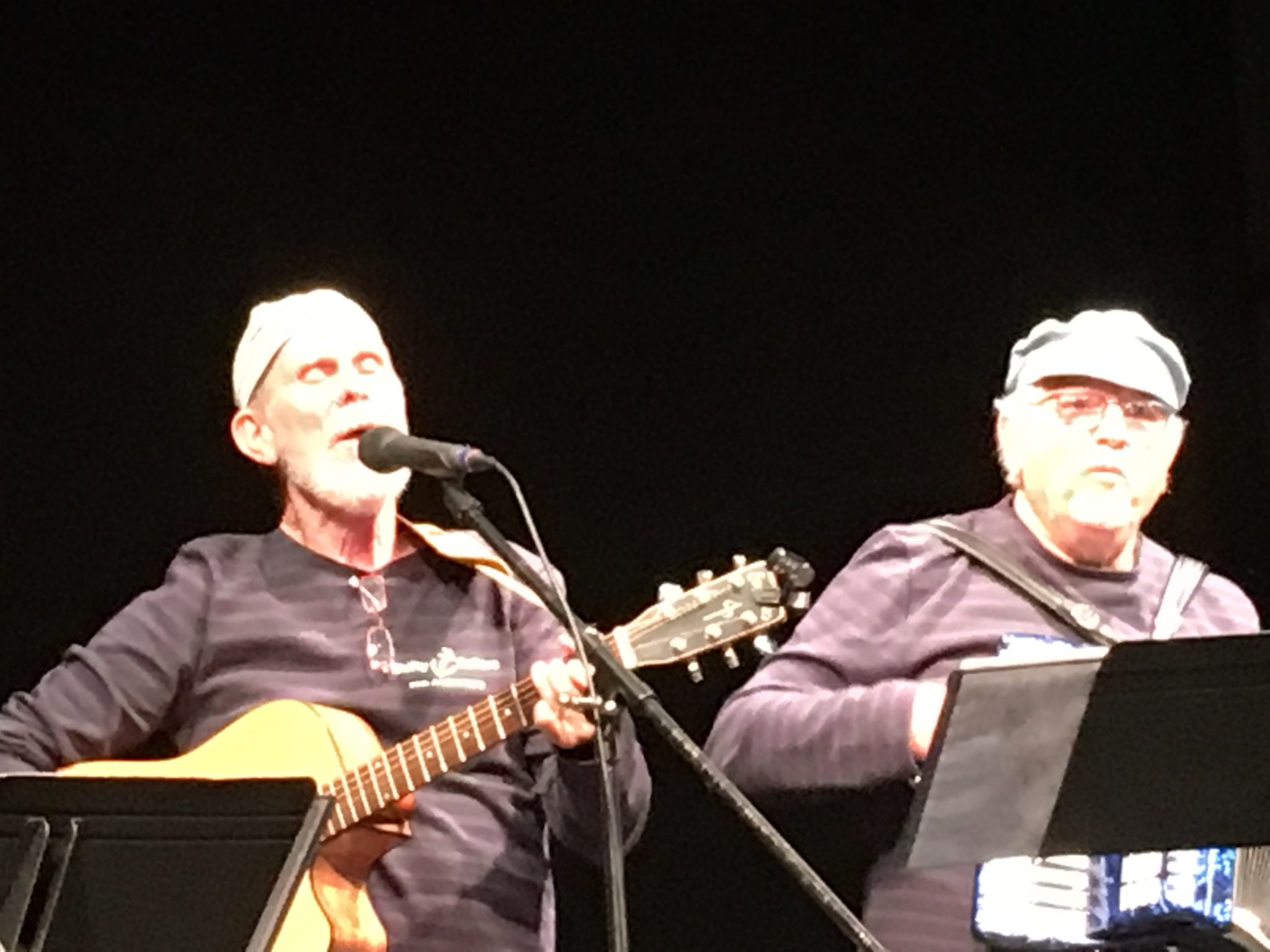
Cape Disappointment State Park
Cape Disappointment is on the north shore of the Columbia River in the state of Washington. It is the westernmost point reached by Lewis and Clark. The park contains the Lewis and Clark Interpretive Center which focuses on the famous expedition, maritime exhibits and artifacts, a First Order Fresnel Lens, a Life-Saving Service Surfboat, and shipwreck information. We hiked to the Cape Disappointment Lighthouse overlooking the Columbia River Bar, and the North Head Lighthouse on the Pacific coast. We also hiked past the Cape Disappointment Coast Guard Station to the tip of the Cape for views of the Pacific and North Jetty.
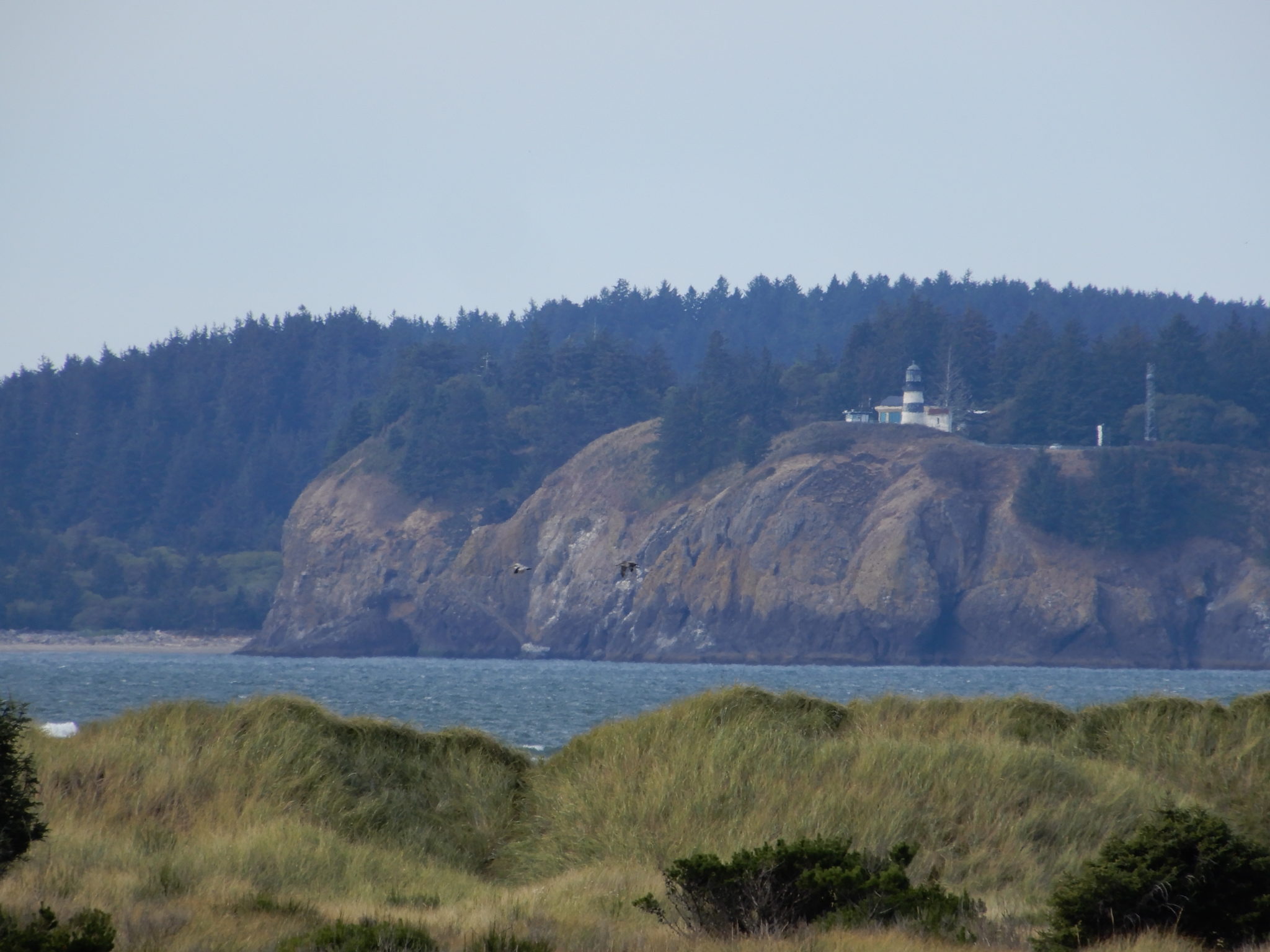
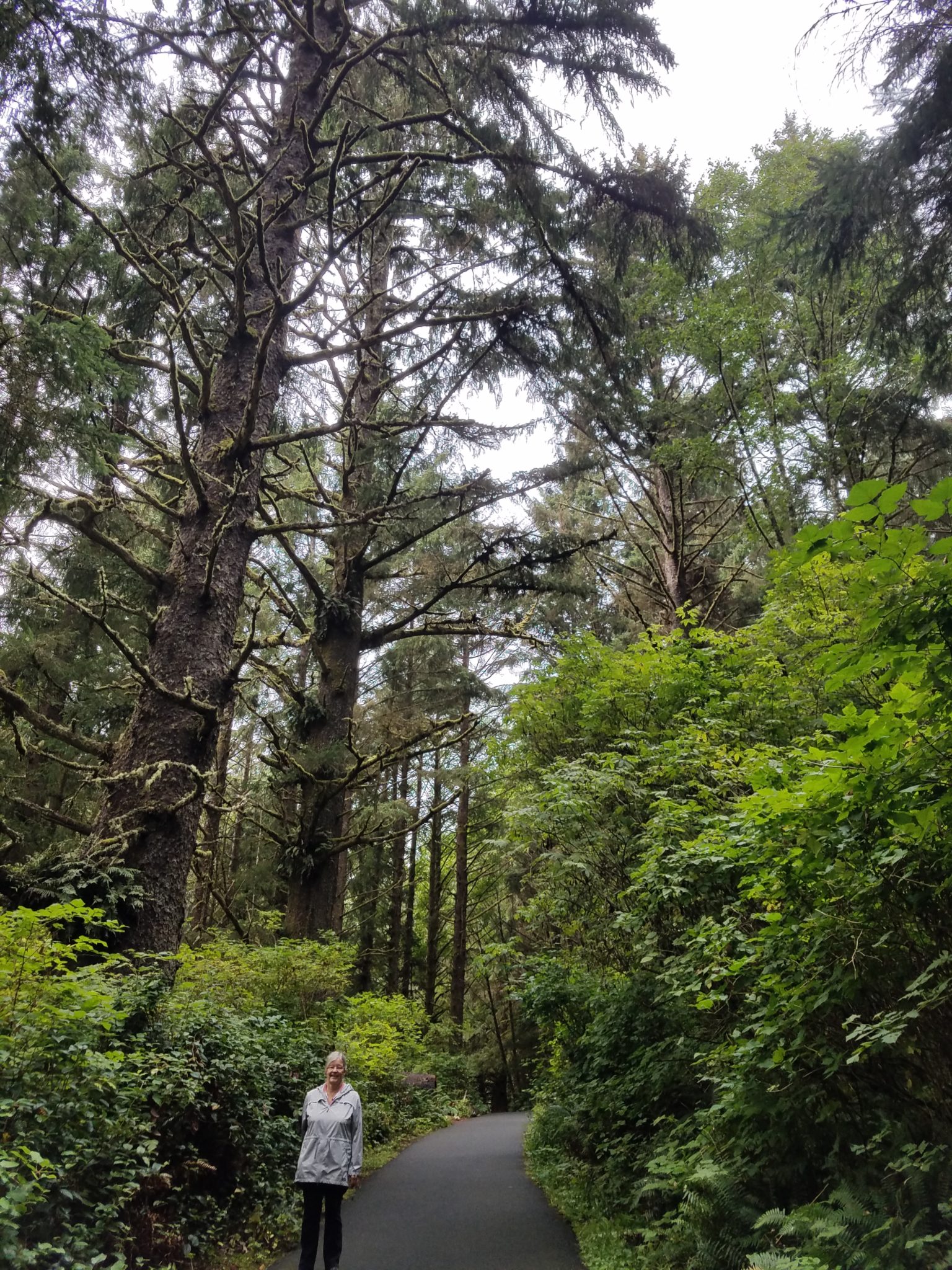
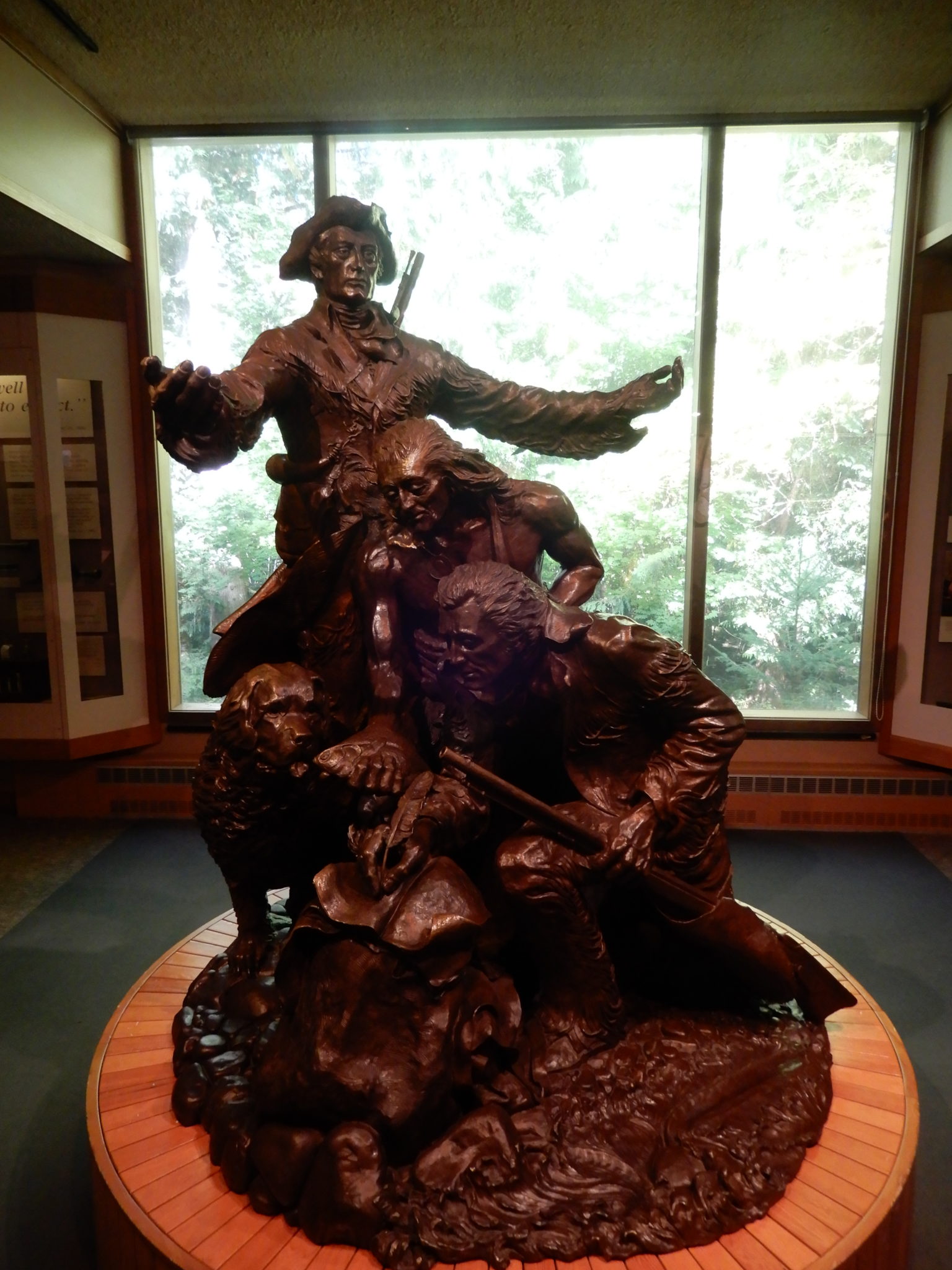
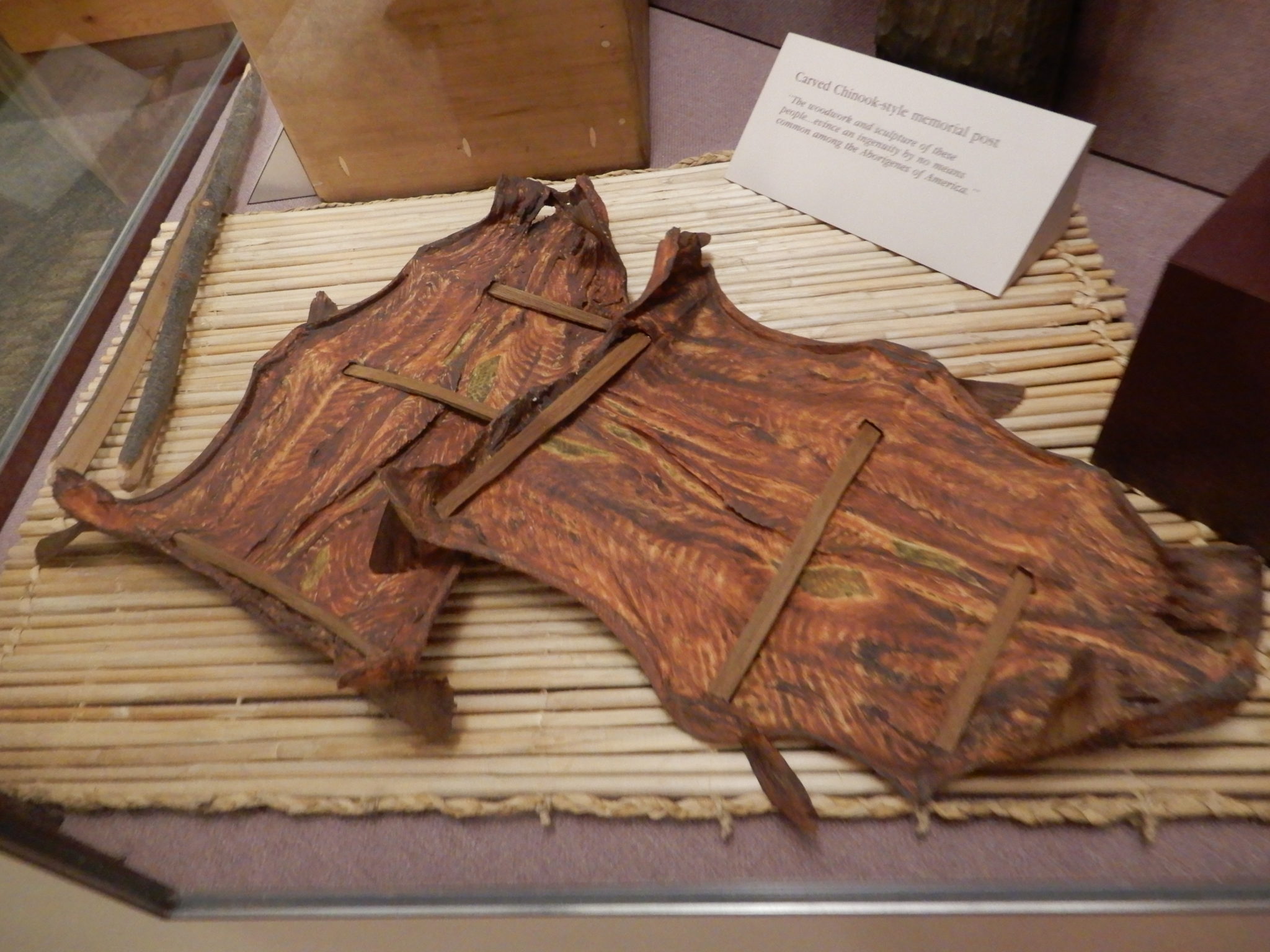
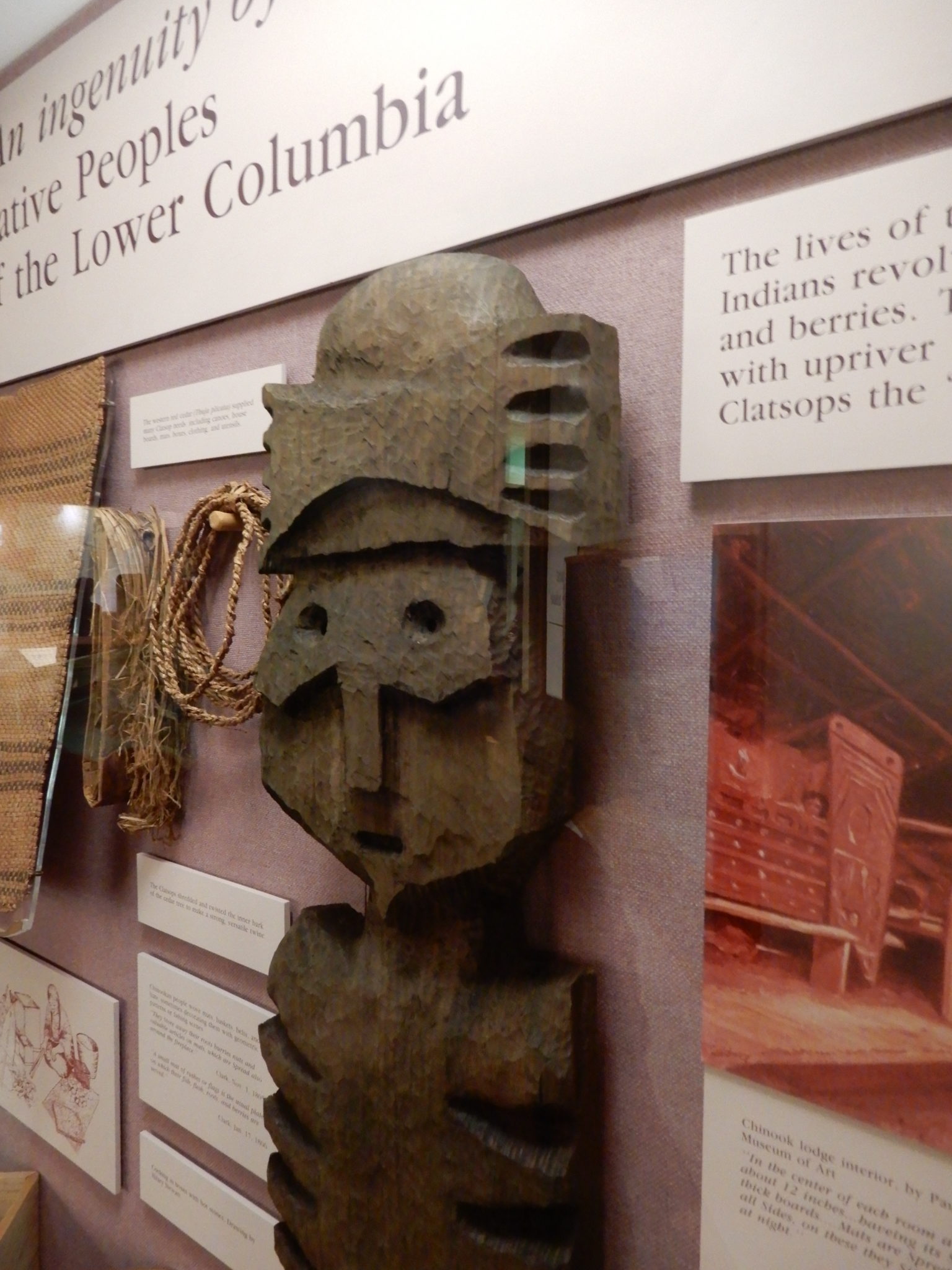
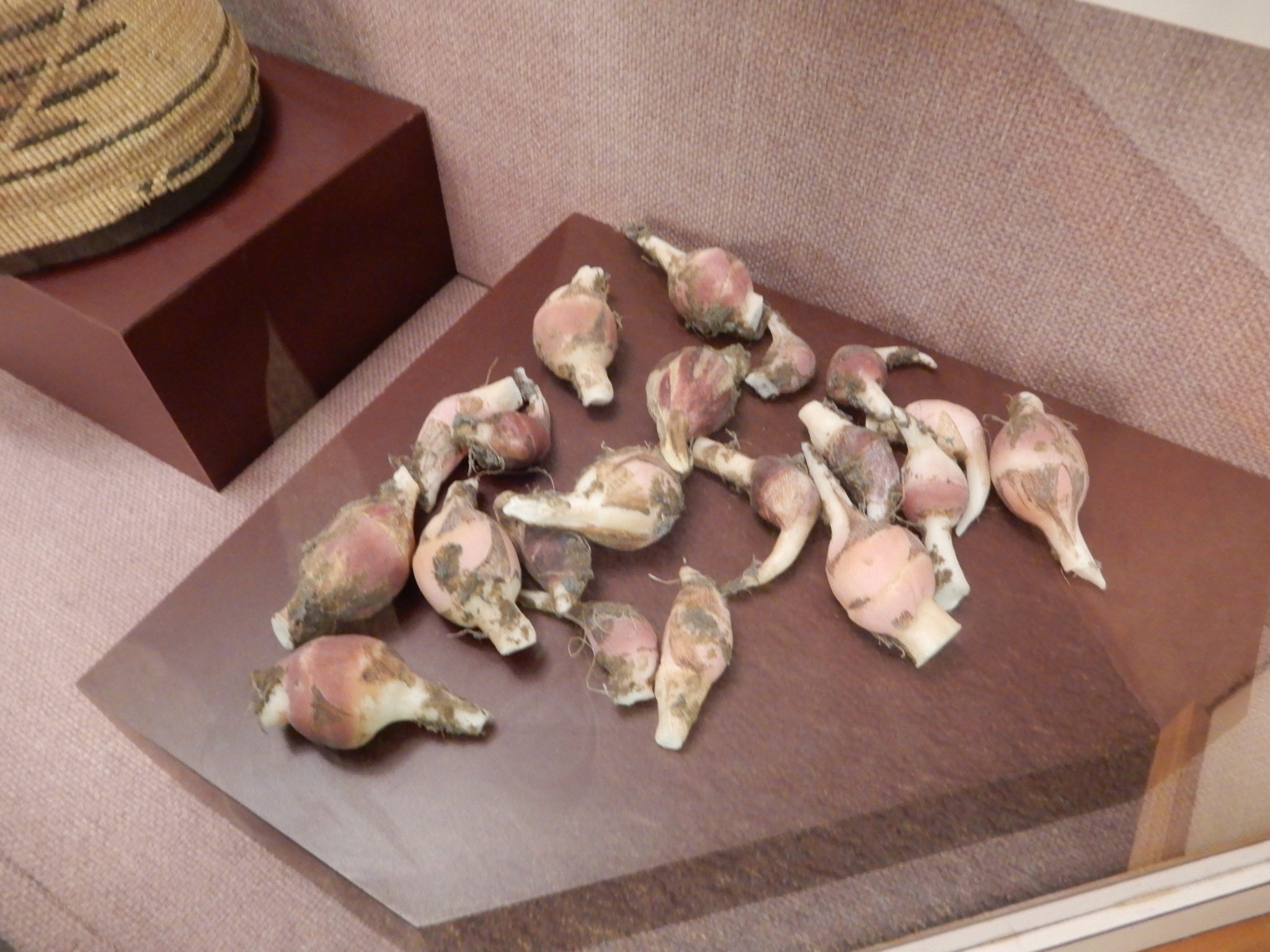
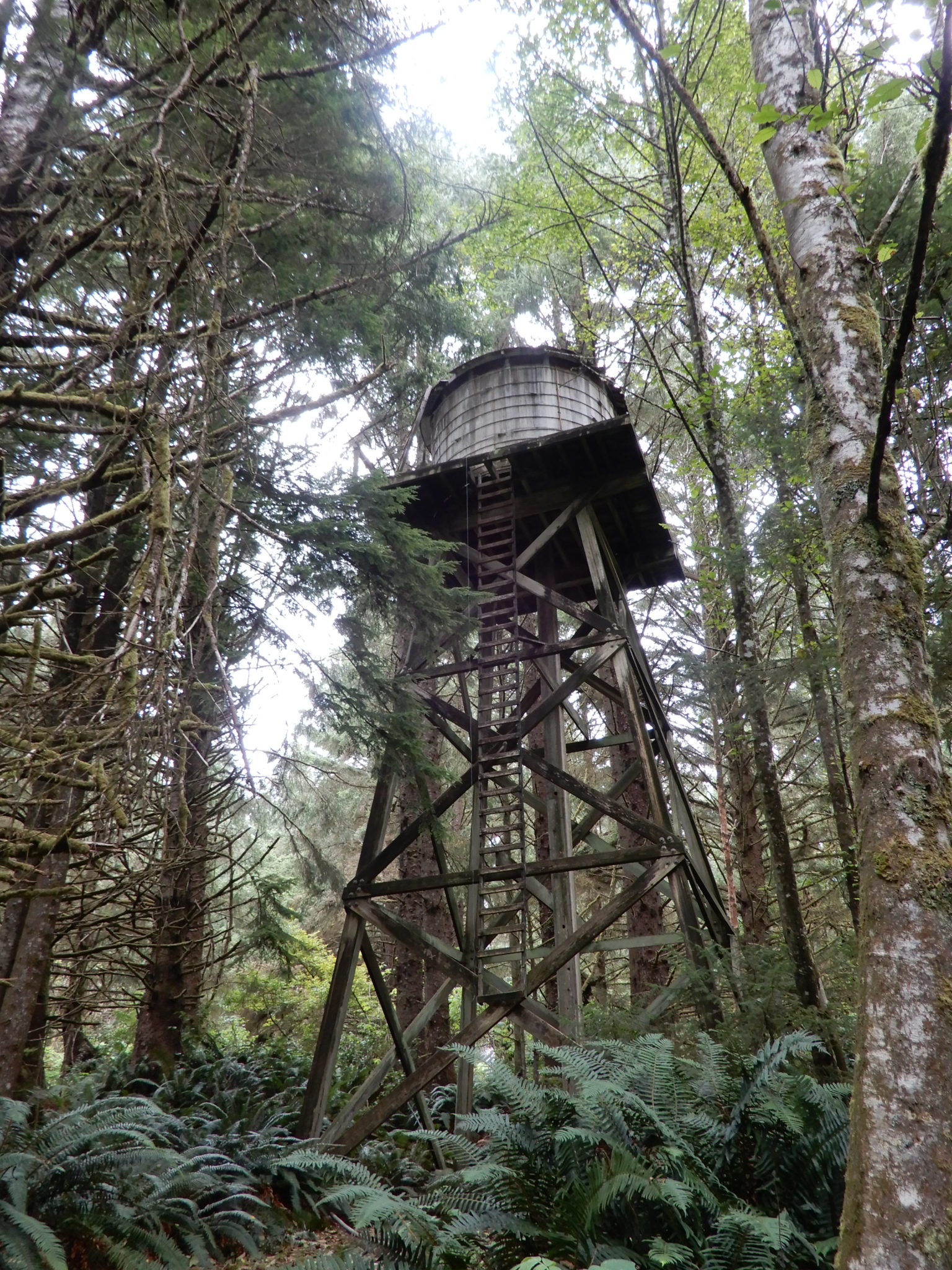
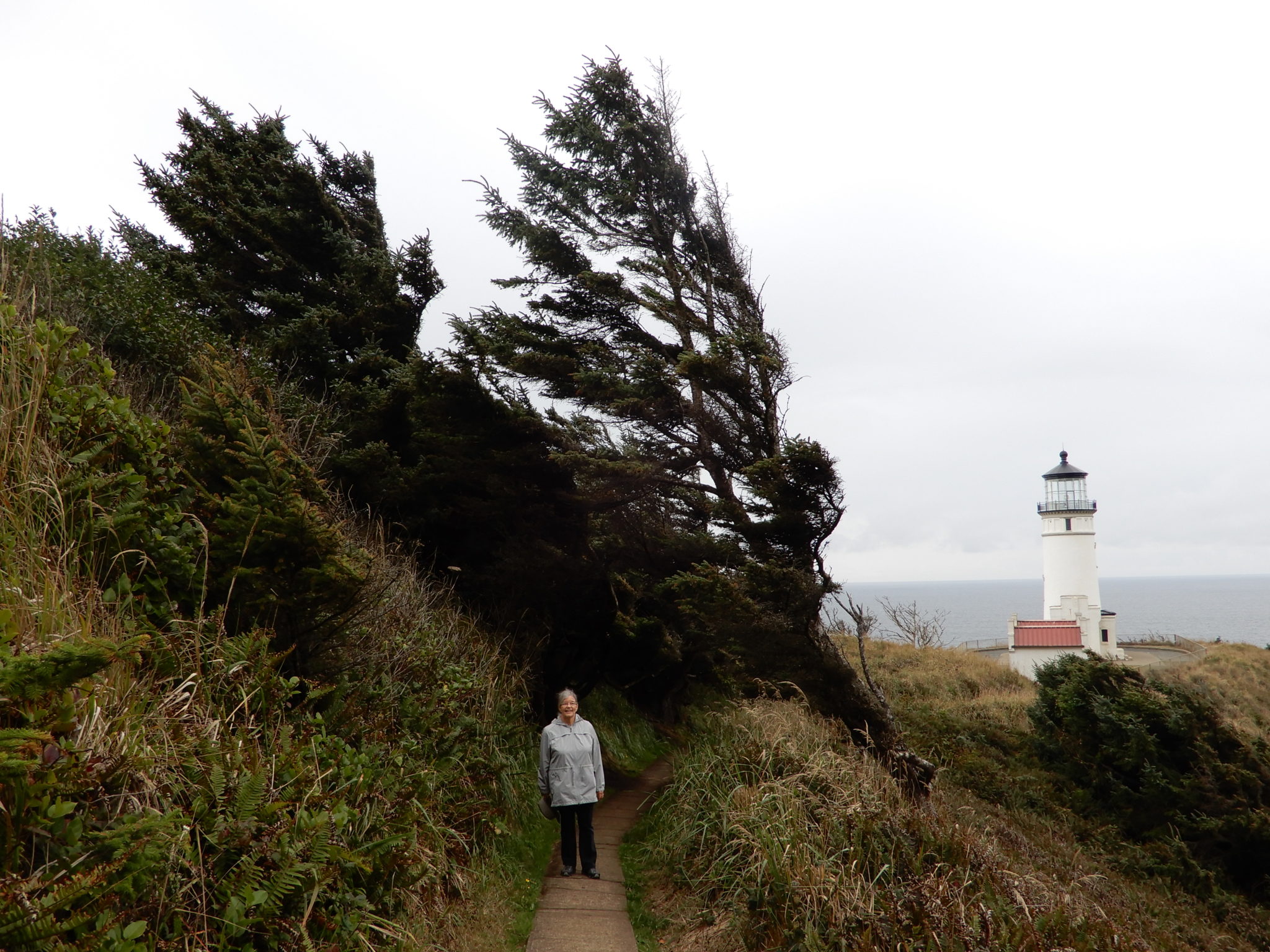
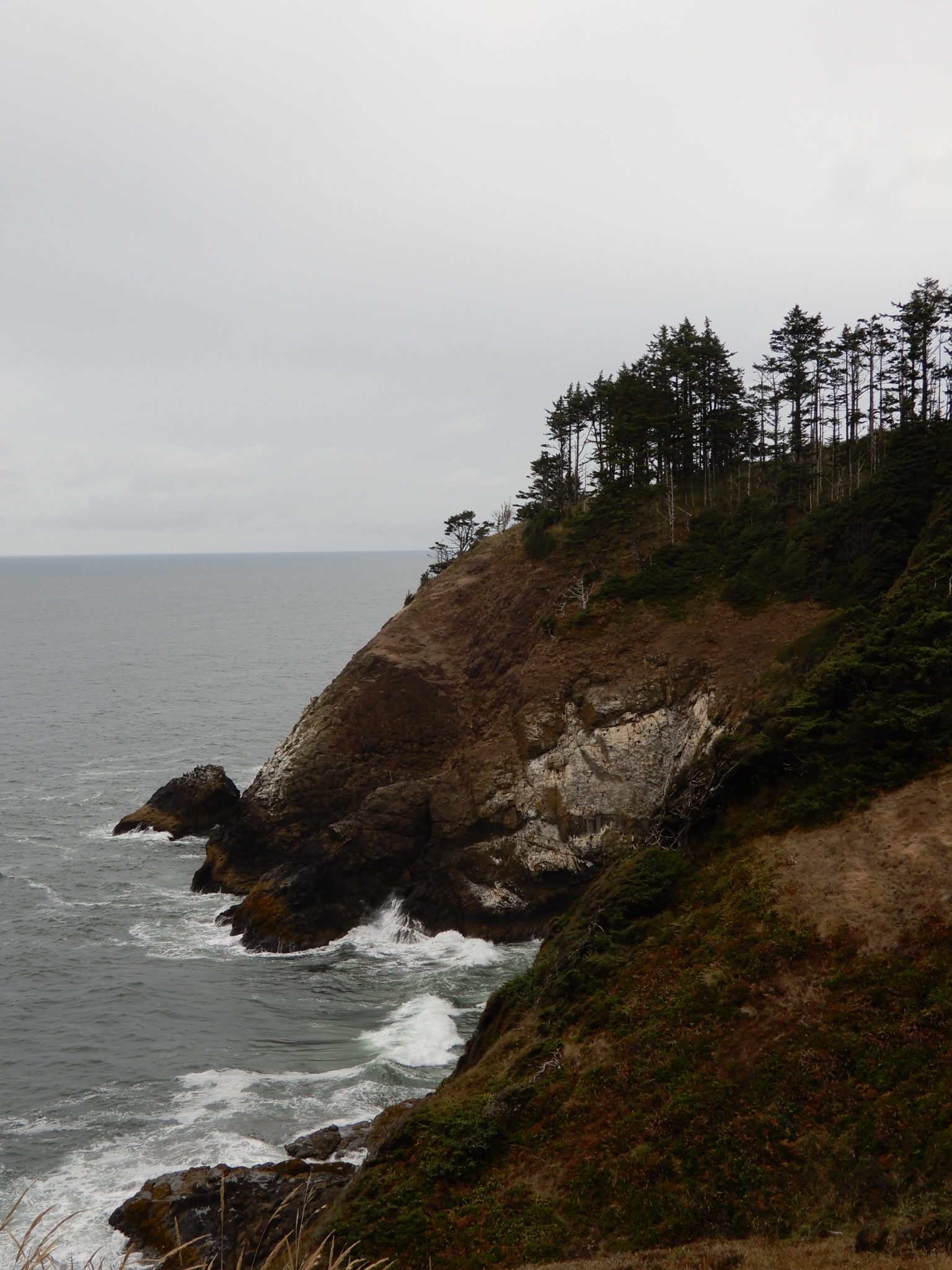
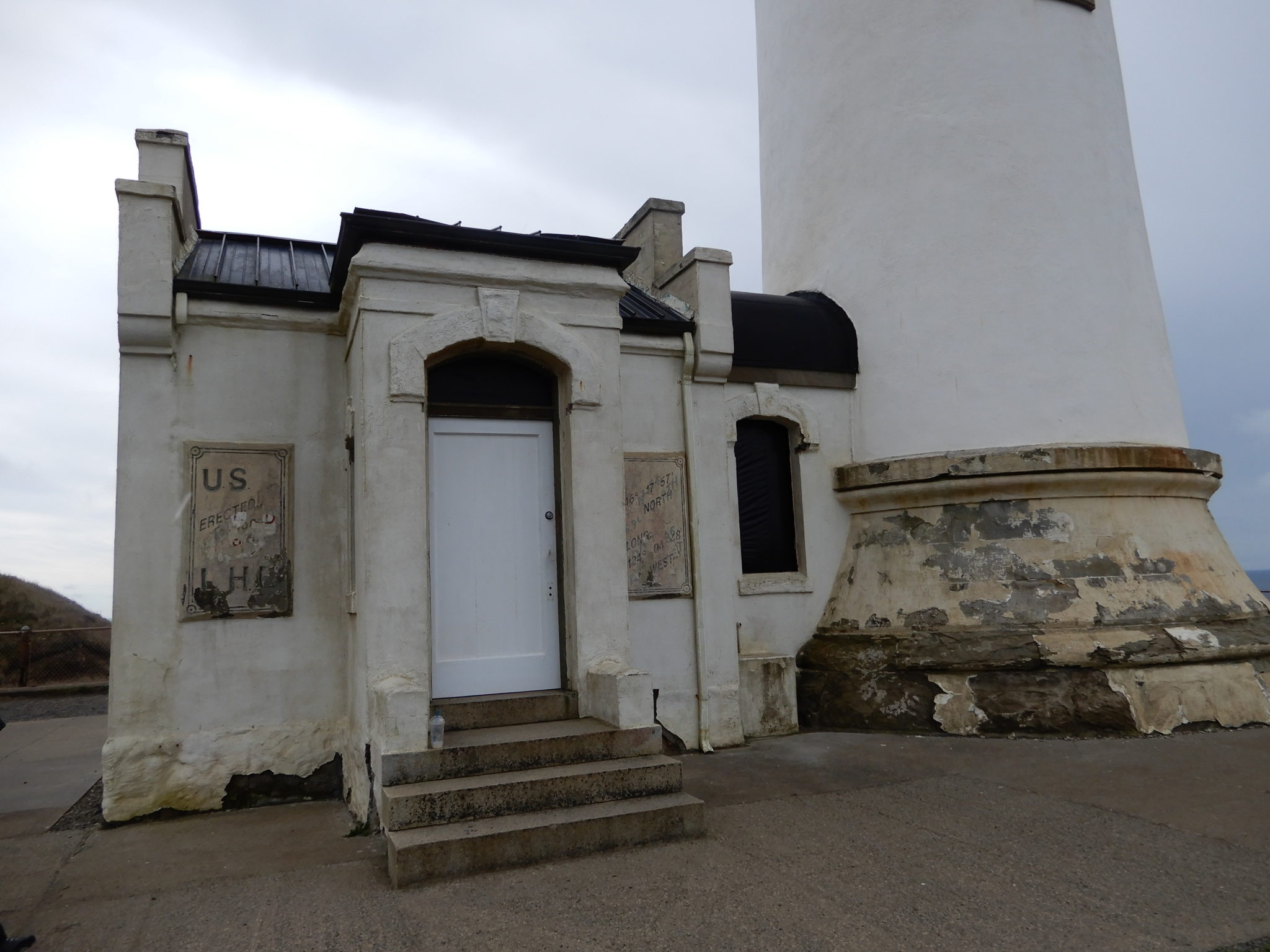

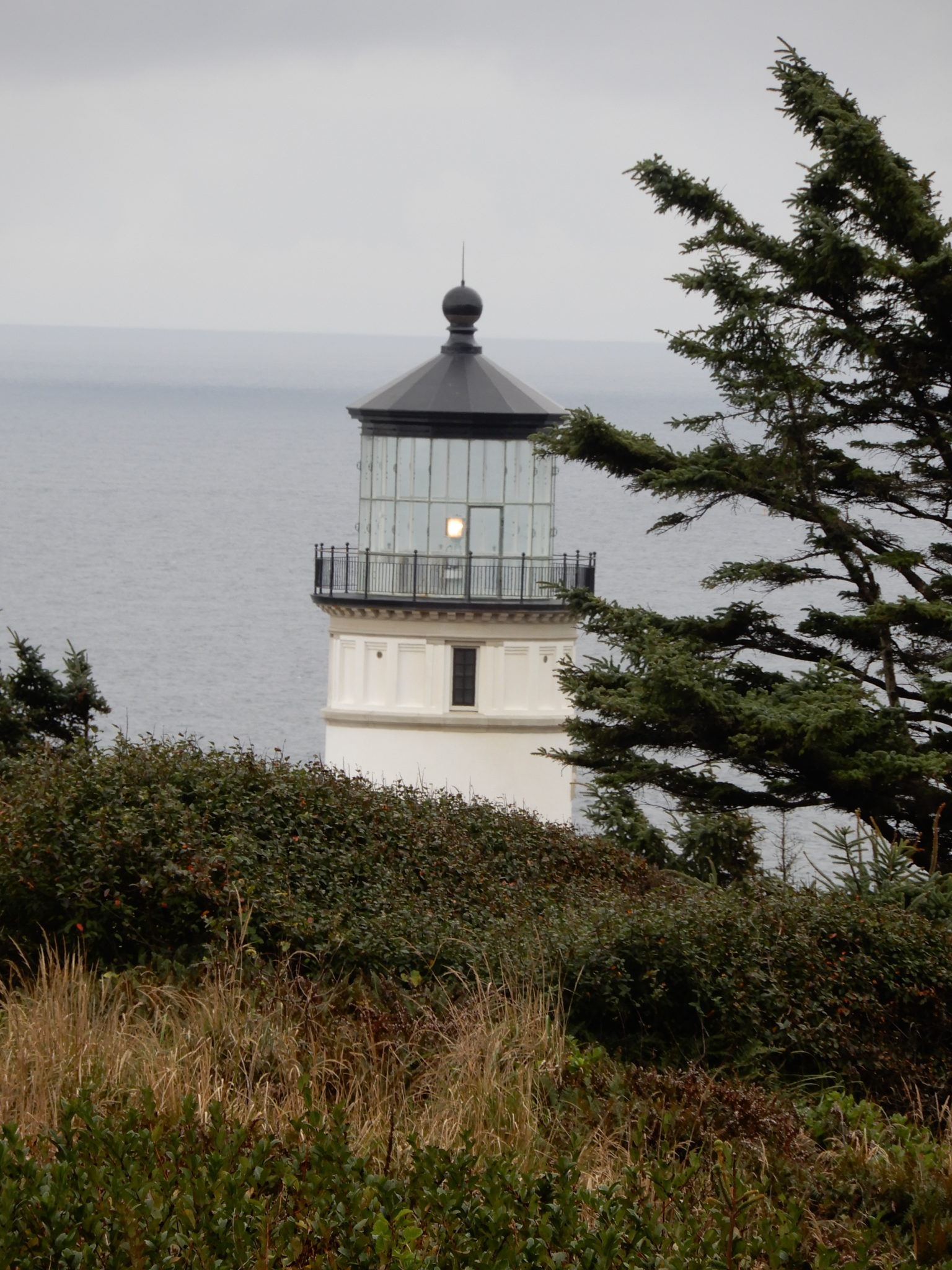
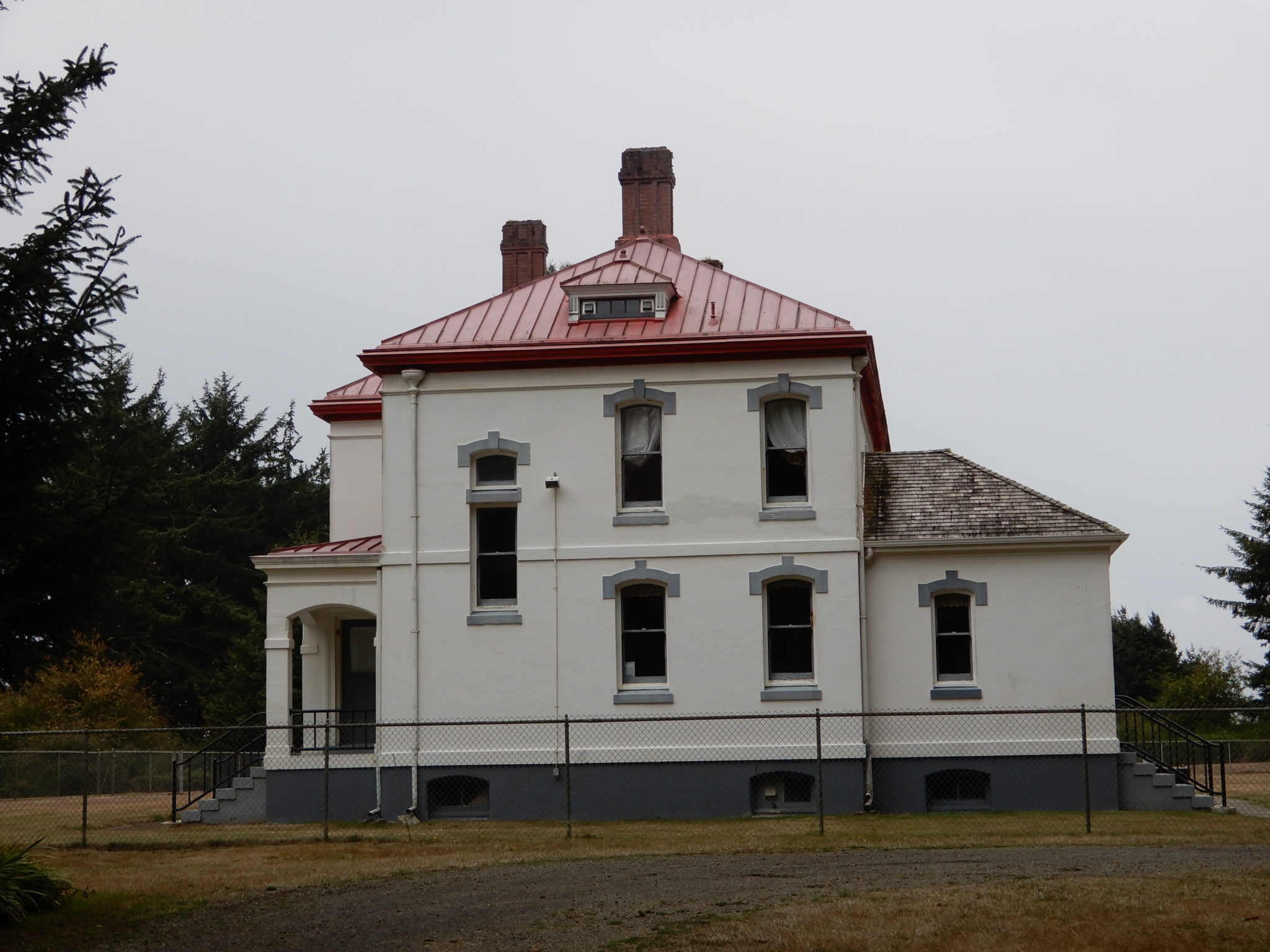
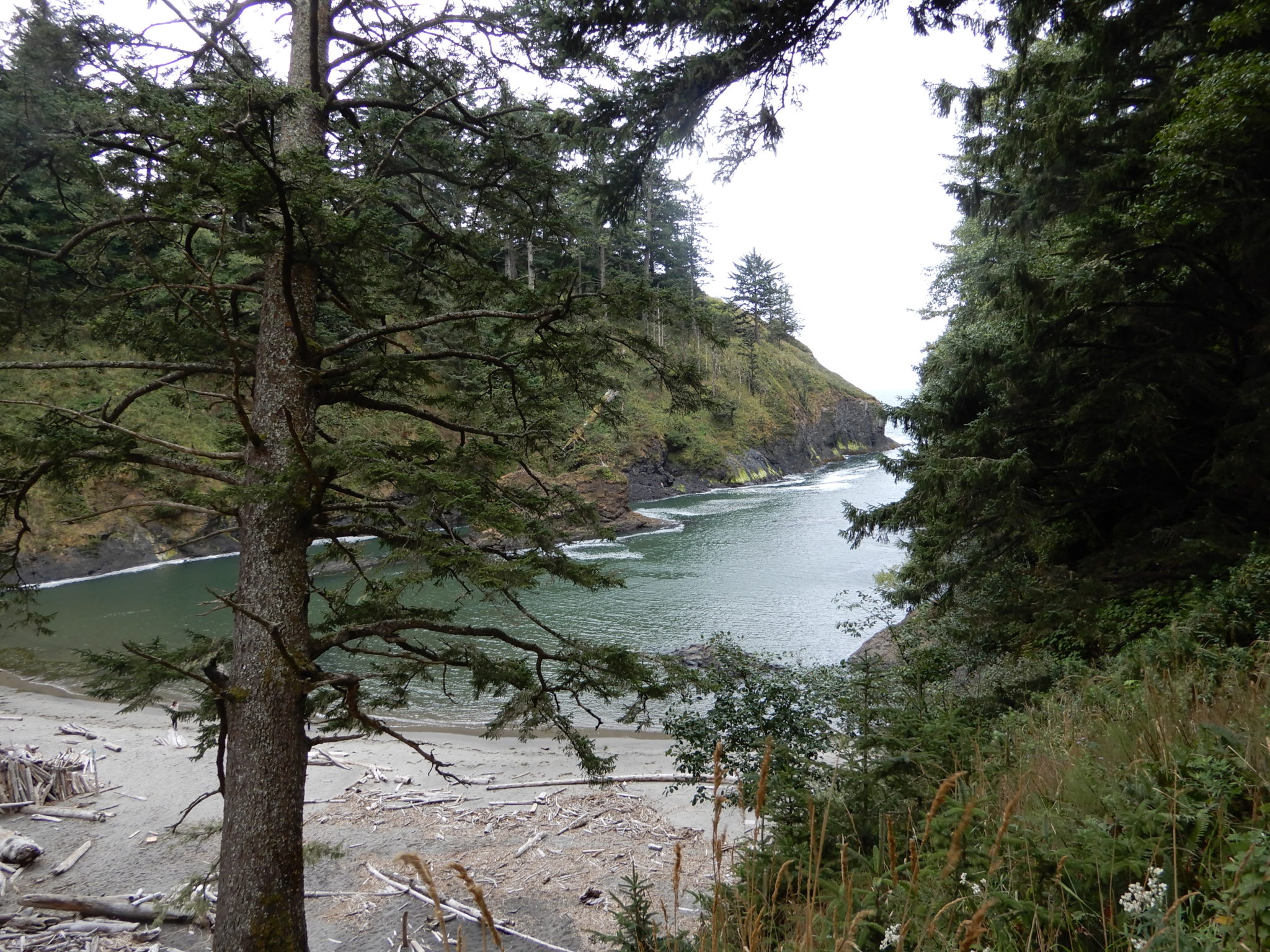
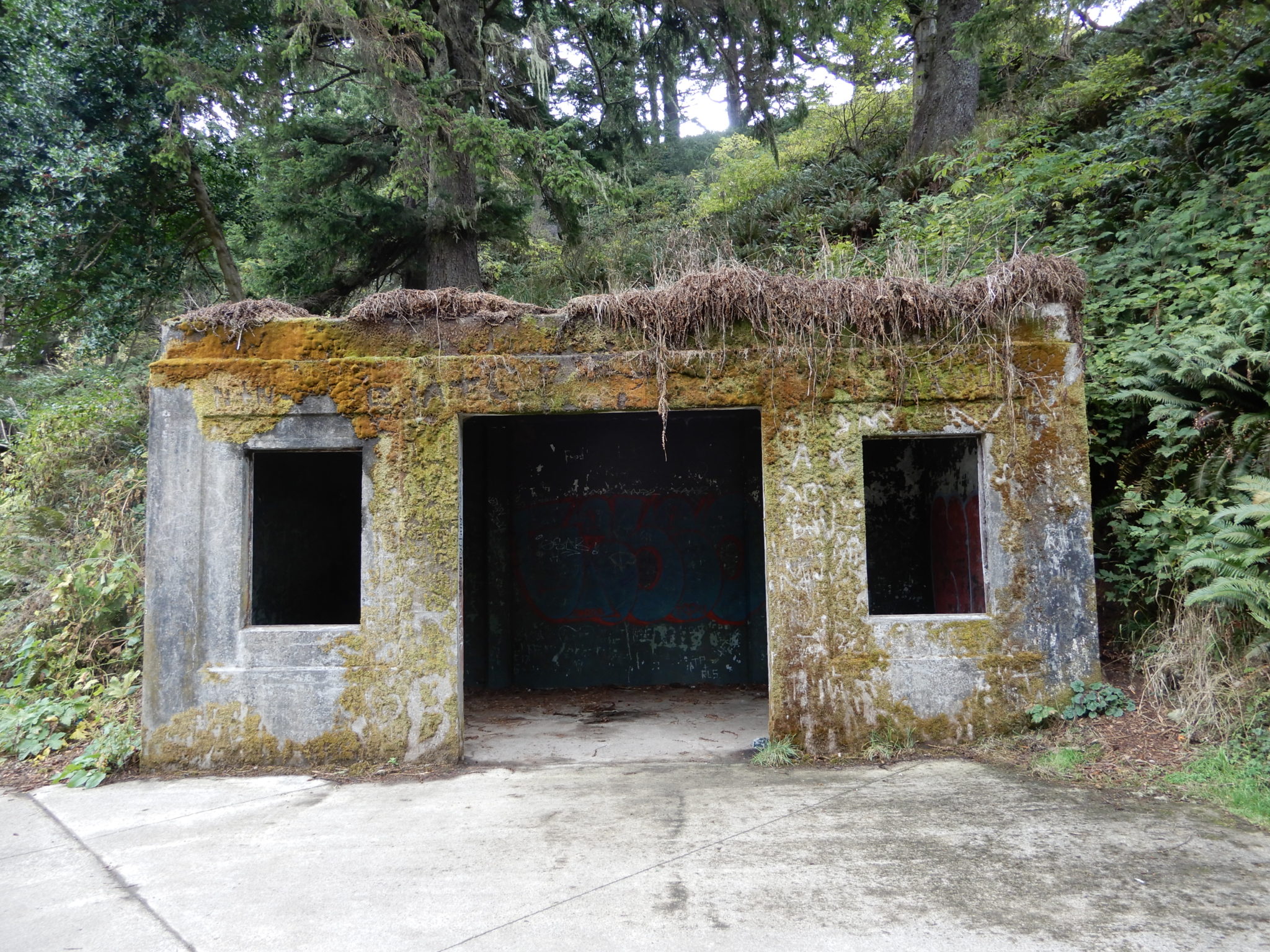
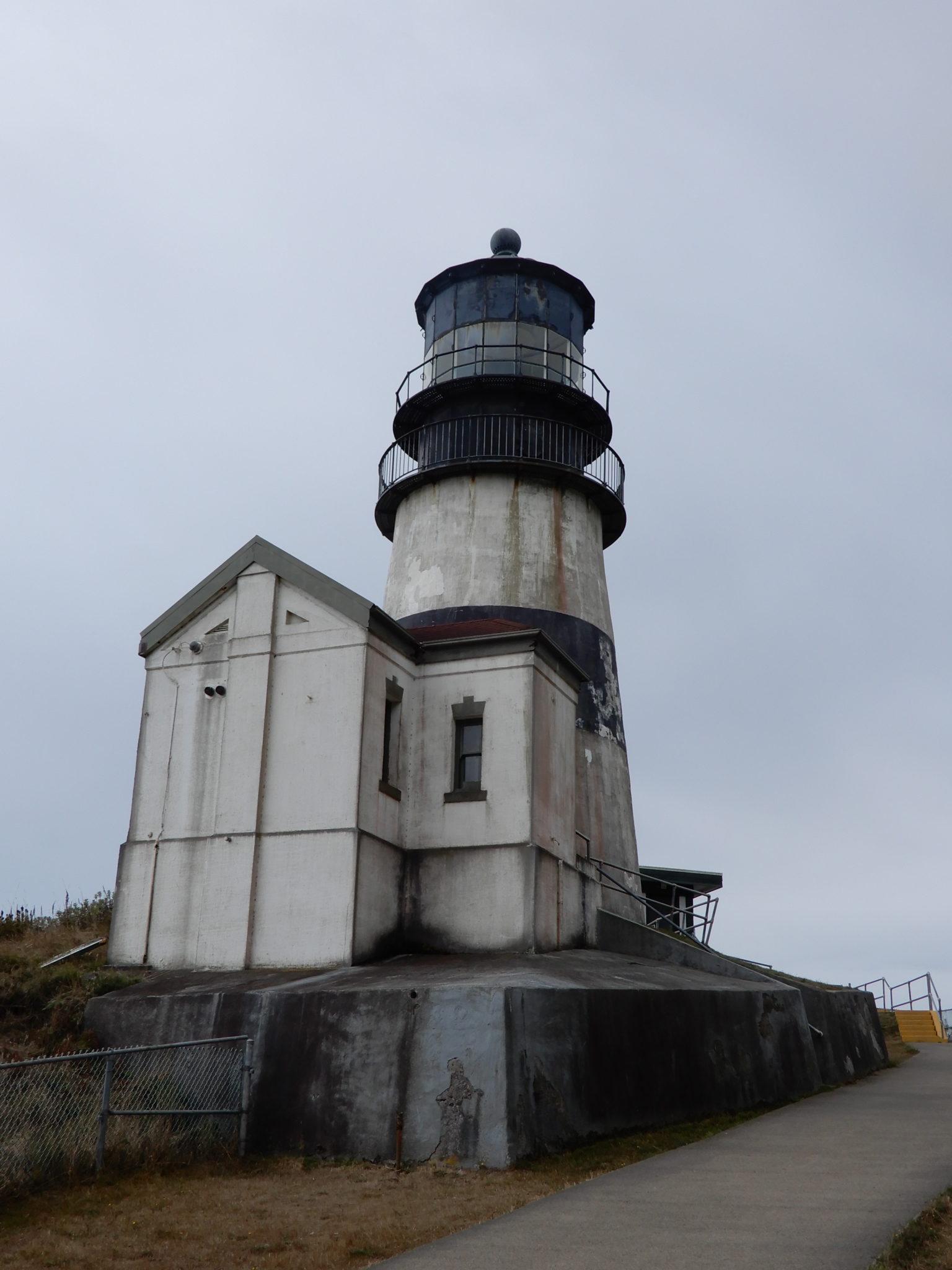
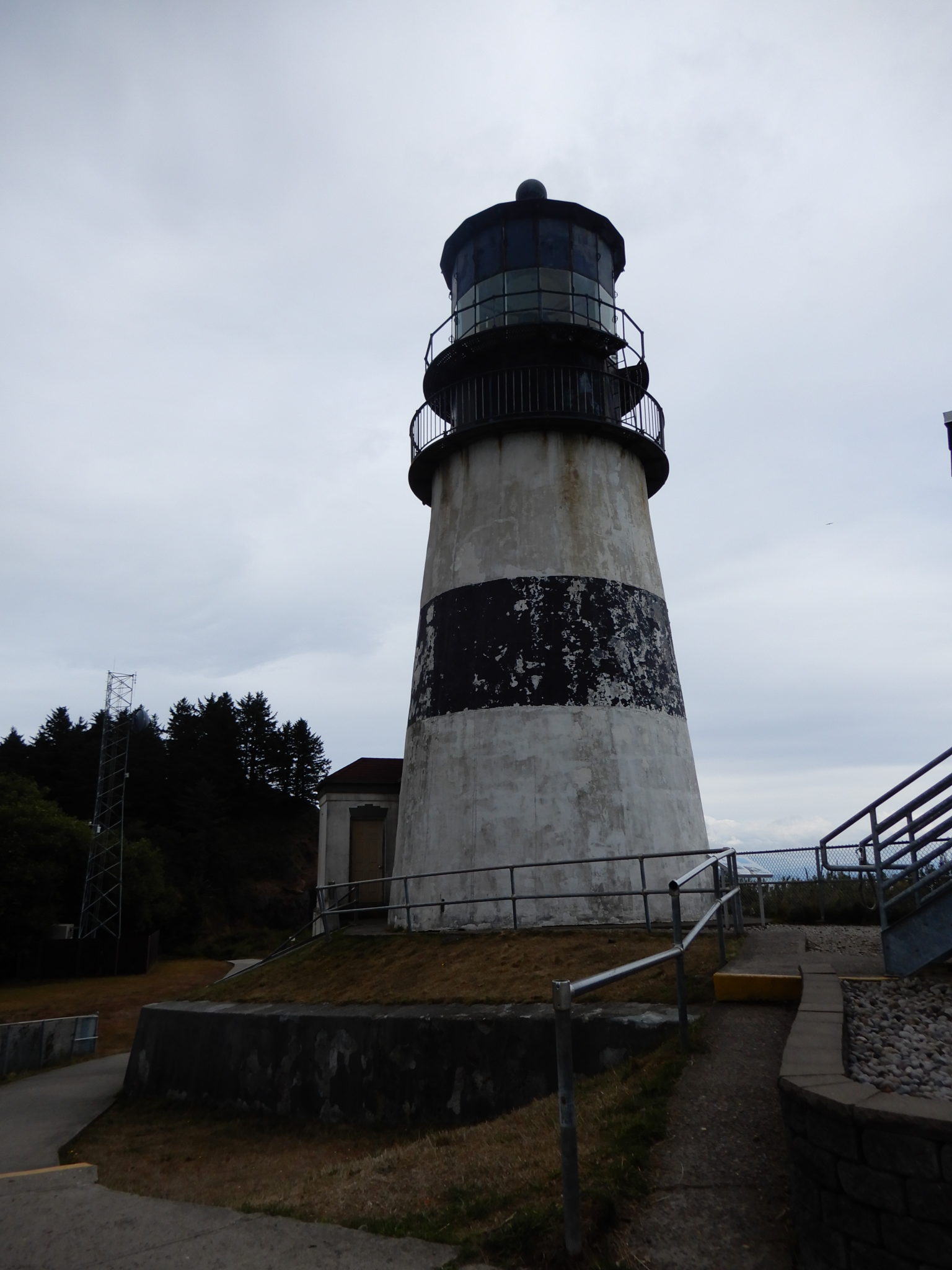
Fort Stevens State Park
This is the largest state park on the Oregon coast and includes miles of beaches, camping, boating, swimming, fishing, biking, nature trails, and wildlife viewing areas. The fort was constructed in 1863-64 during the Civil War as an earthwork battery on the south shore at the mouth of the Columbia River and was known as the Fort at Point Adams. It was renamed Fort Stevens in 1865 in honor of the former territorial governor of Washington, Isaac Stevens, who had been killed in action. The fort was expanded and modernized several times and was an active military reservation until 1947 and is now listed on the National Register of Historic Places.
We toured the fort’s Historical Museum, explored the many fortifications, buildings, bunkers and gun placements. Seeing all the military advancements in fort construction and armament from the Civil War through the Second World War in one place was very interesting. We also took a tour of the facility in an old “deuce and a half”, a WWII era military transport truck. Loud, bumpy and uncomfortable but entertaining anyway.
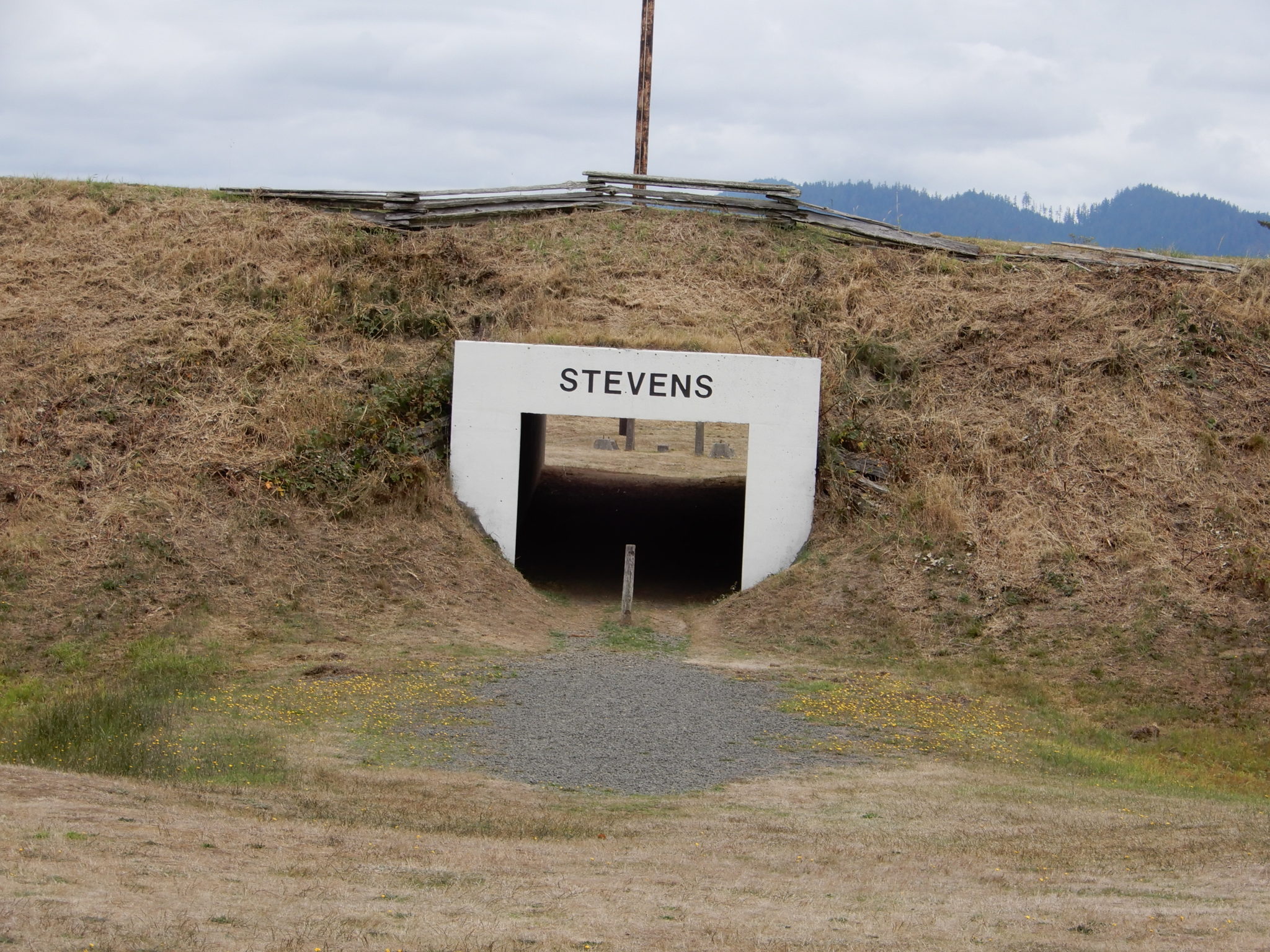
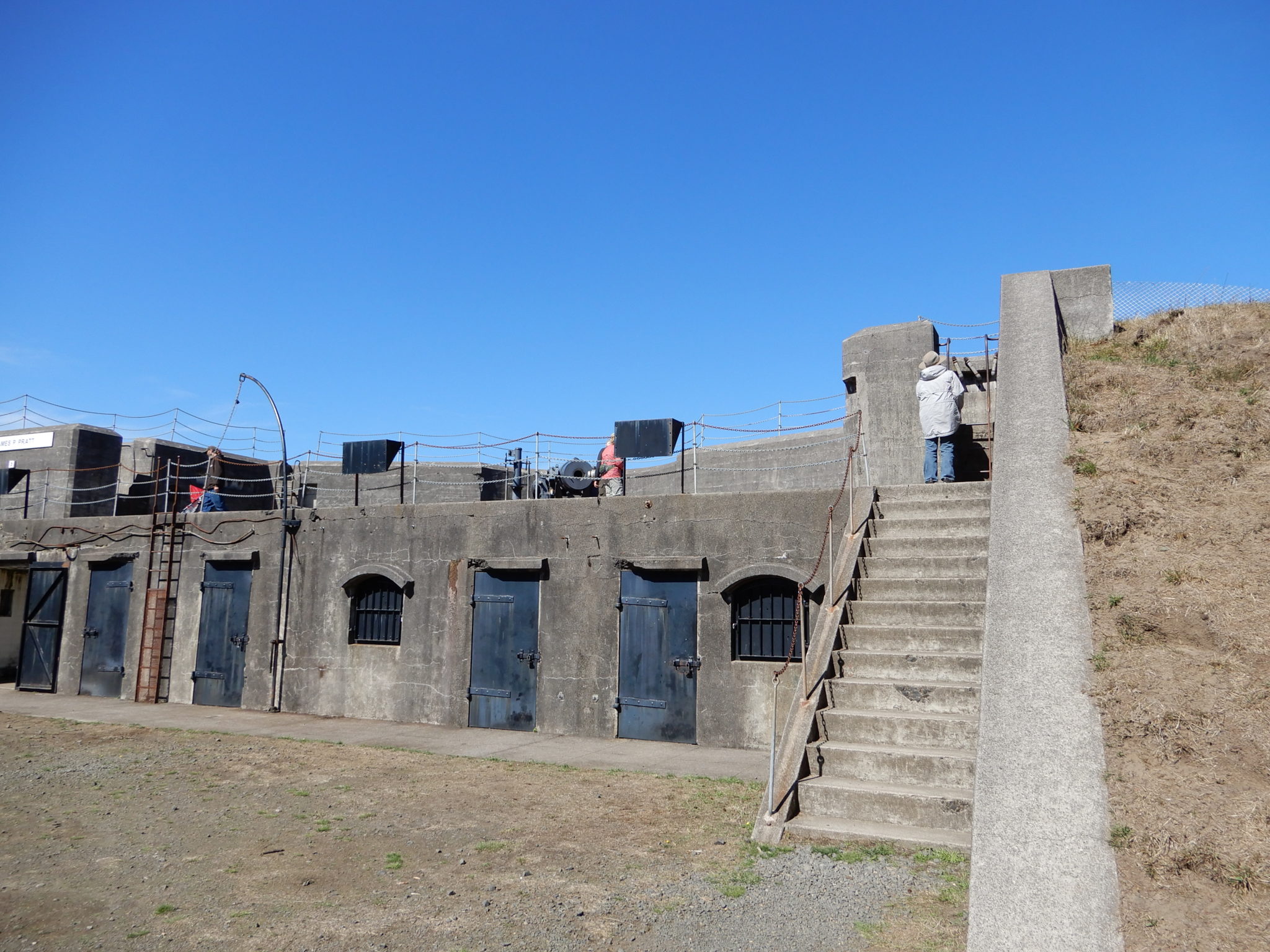
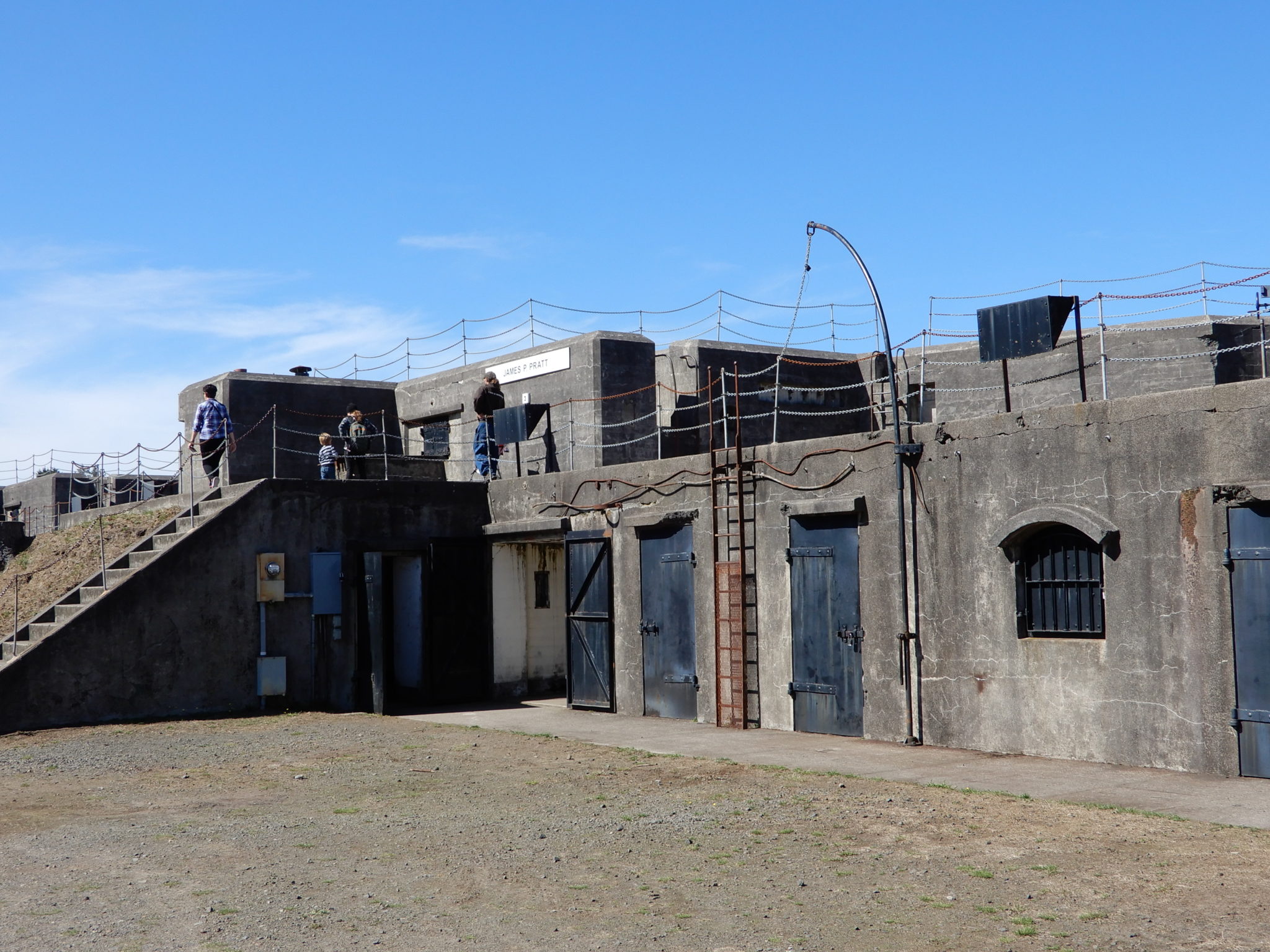
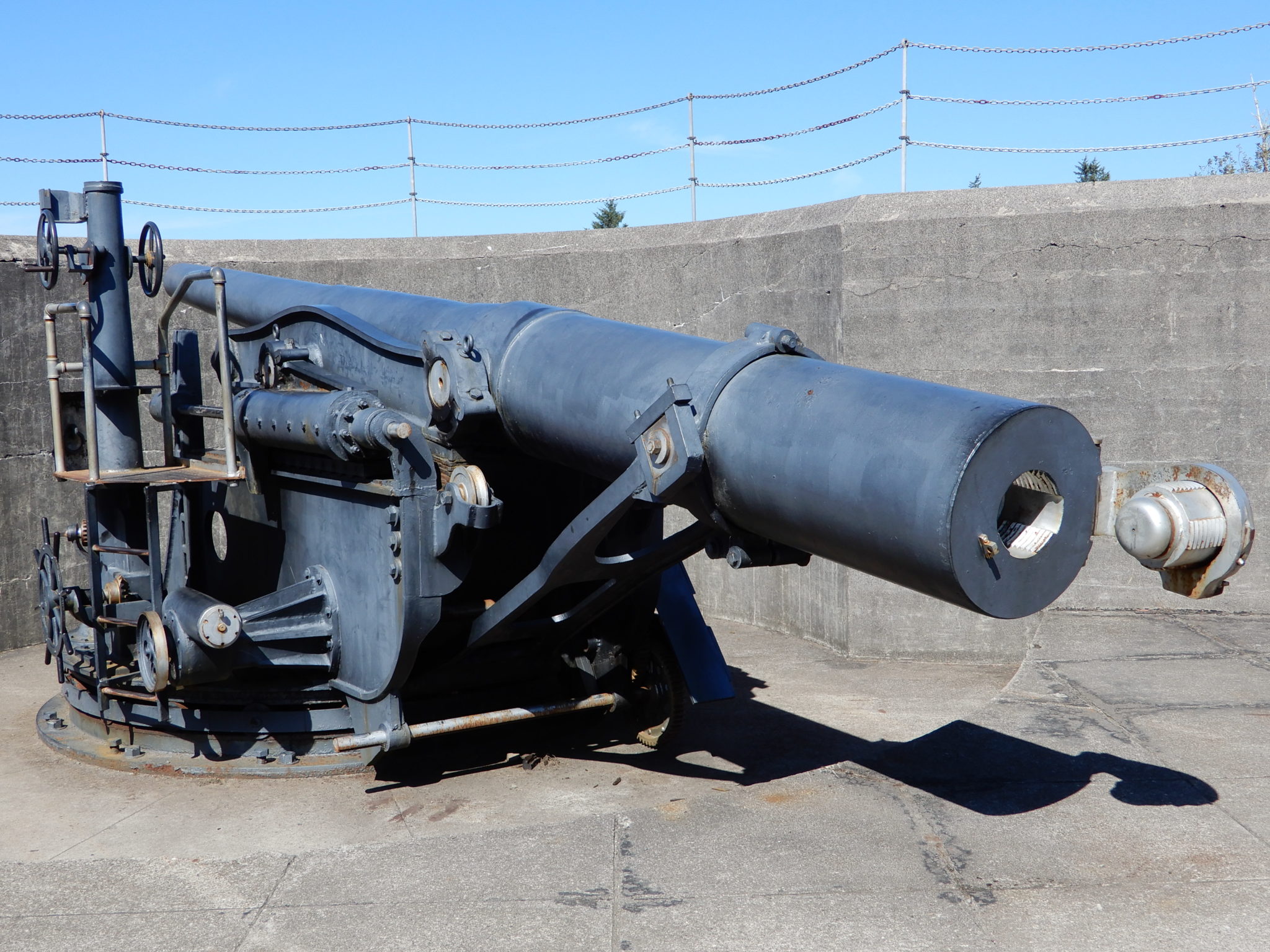
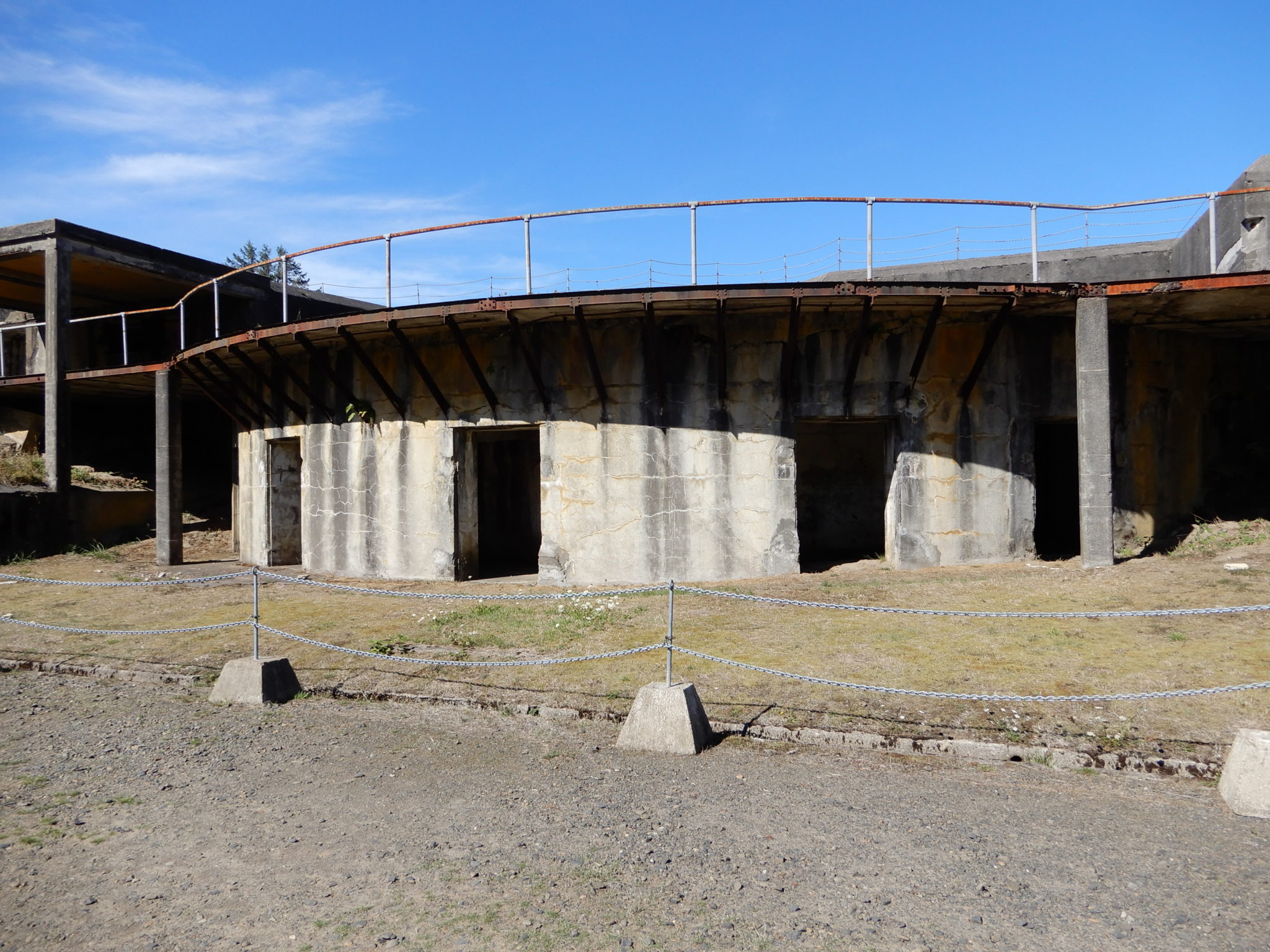
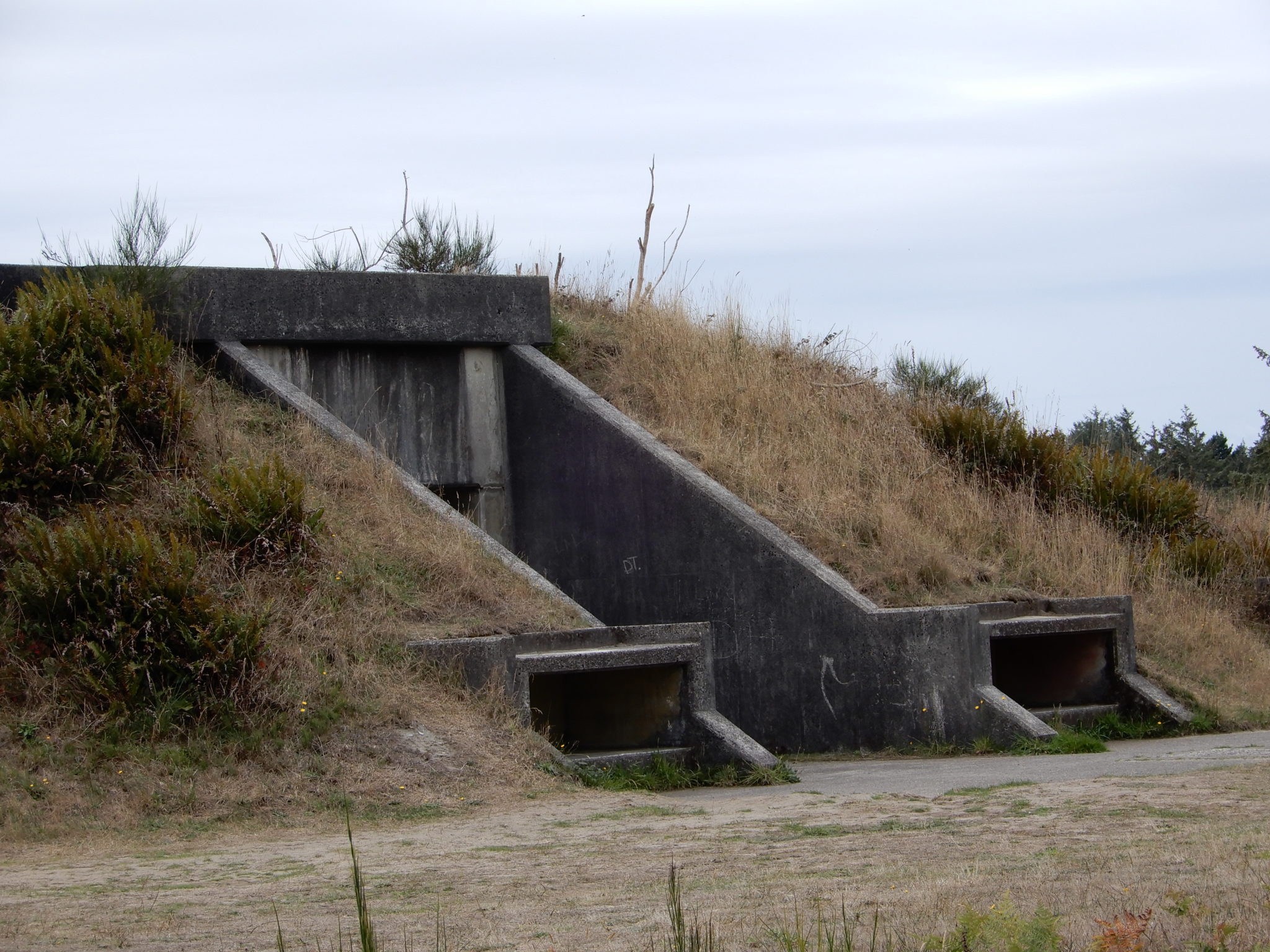
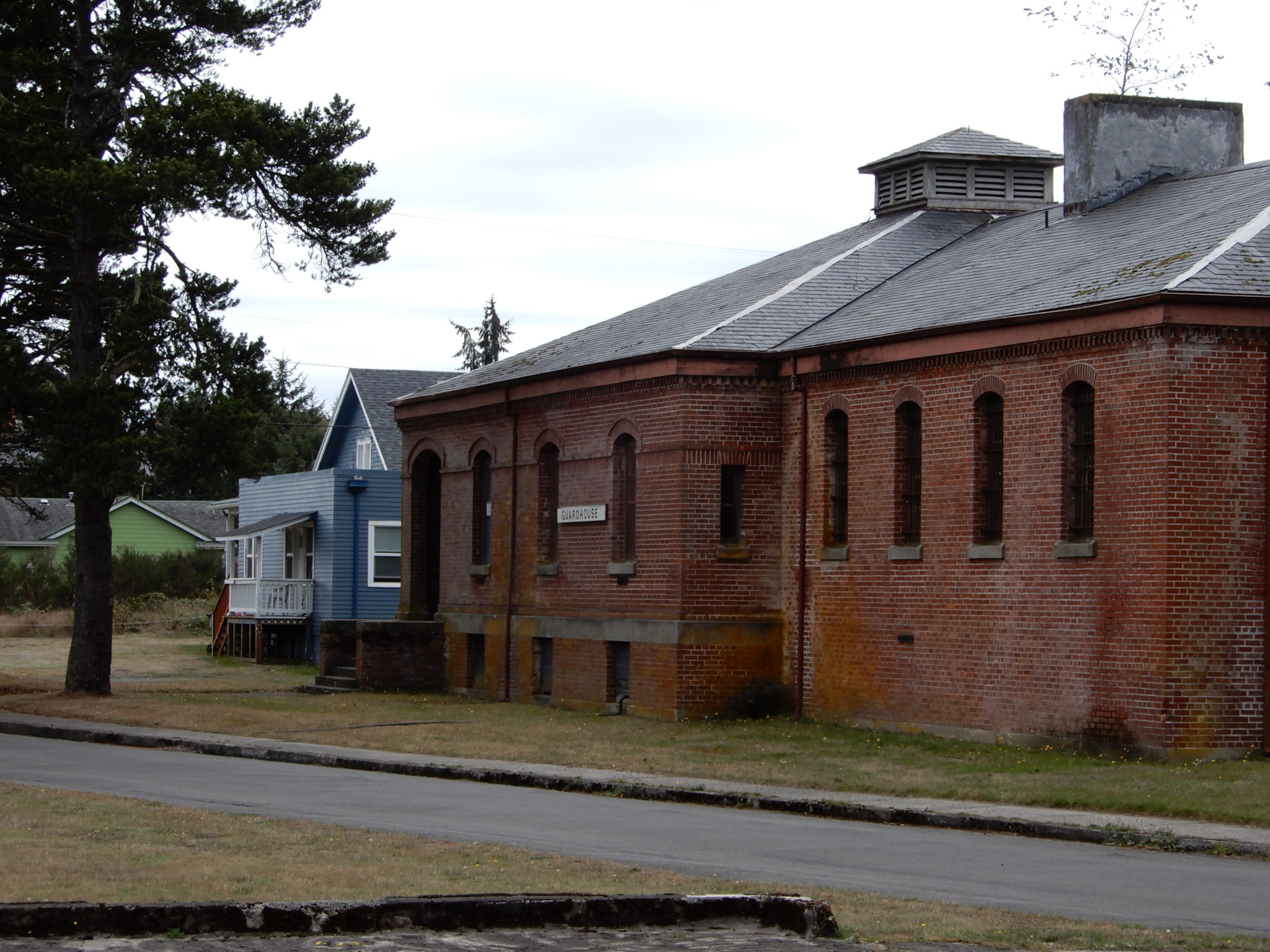
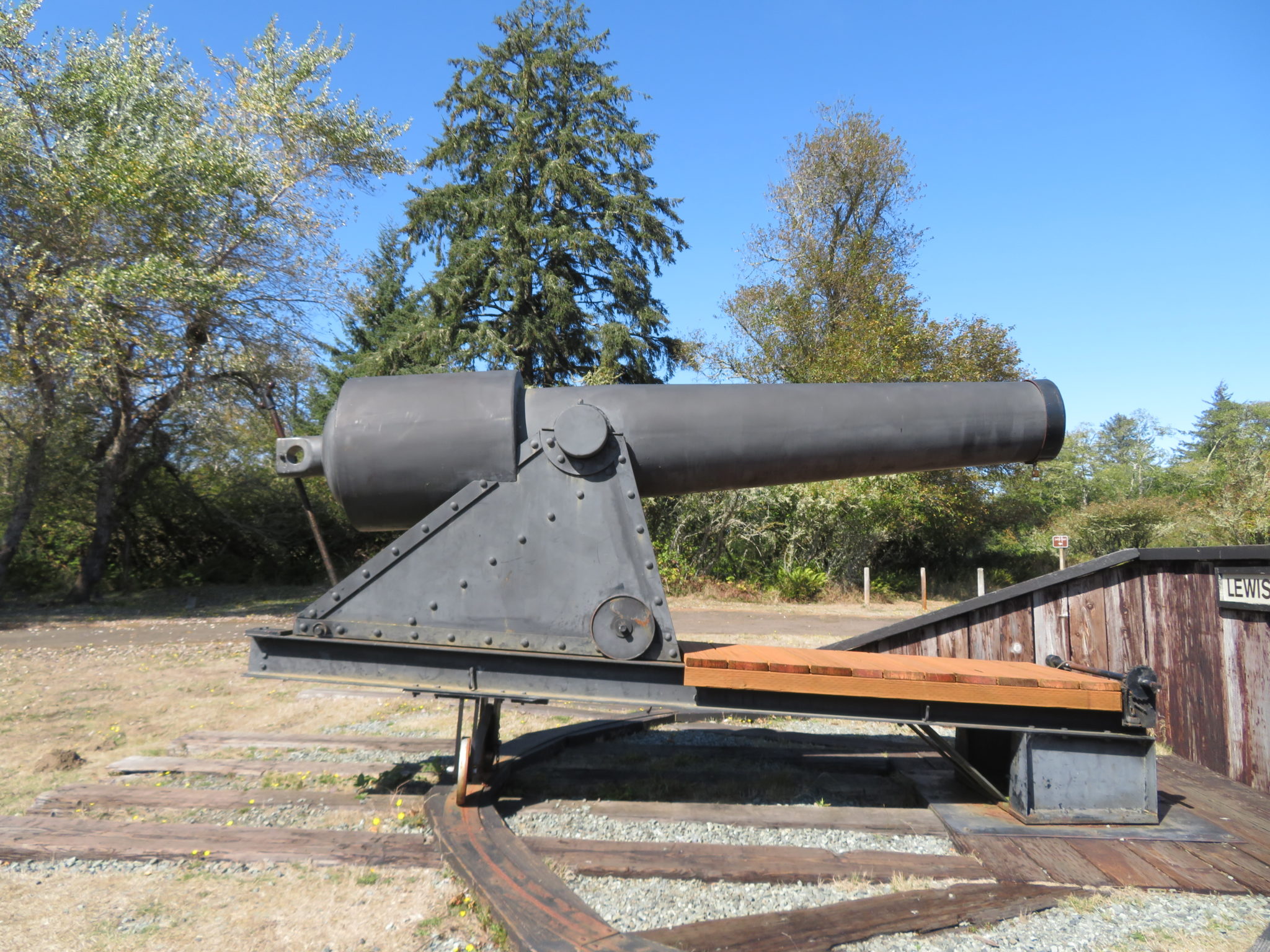
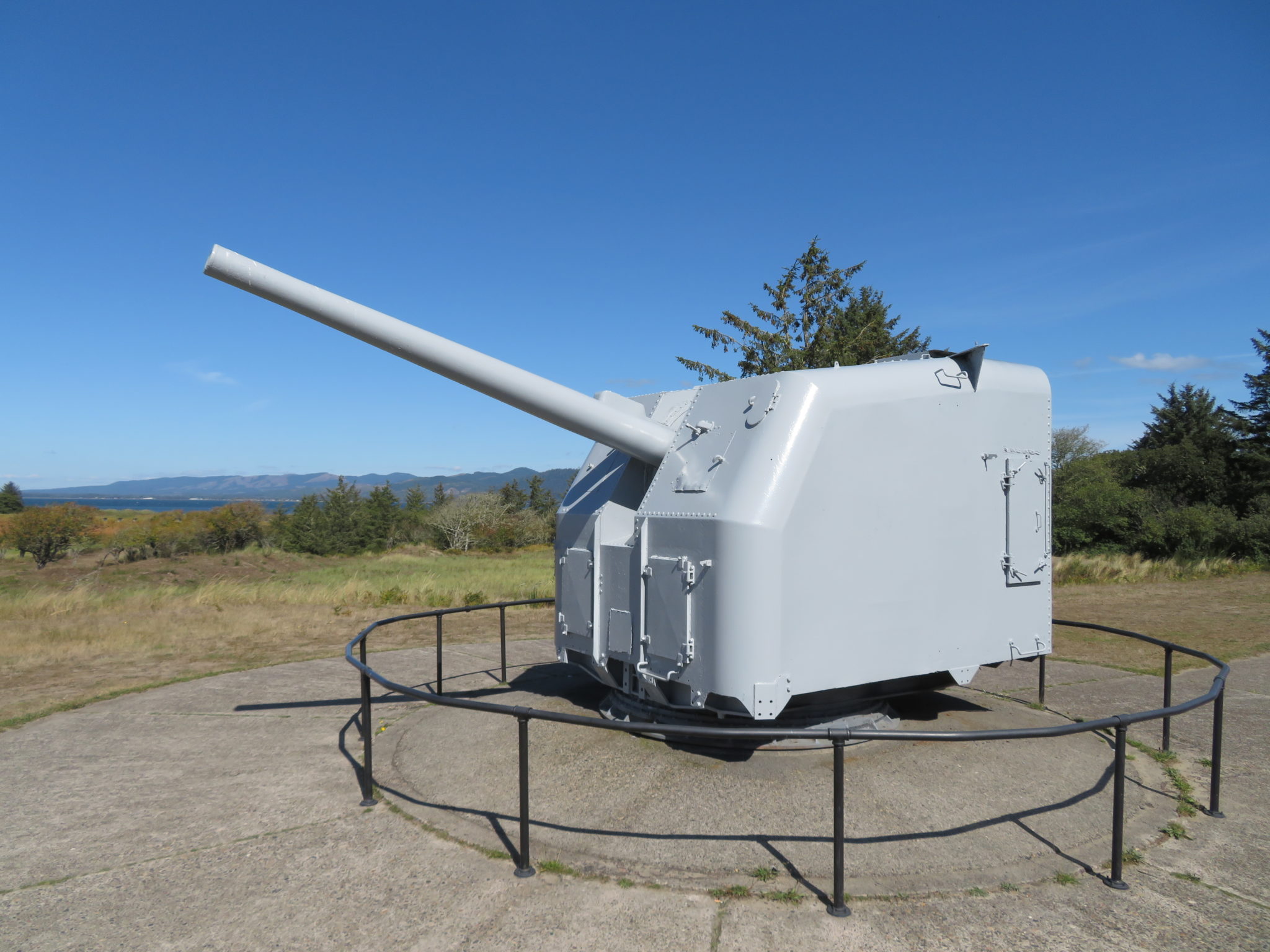
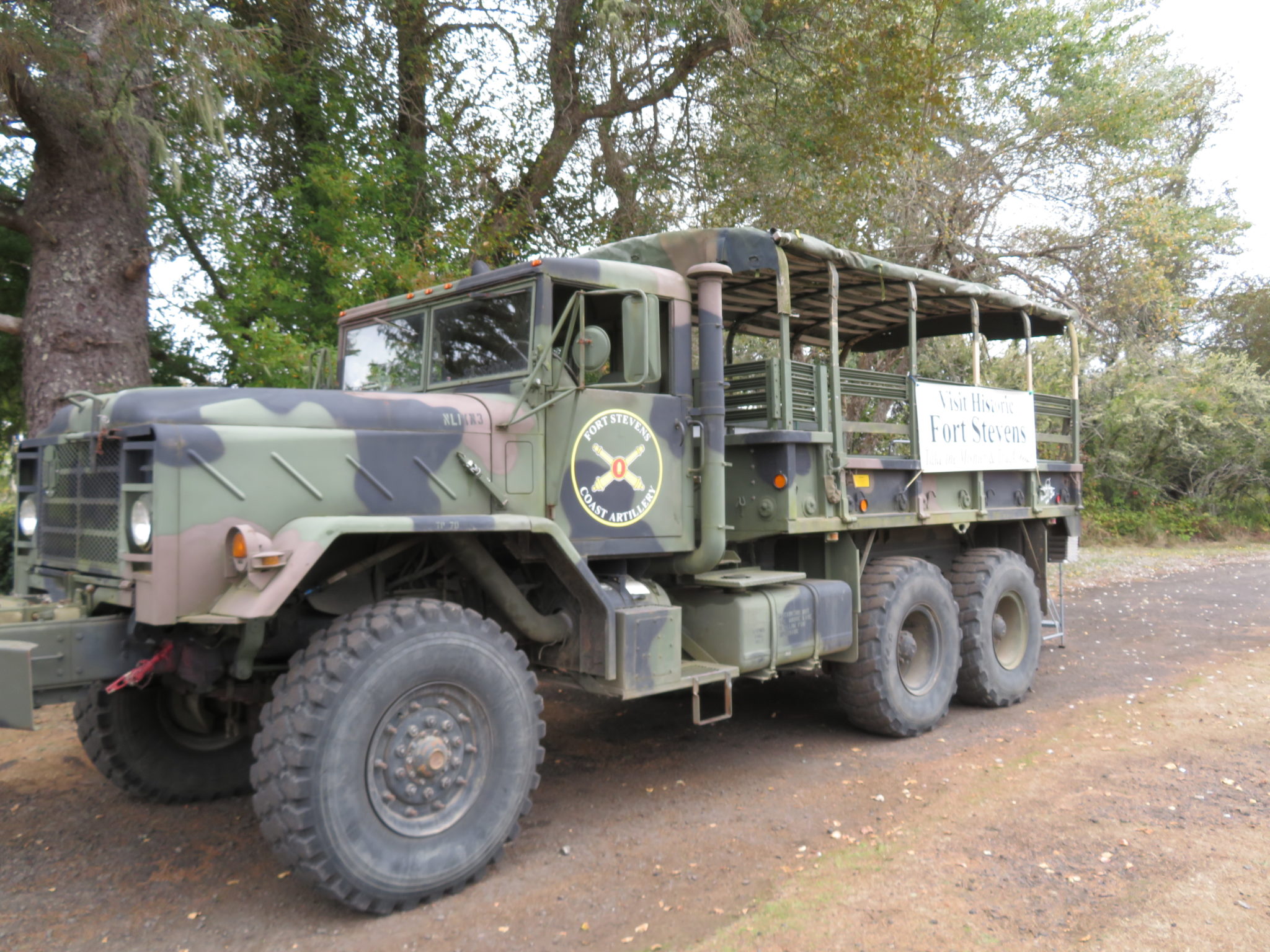
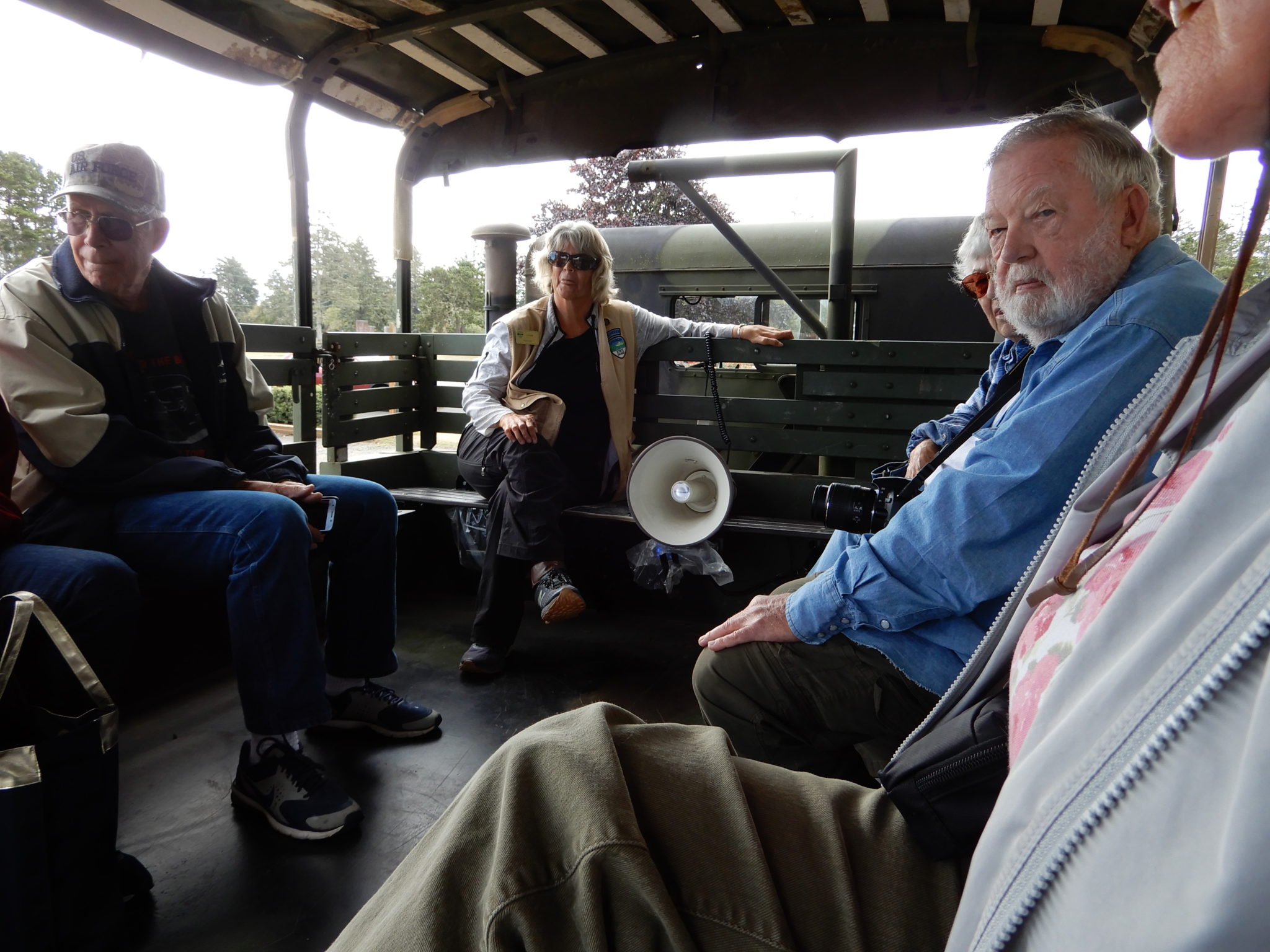
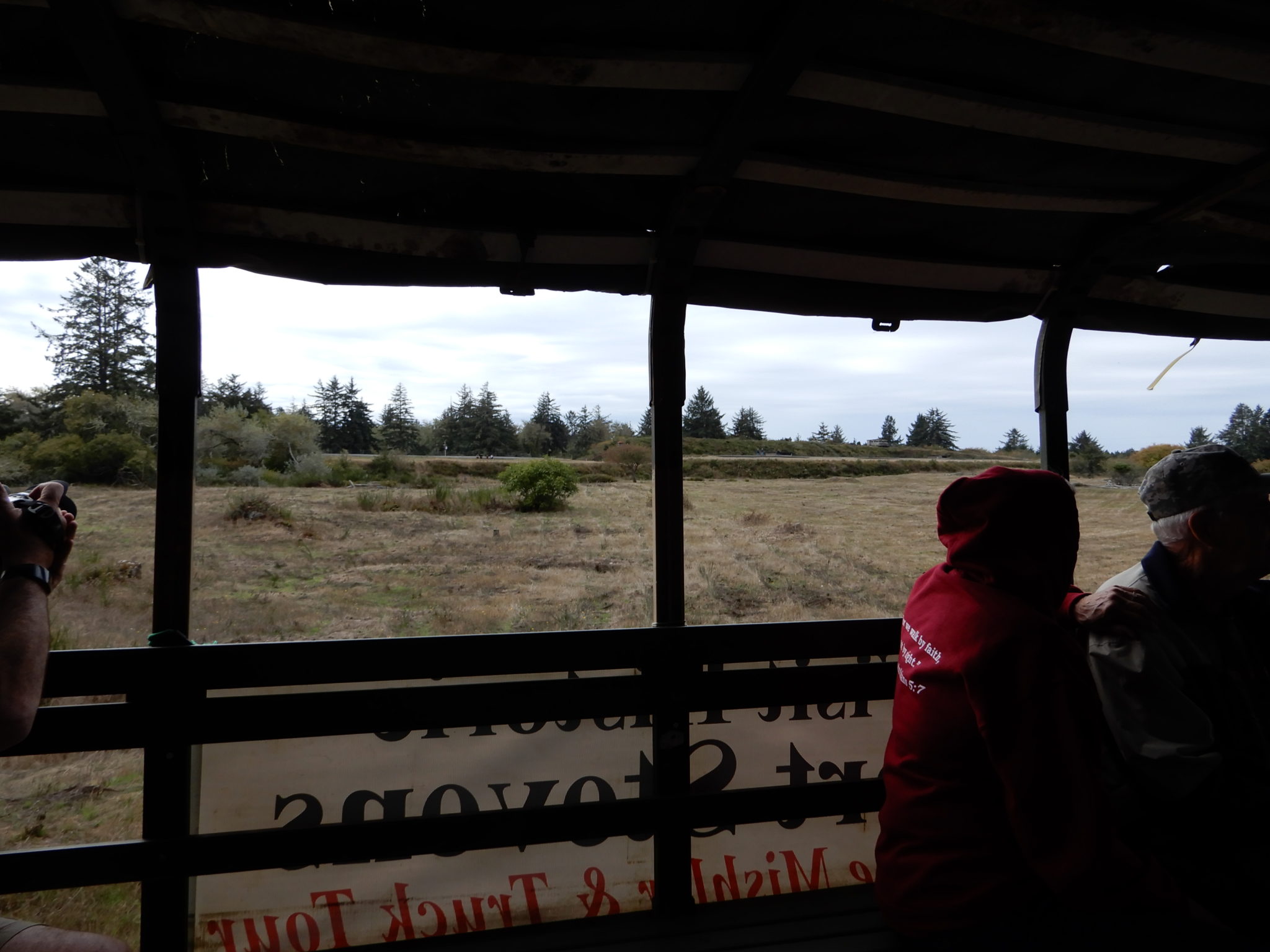
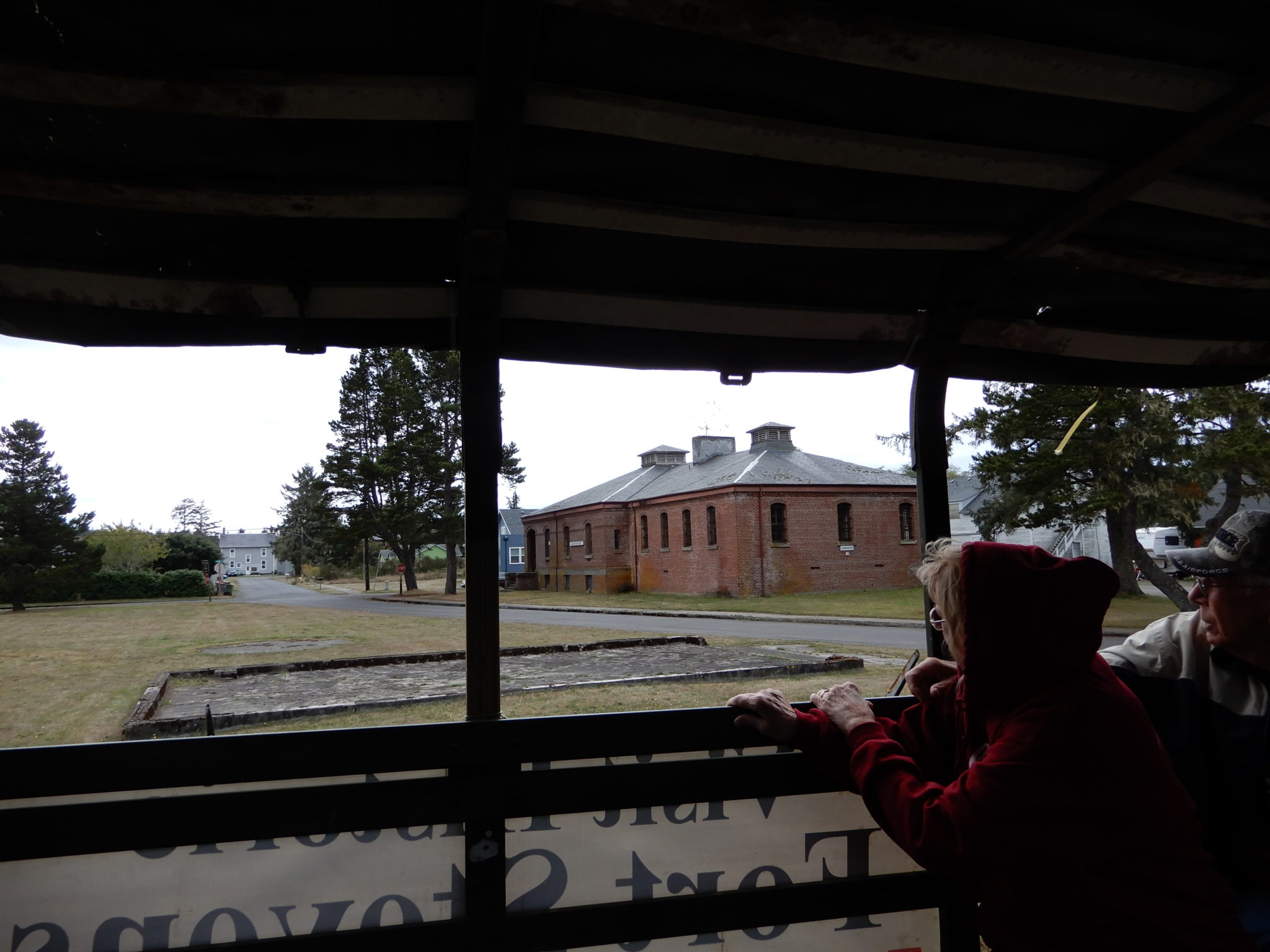
Fort Stevens was fired on during World War II. On June 21, 1942, a Japanese submarine, I-25, avoided mines by following fishing boats into U.S. coastal waters. Its commander ordered the gun crew to open fire on the fort. 17 shells were fired but the only damage was a few cut telephone cables. The Fort did not return fire and two reasons have been given: The sub was out of range of the fort’s mostly obsolete artillery. And, returning fire would have revealed the fort’s position.
Fort Clatsop Lewis and Clark National Historic Park
The park has a replica of the Lewis and Clark Expedition’s winter quarters as well as exhibits, audio-visual programs, bookstore, picnic areas,
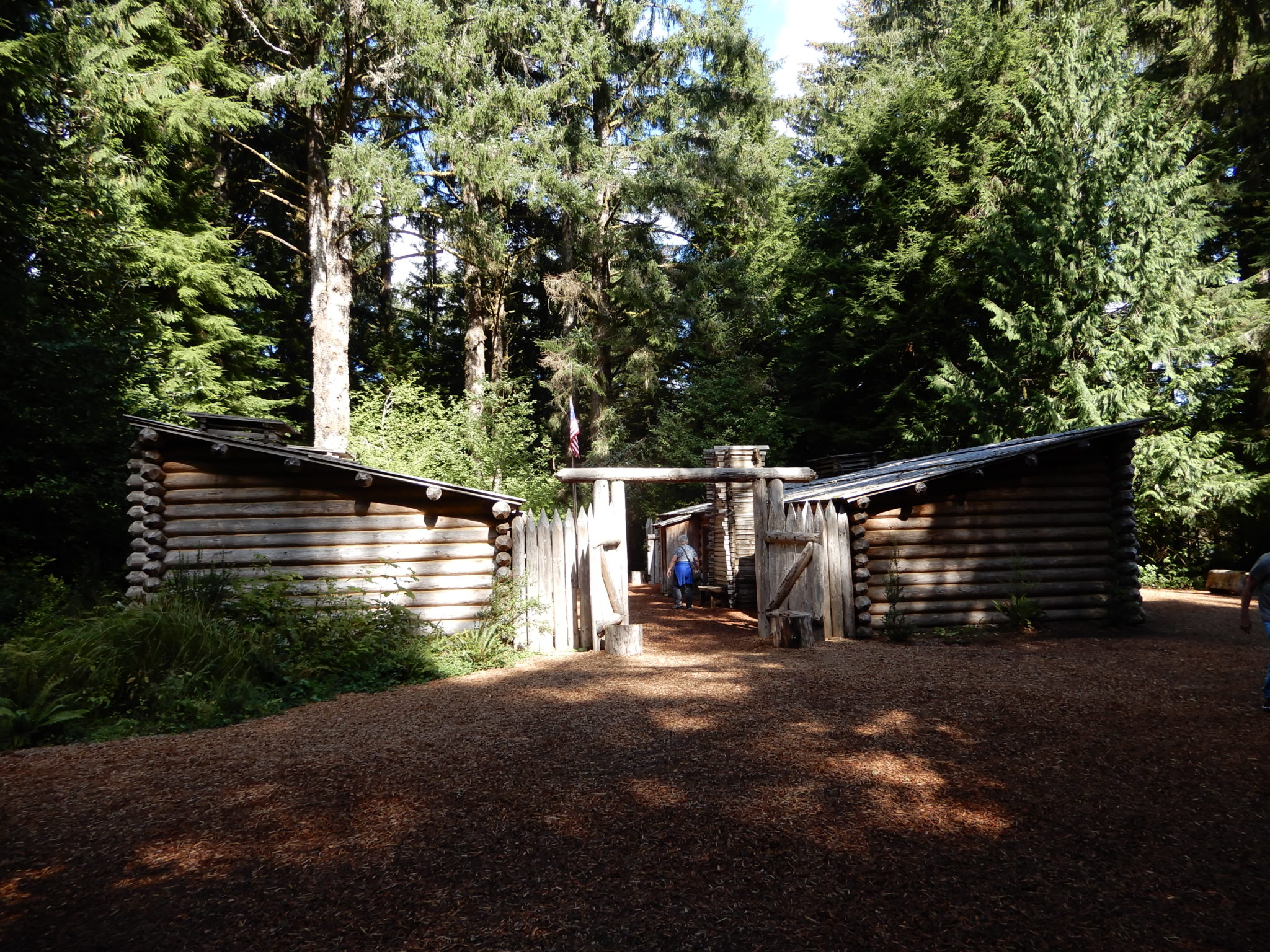
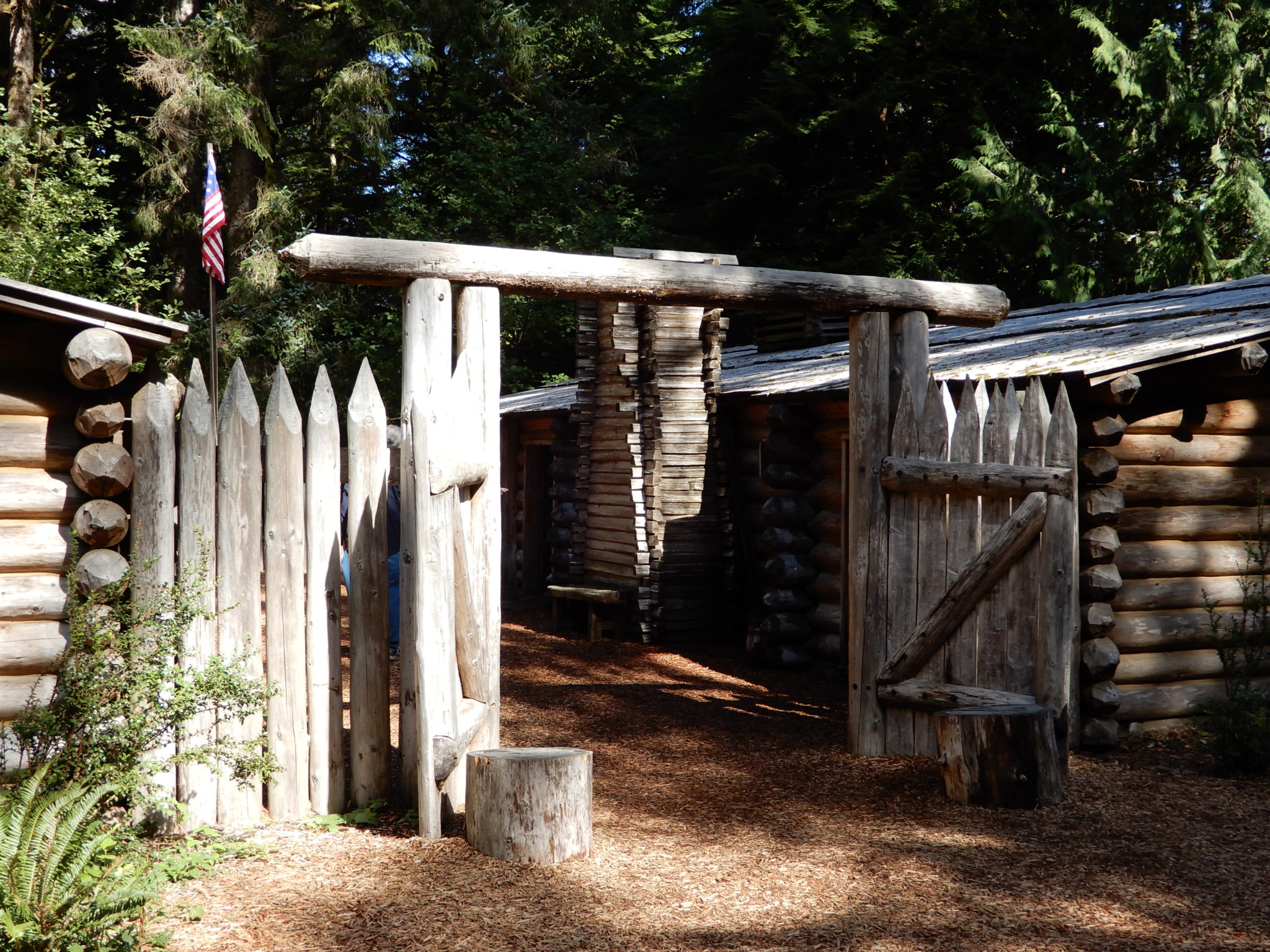
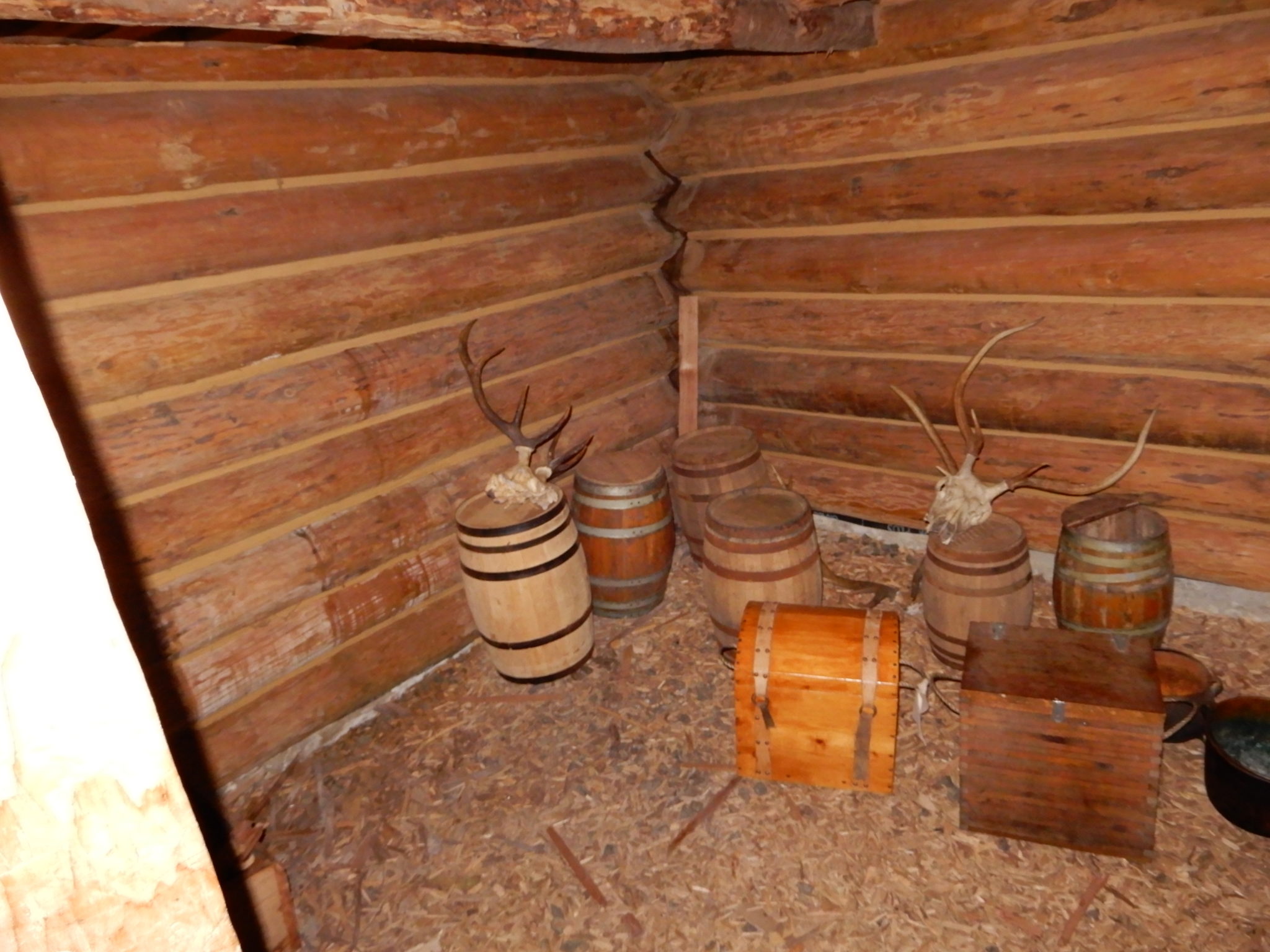
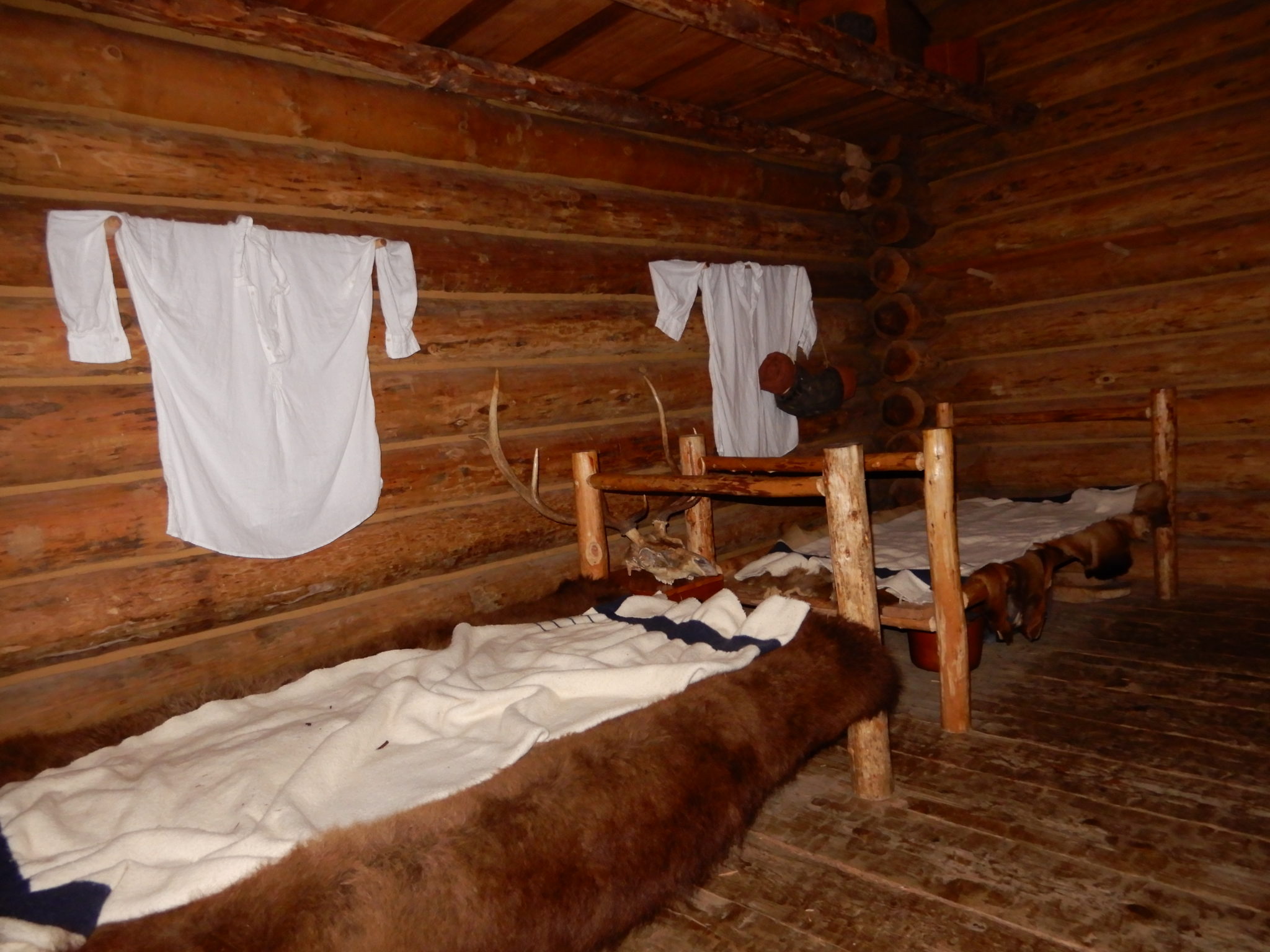
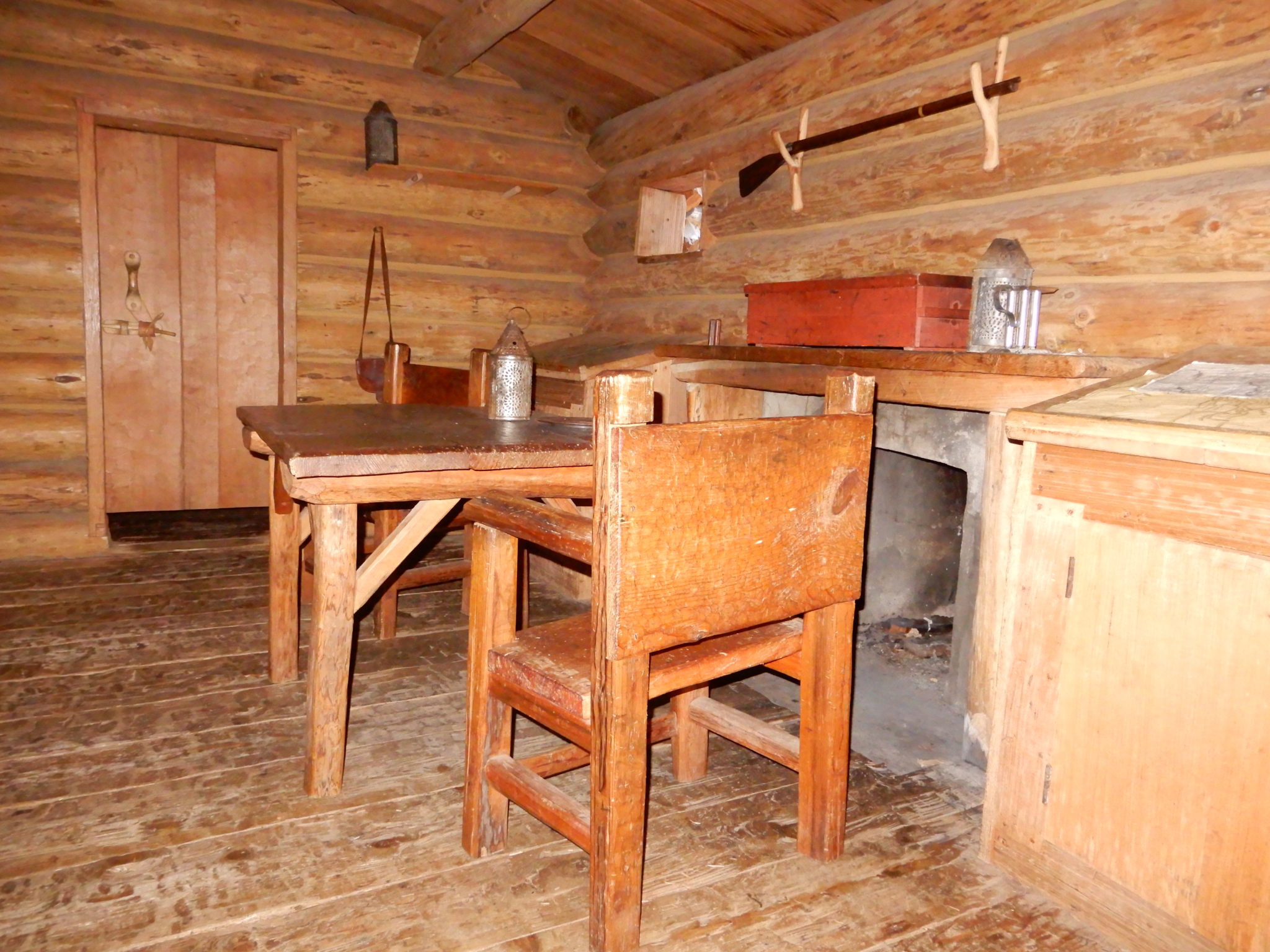
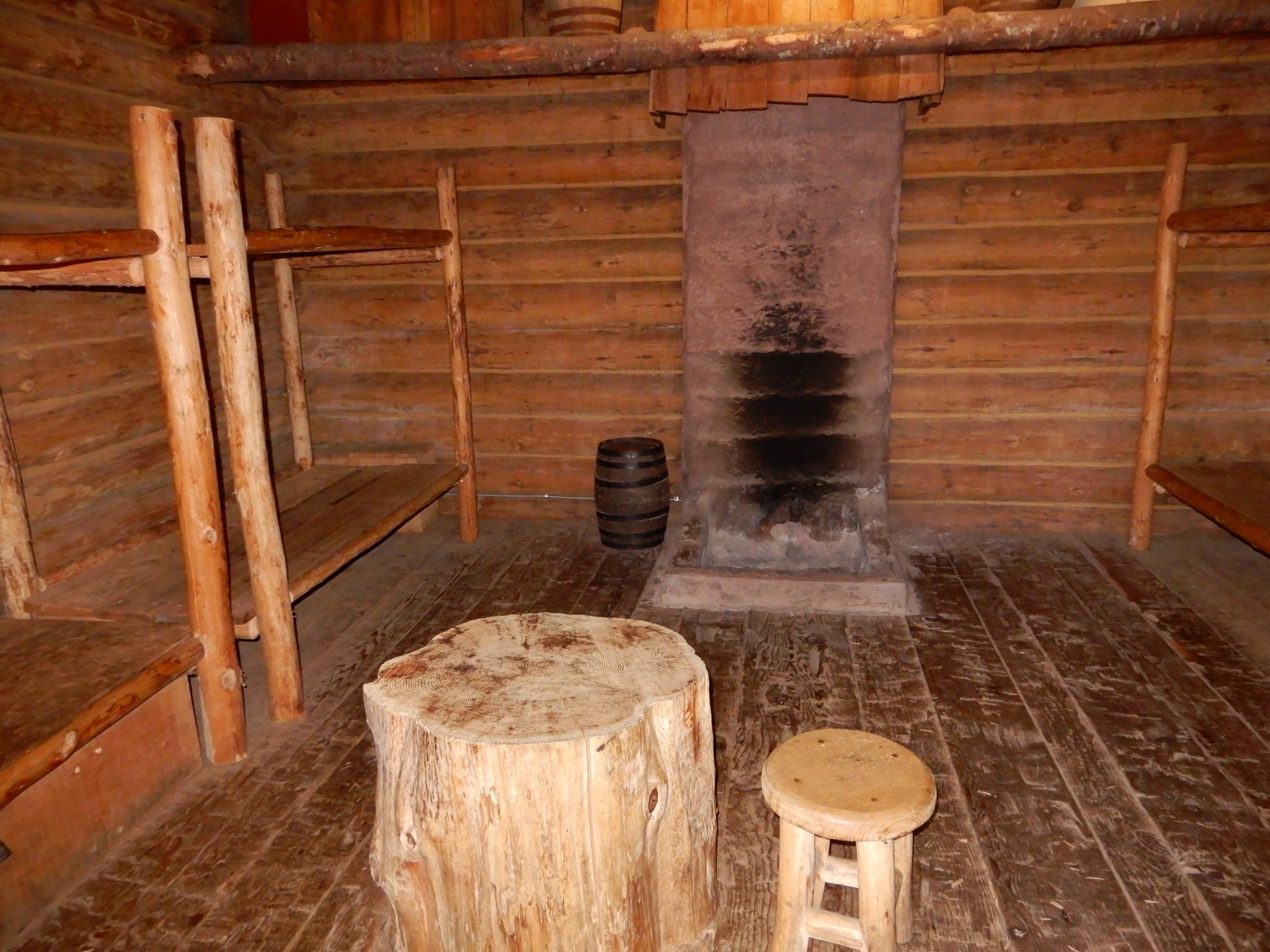
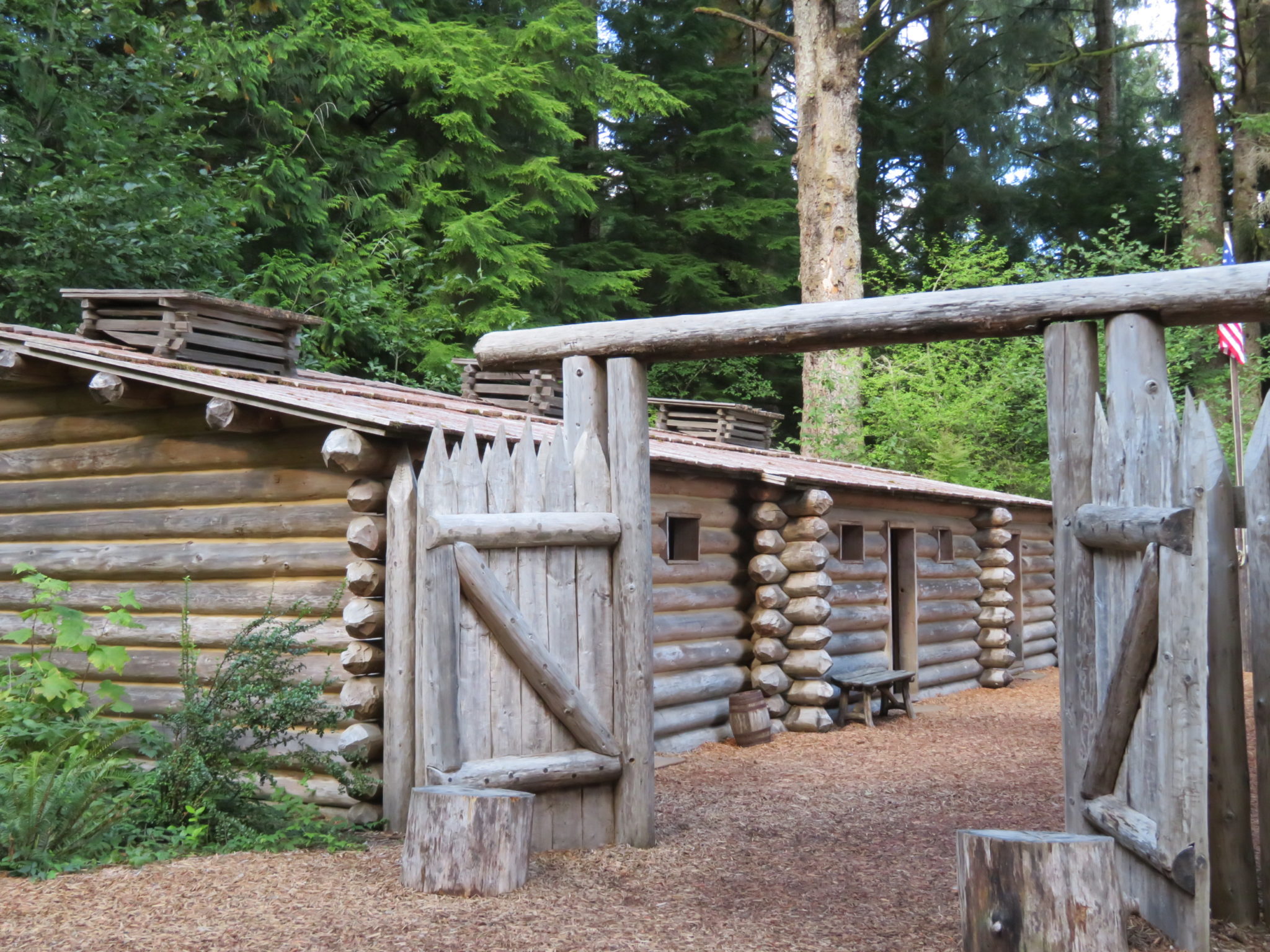
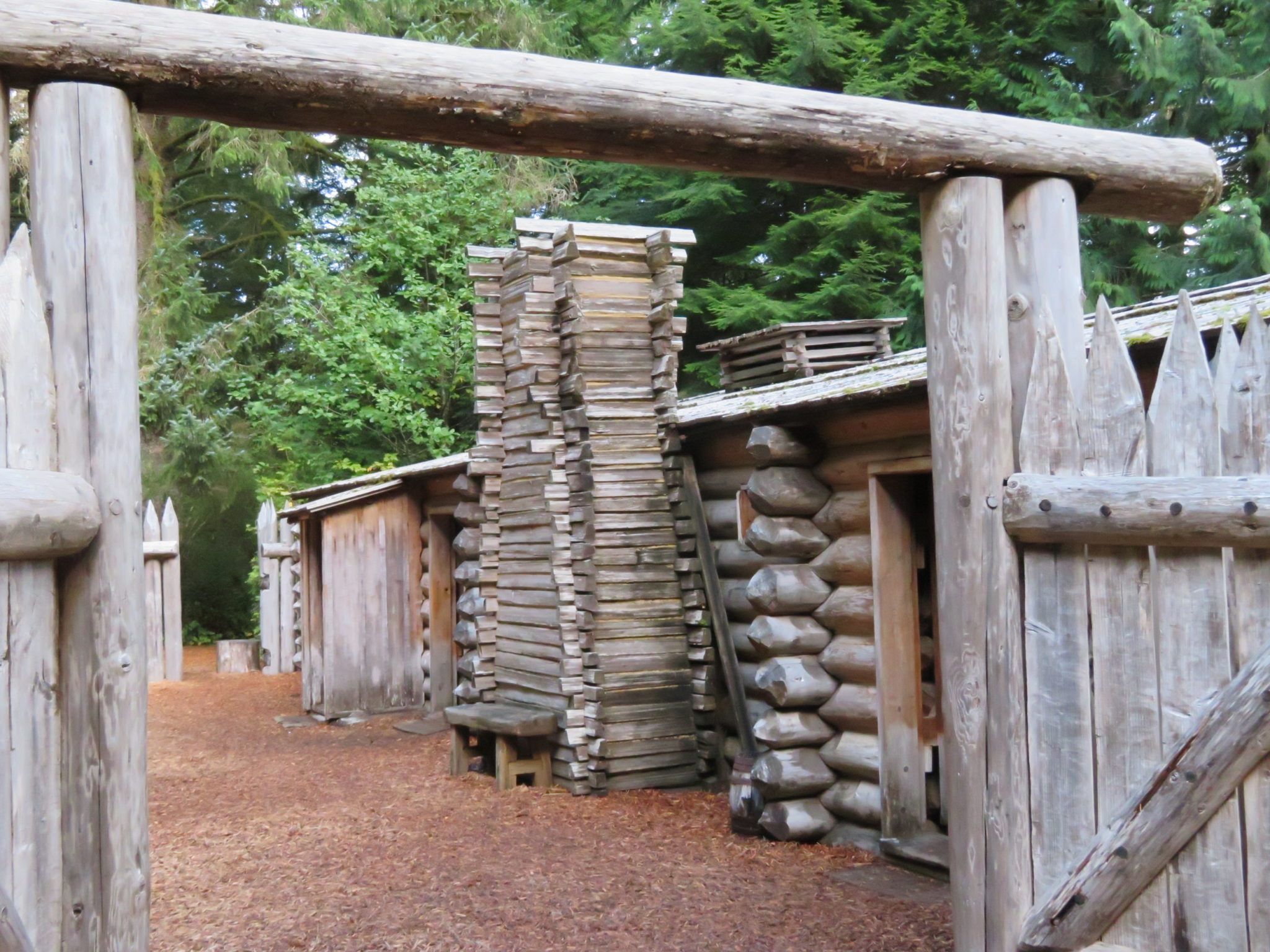
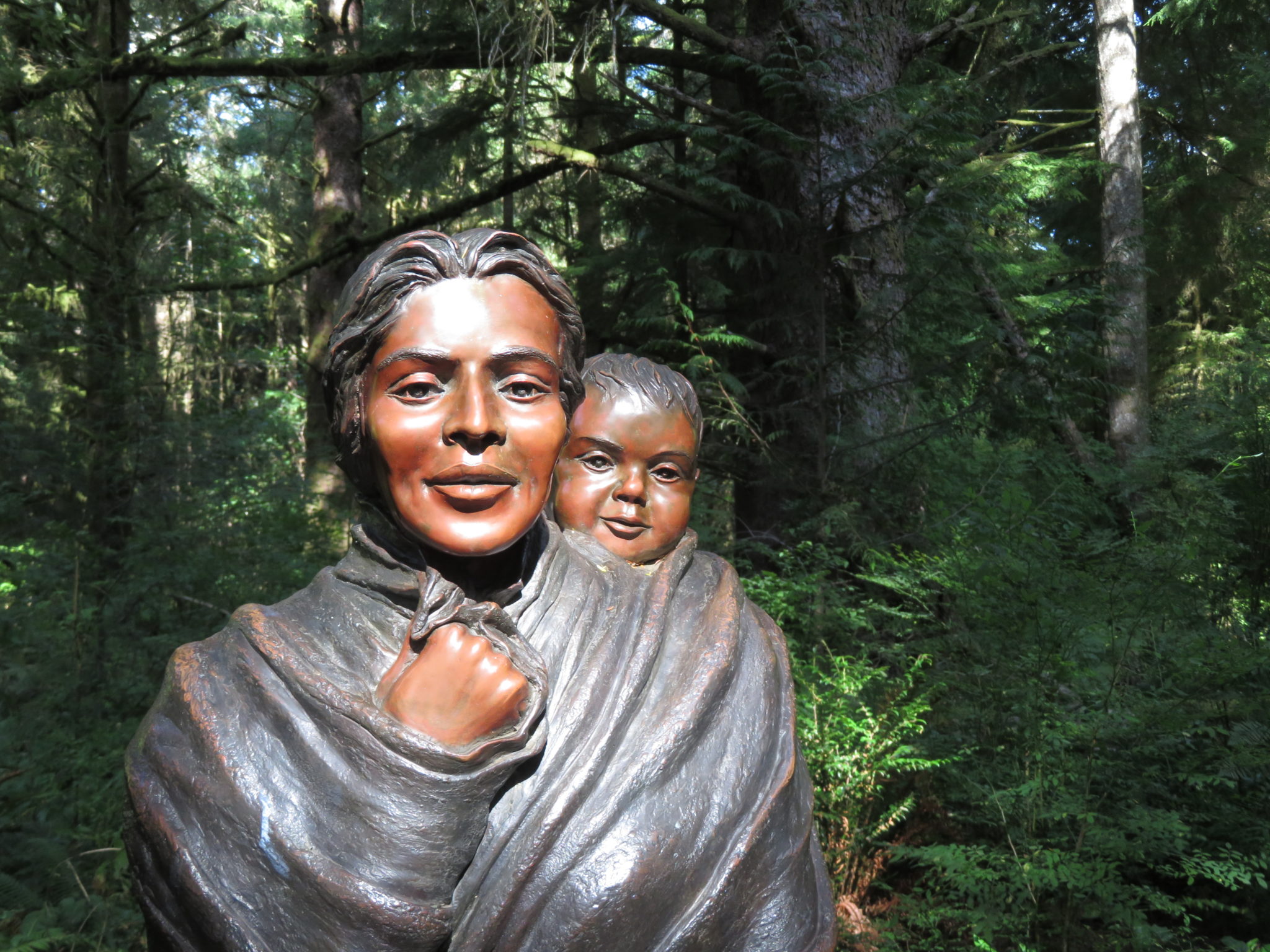
The Saltworks
After the Lewis and Clark Expedition was established at Fort Clatsop their lack of salt prompted them to send three members to the beach to build an oven topped by five metal “kittles” to continuously boil seawater to extract the salt. They were able to extract four bushels of salt in seven weeks, a sufficient amount to cure the meat for their return trip back east.
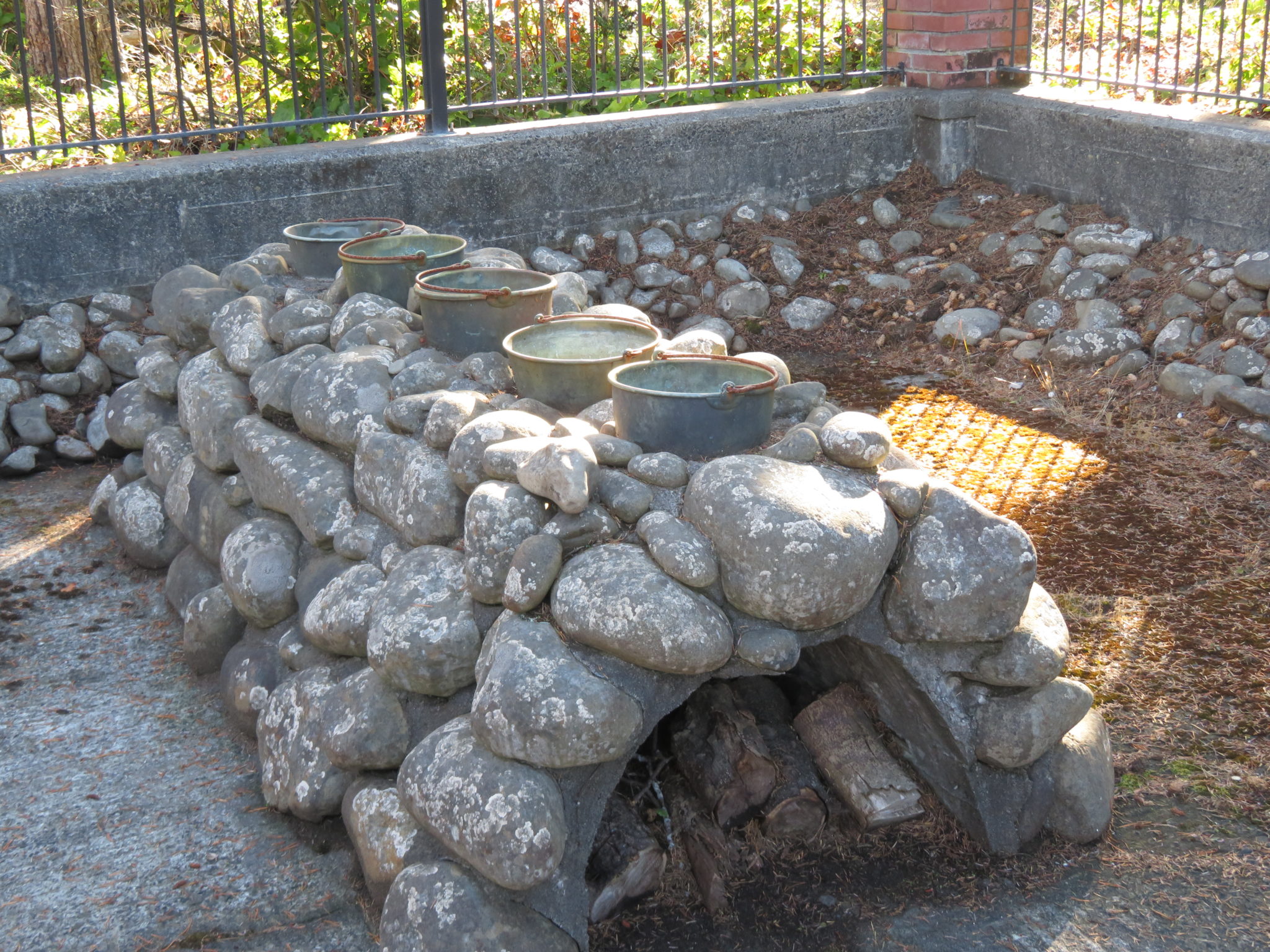
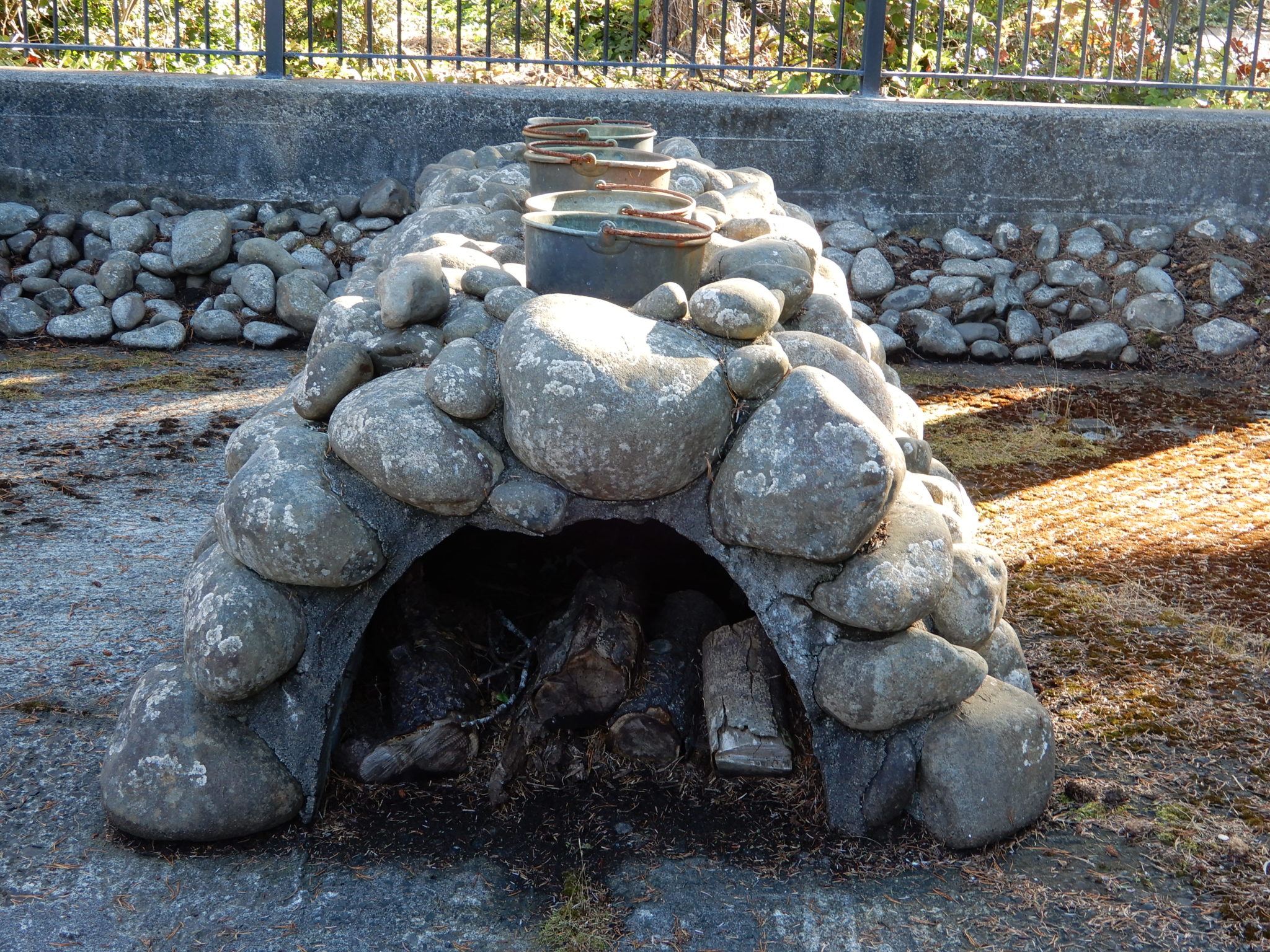
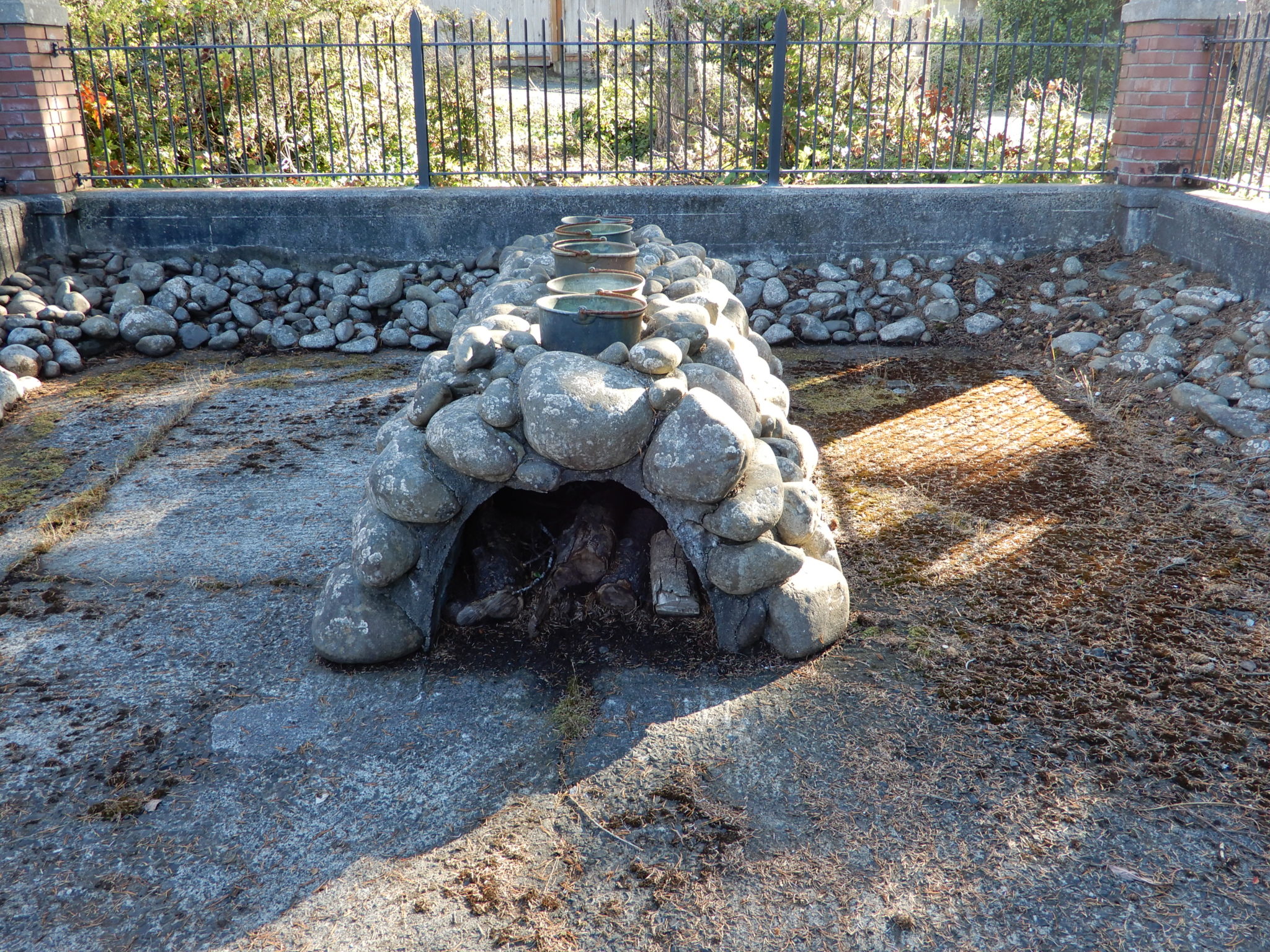
Peter Iredale Shipwreck
Traveling from the Fort Stevens Historic Area to the beach, we visited the rusting remains a steel-hulled sailing ship. The Peter
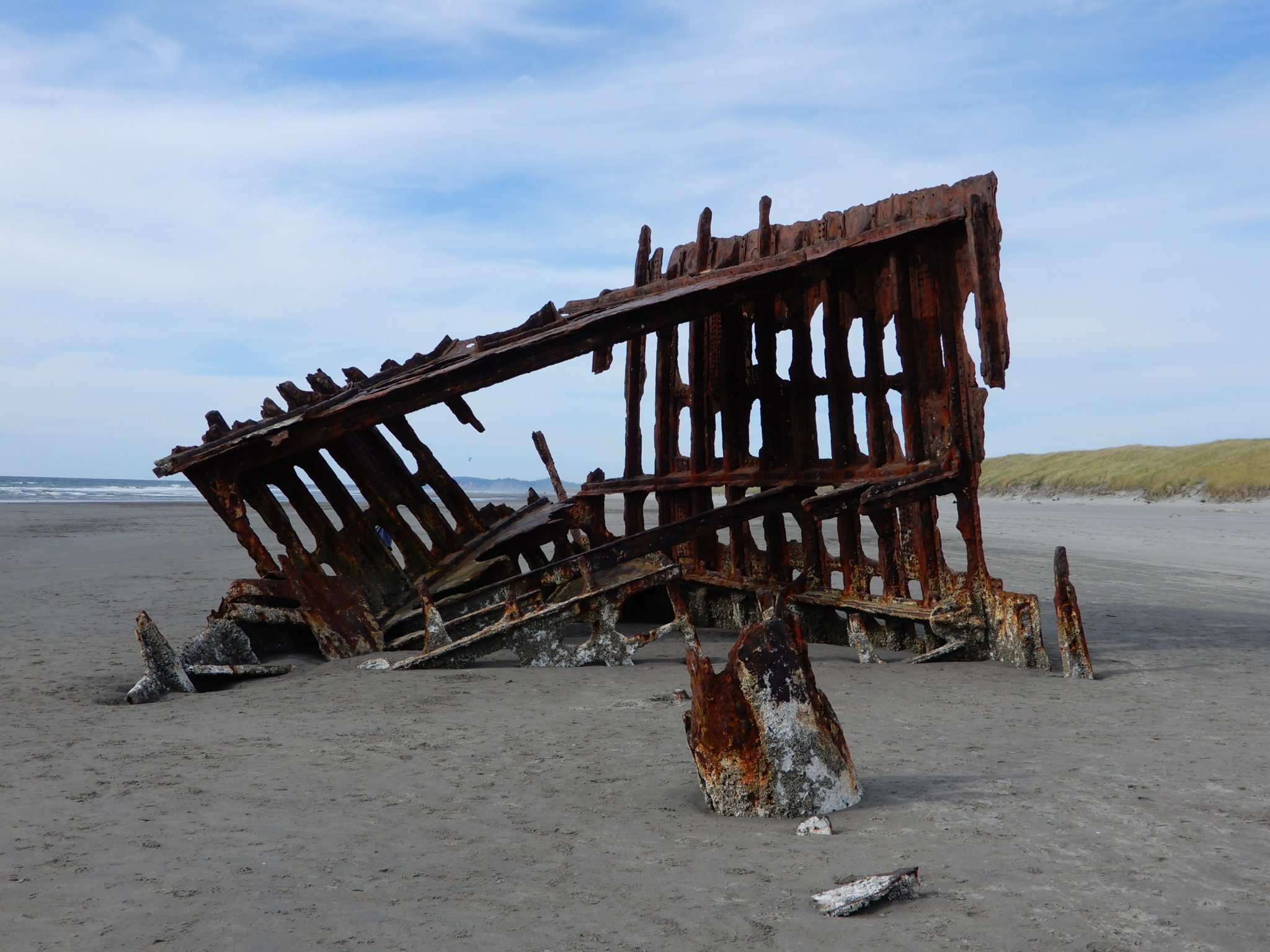
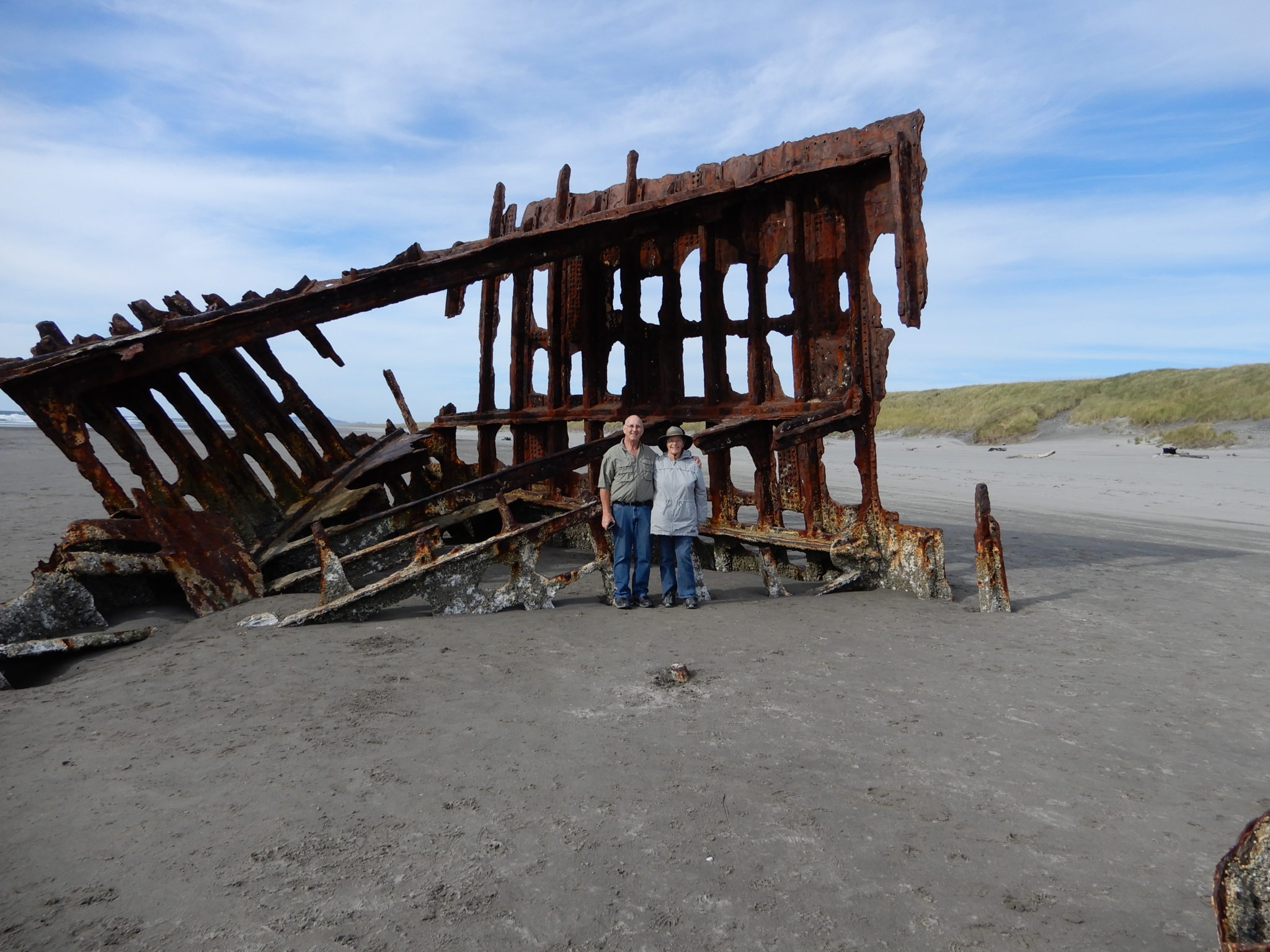
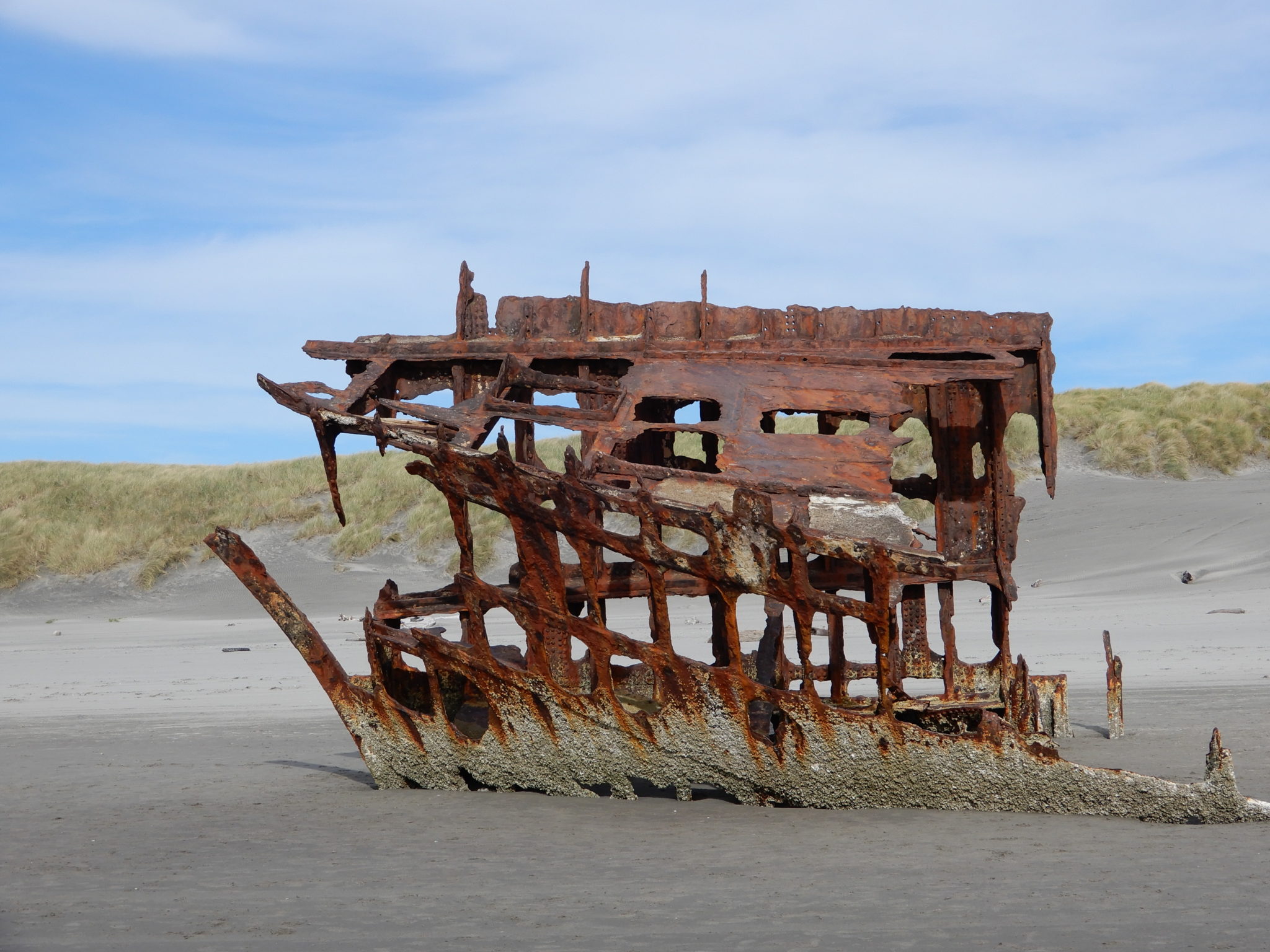
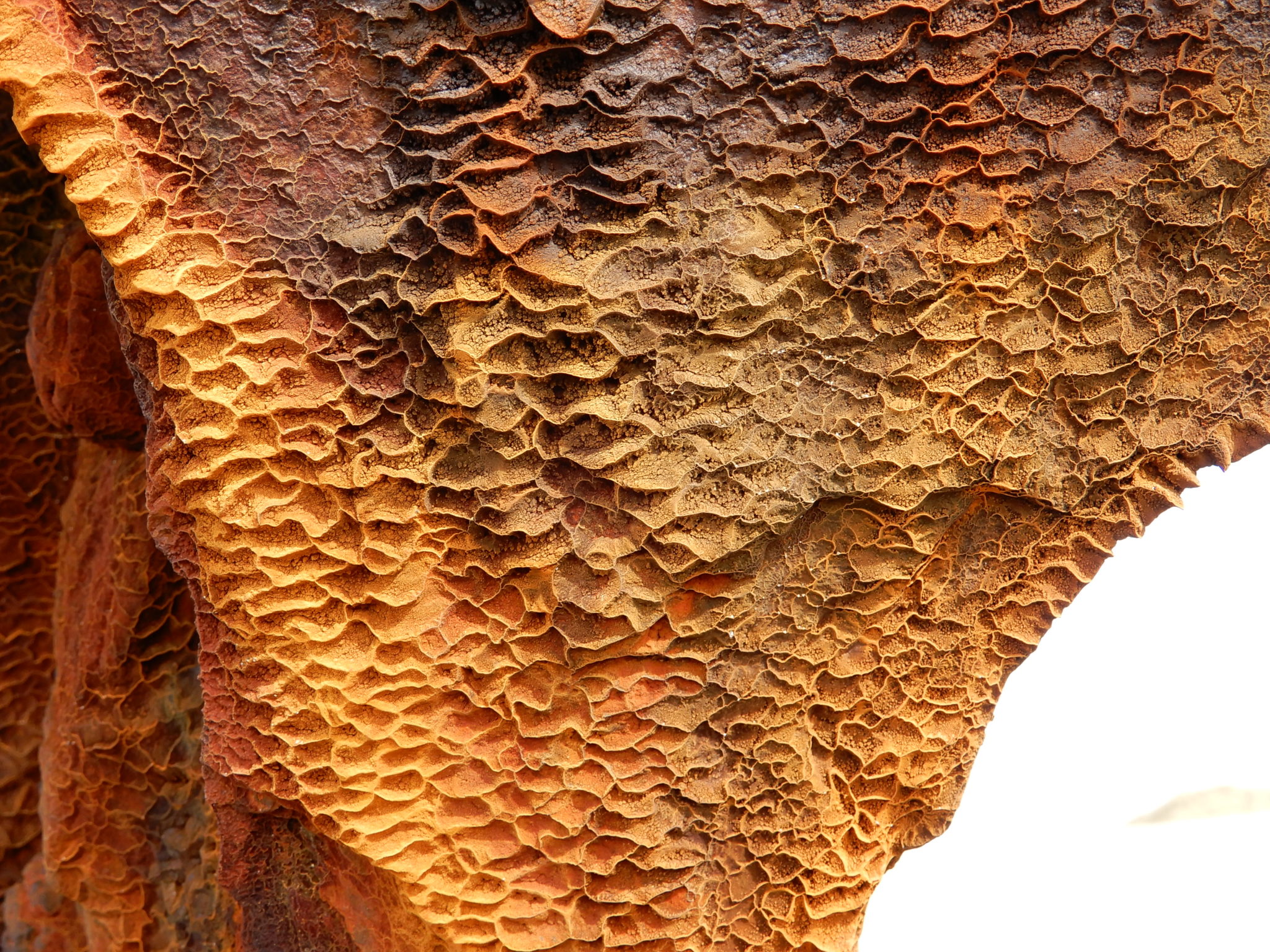
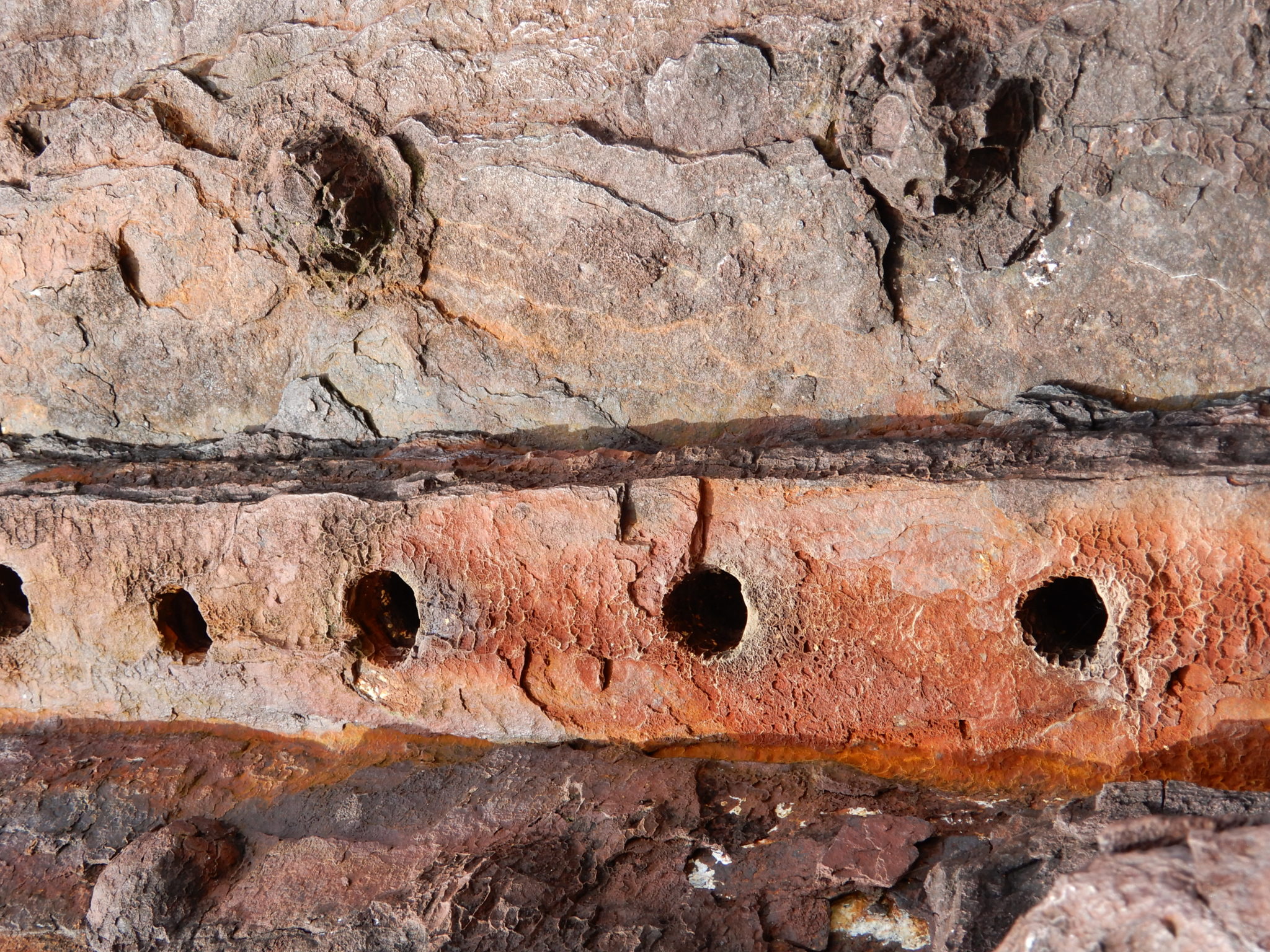
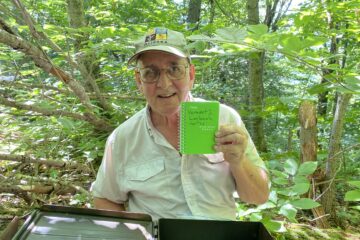
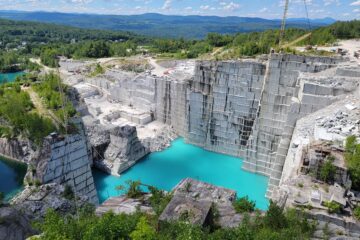
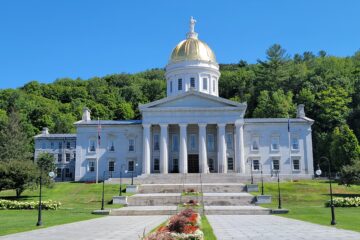
1 Comment
Alice Mcgregor · April 28, 2019 at 9:41 pm
Fascinating place! So many layers of history in one area! We just returned from Tennessee where we visited the grave of Meriwether Lewis on the Natchez Trace where he was either murdered or committed suicide.